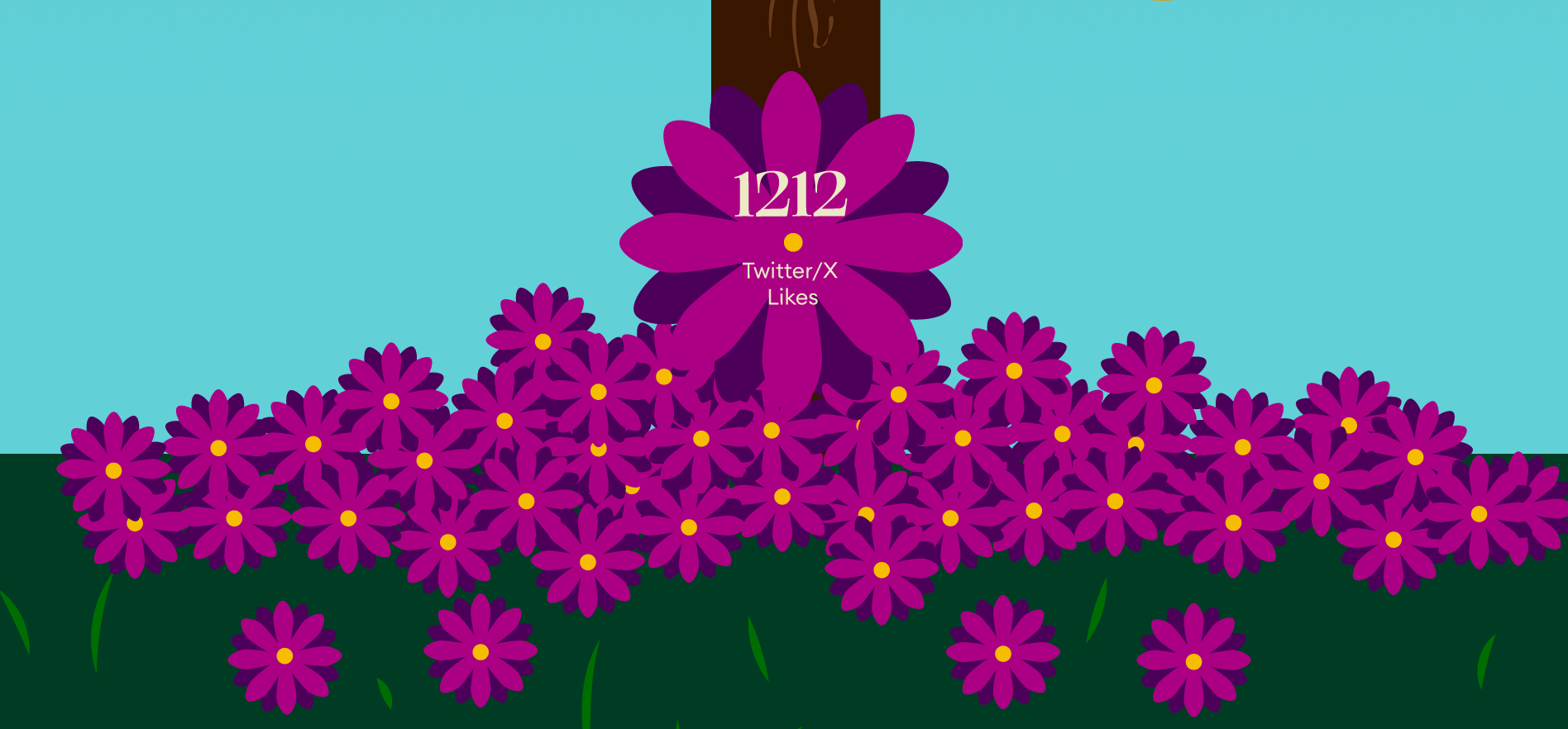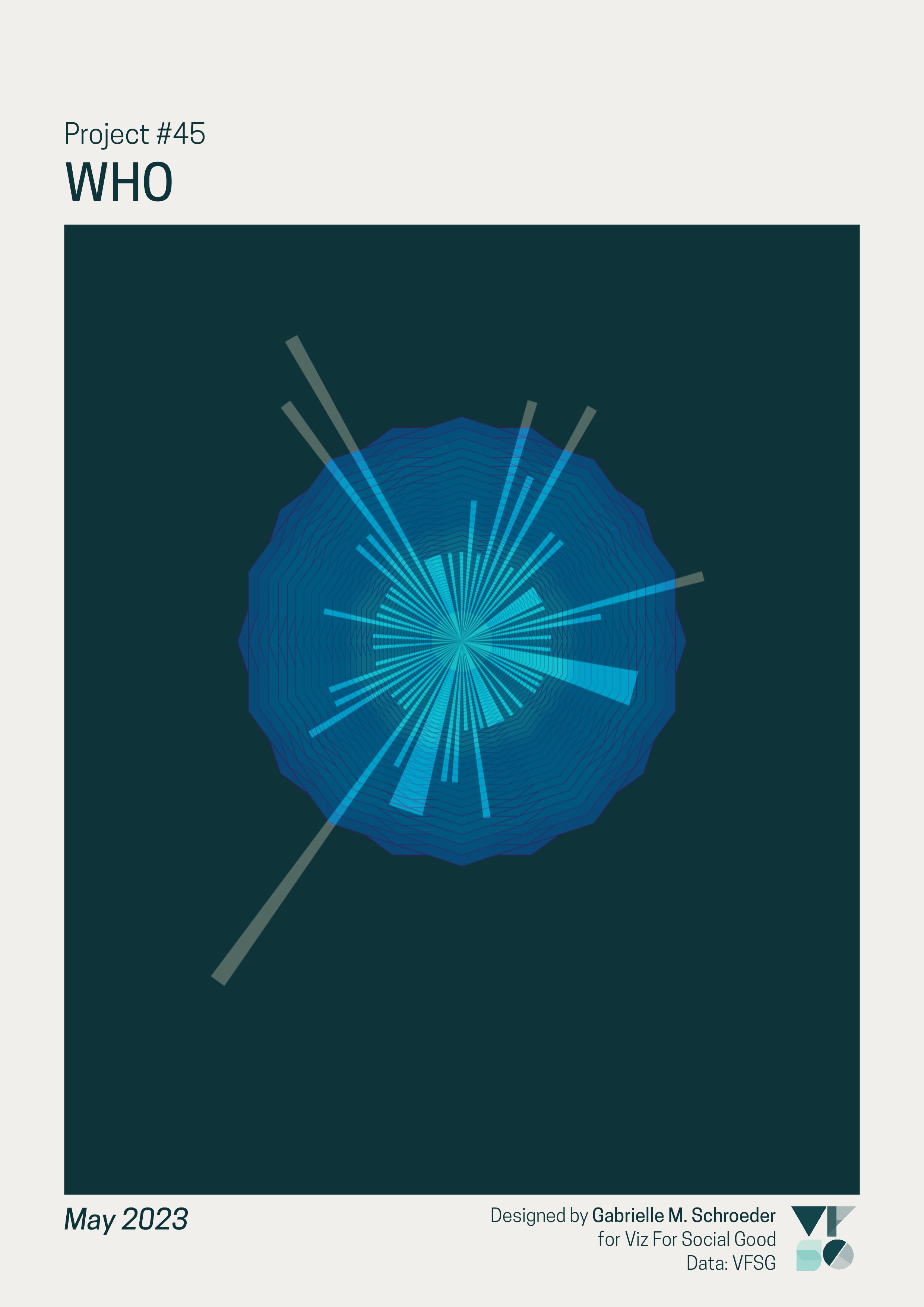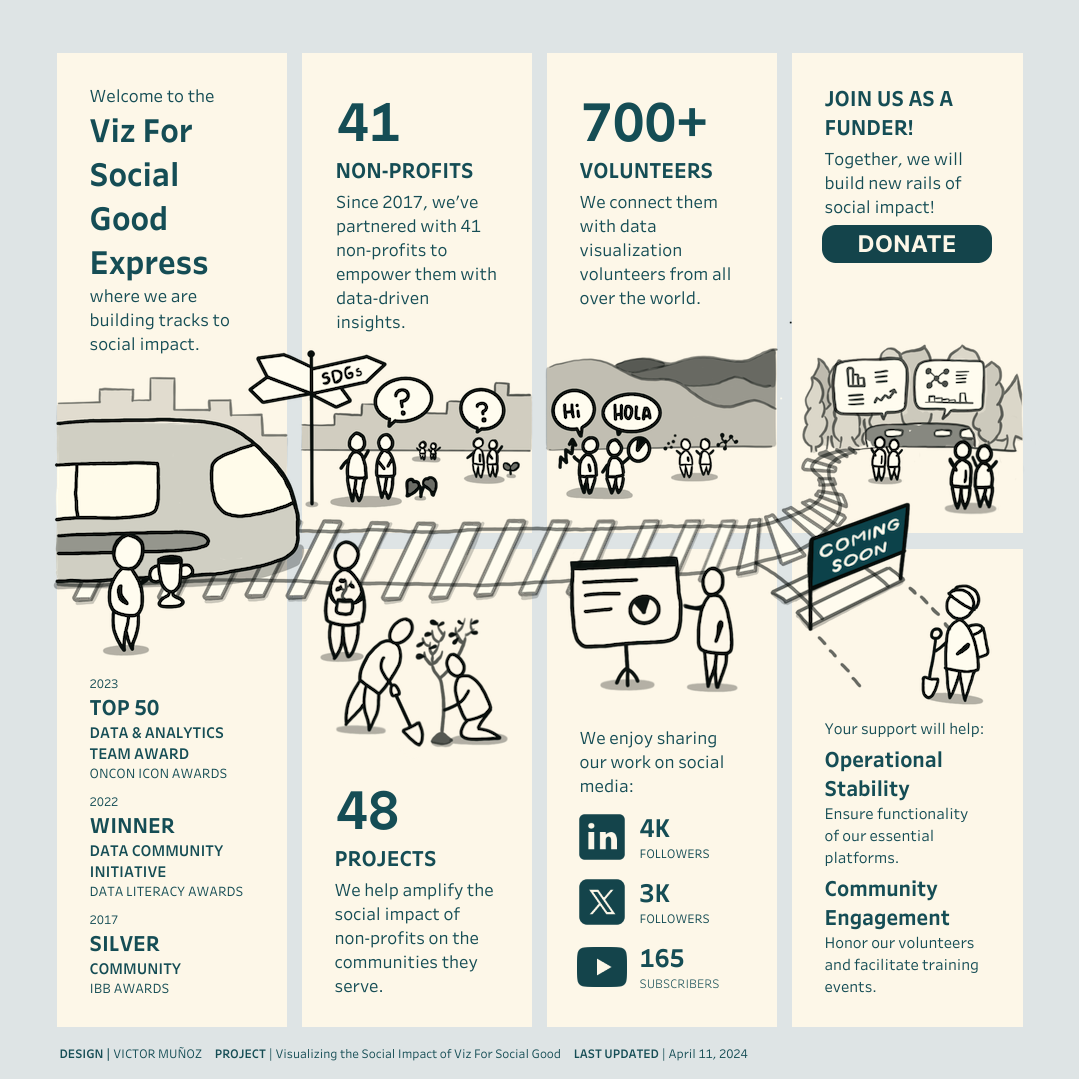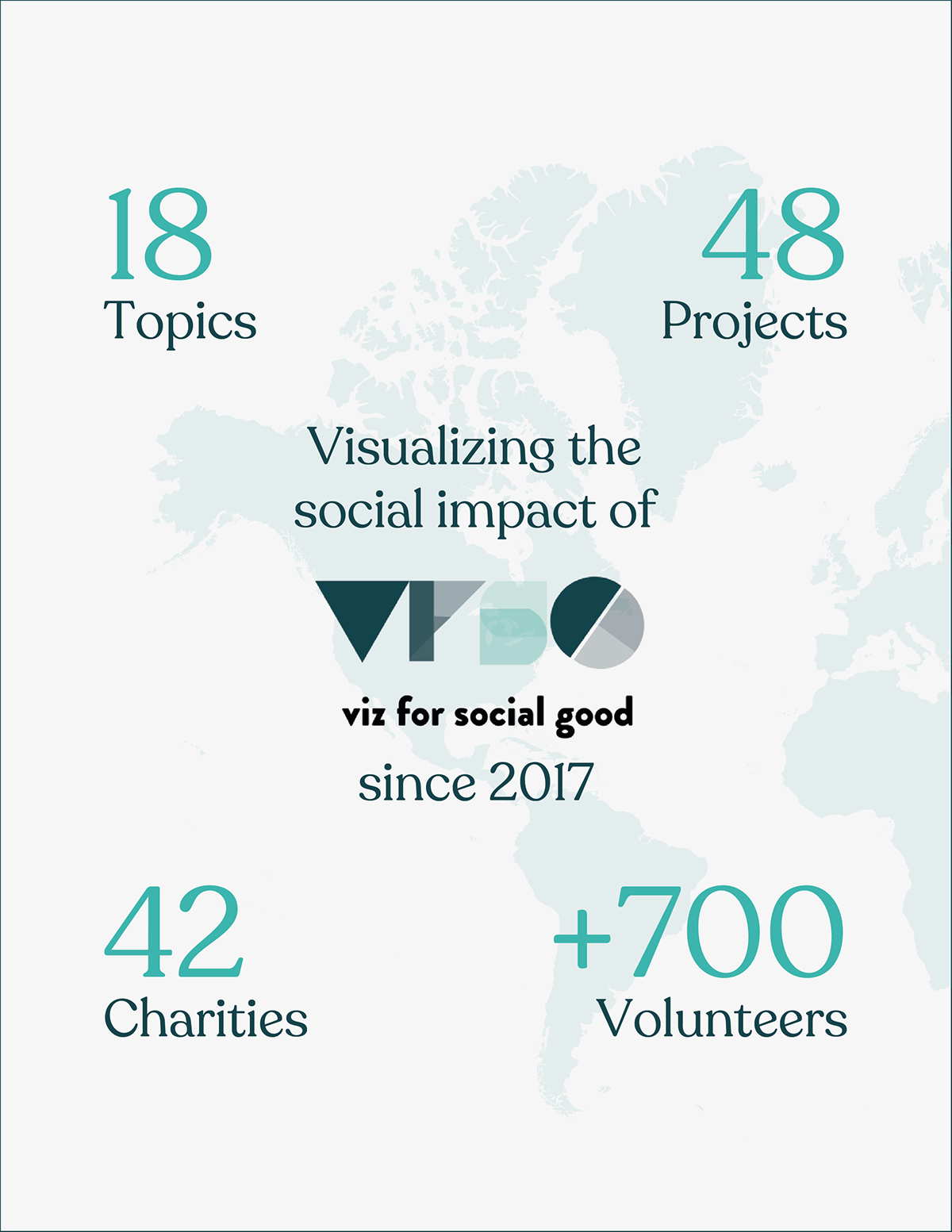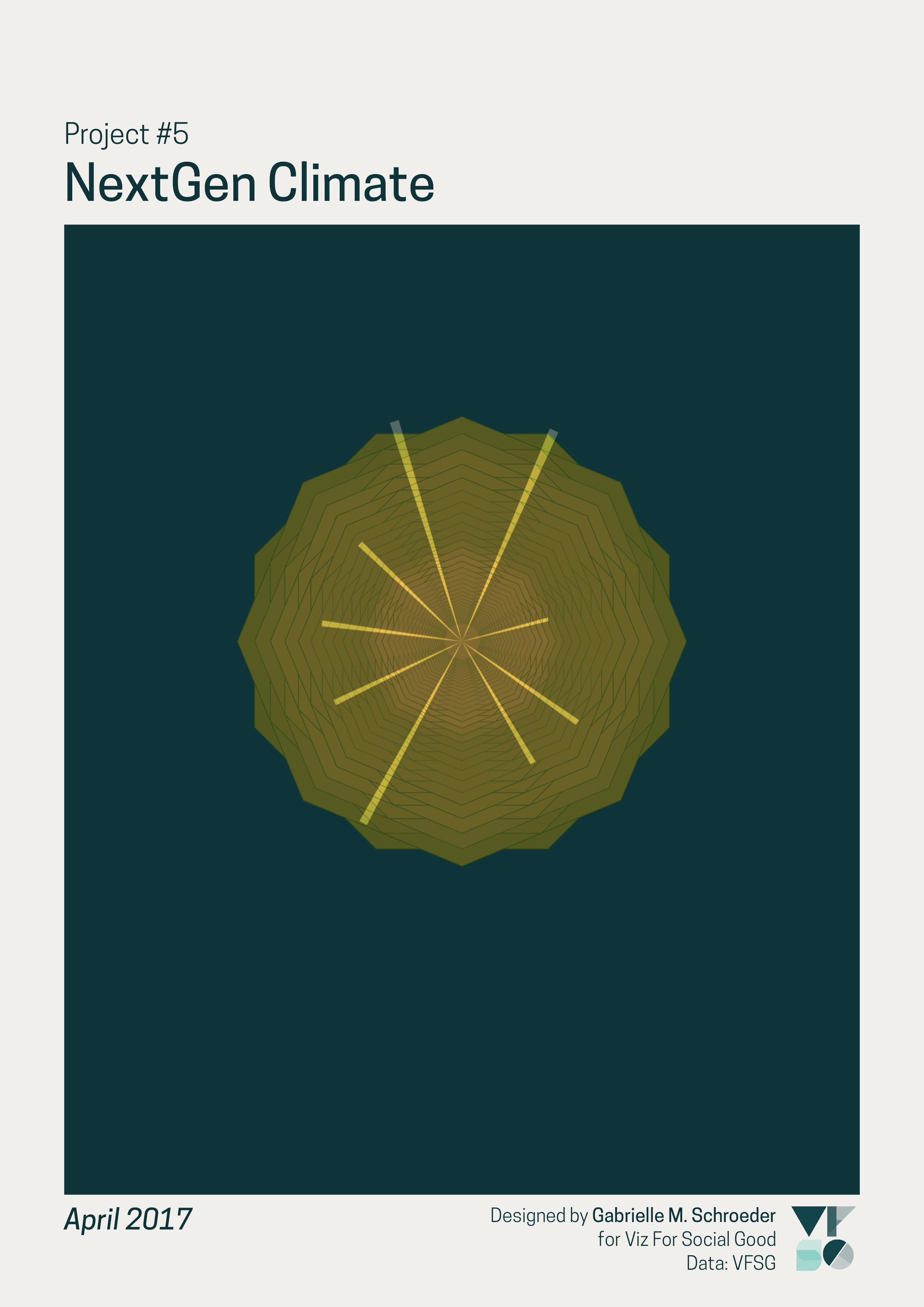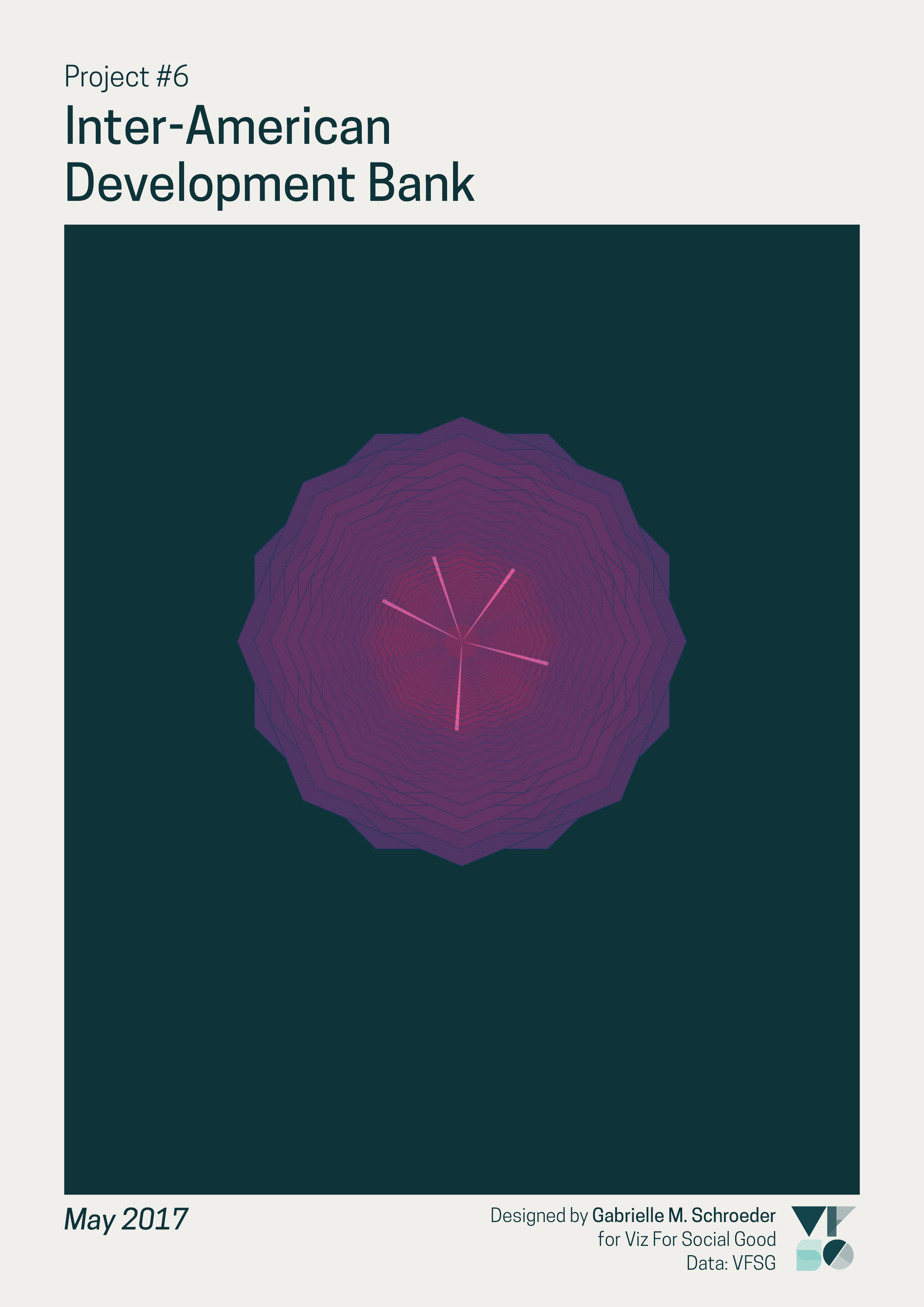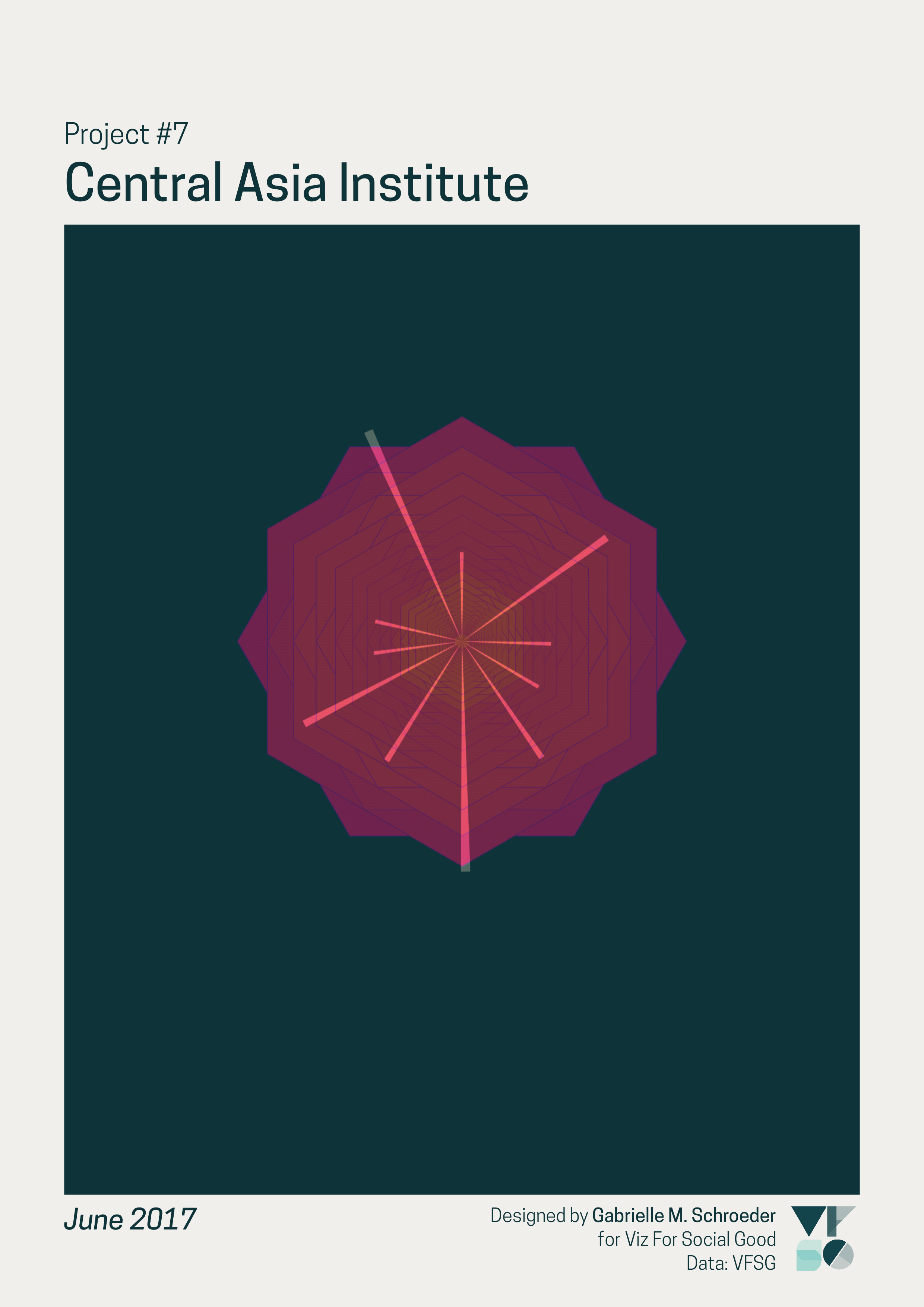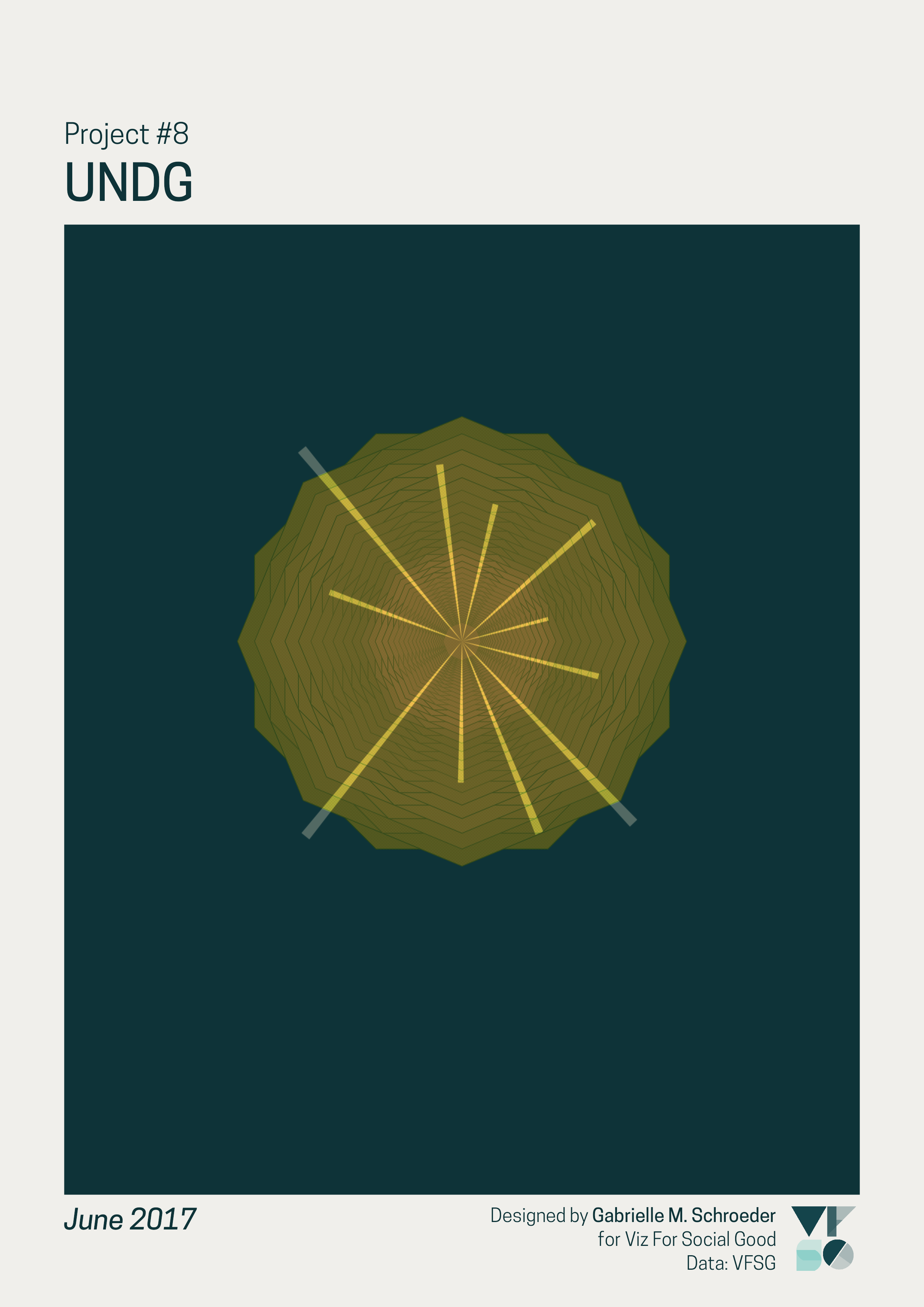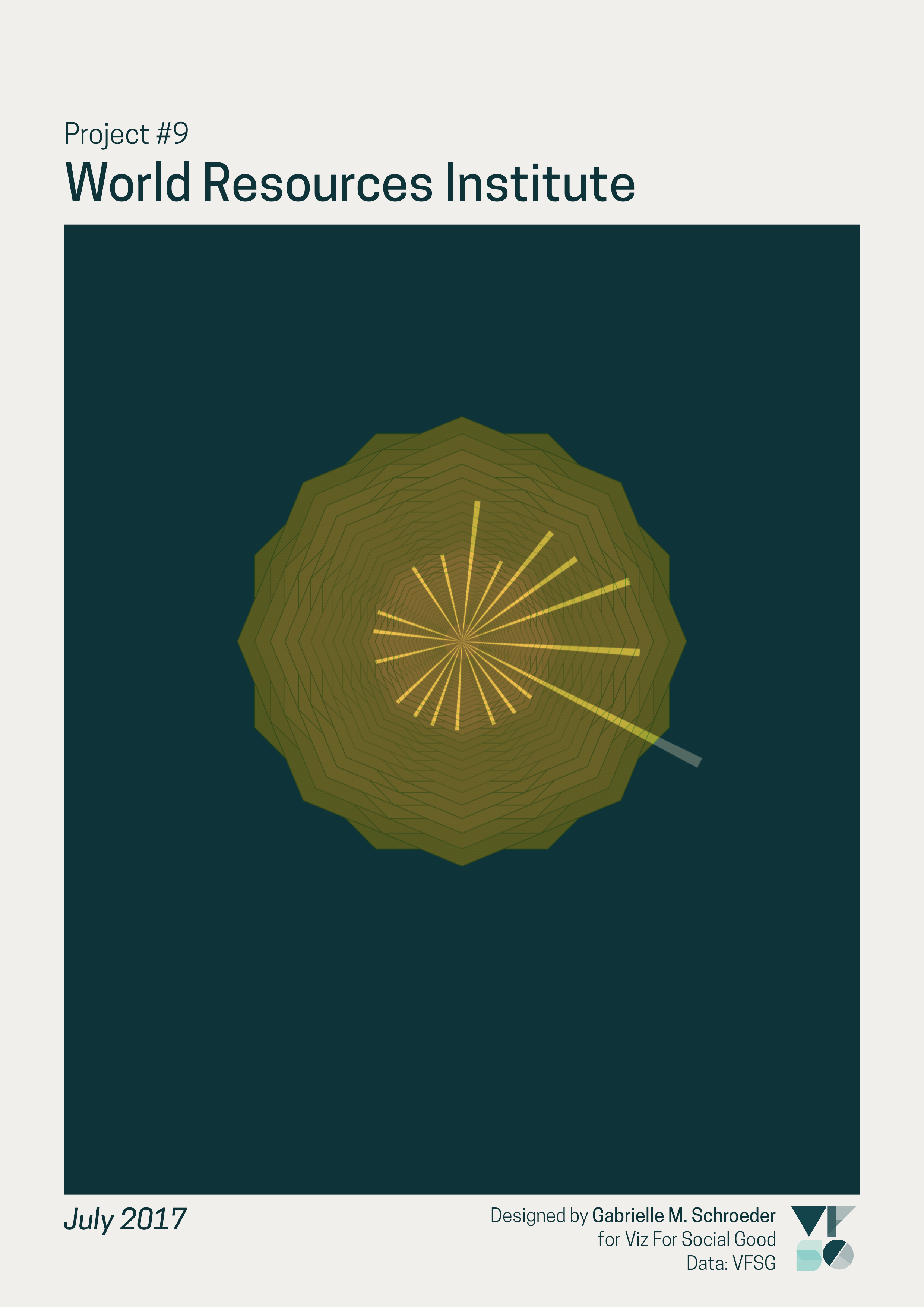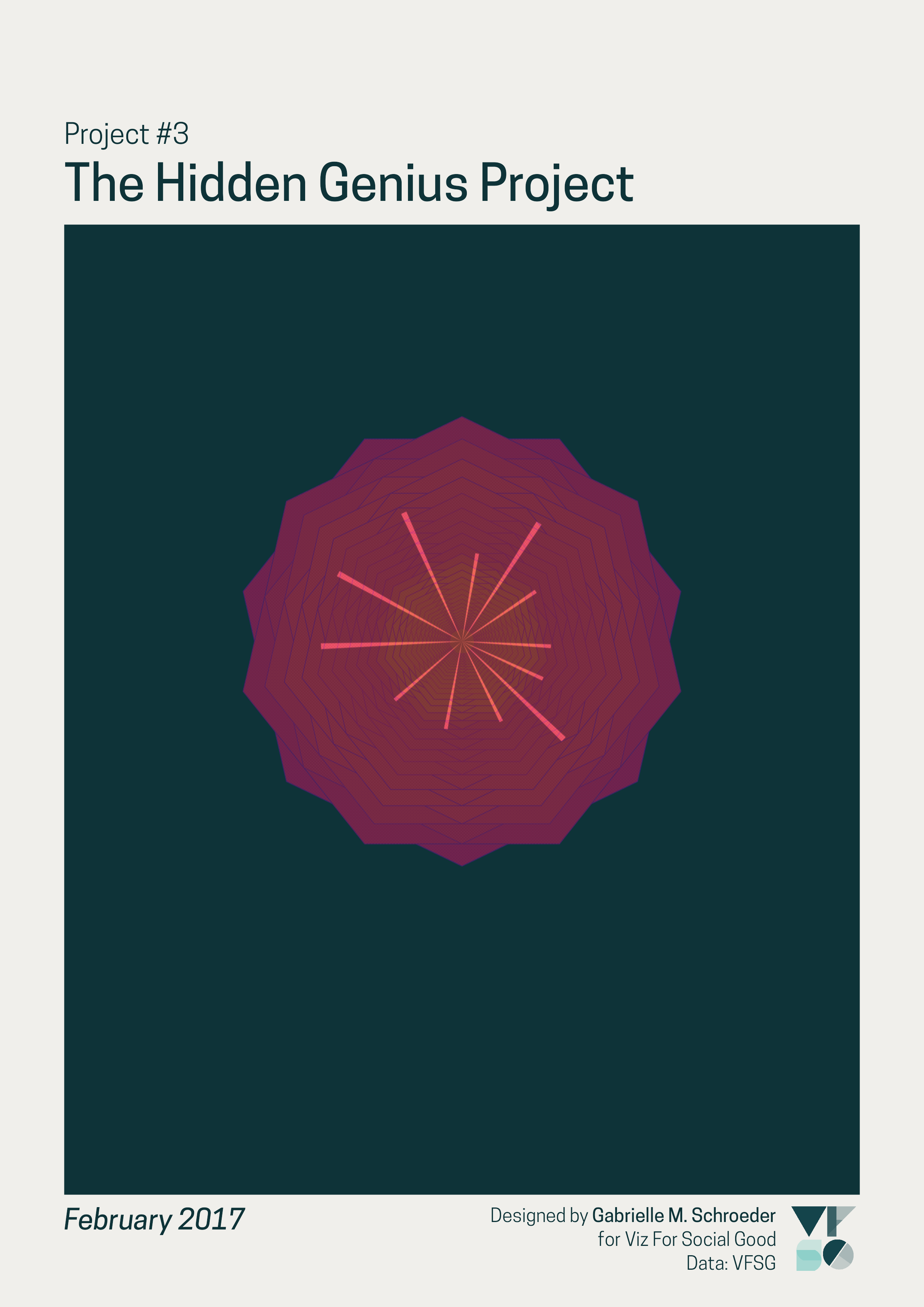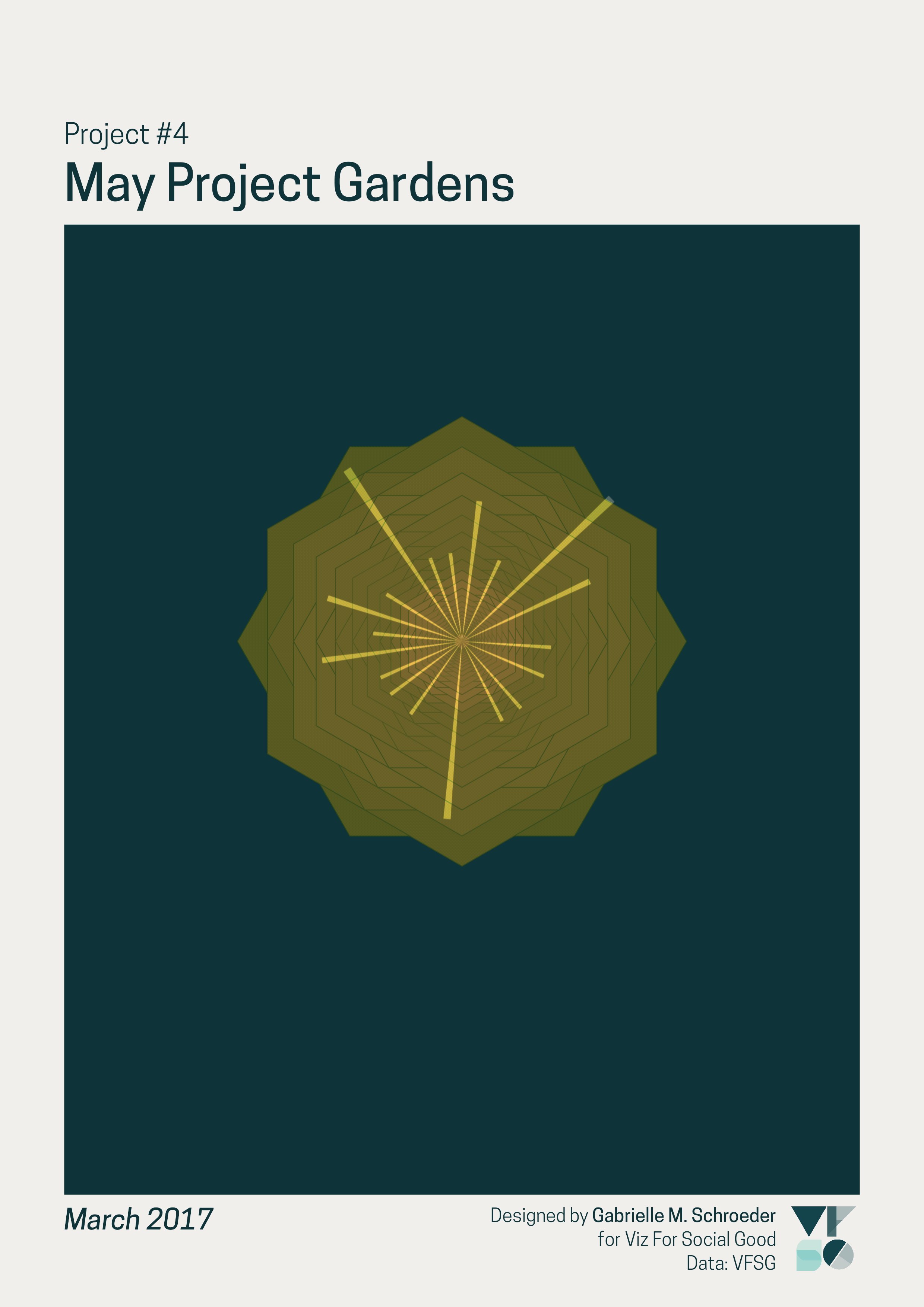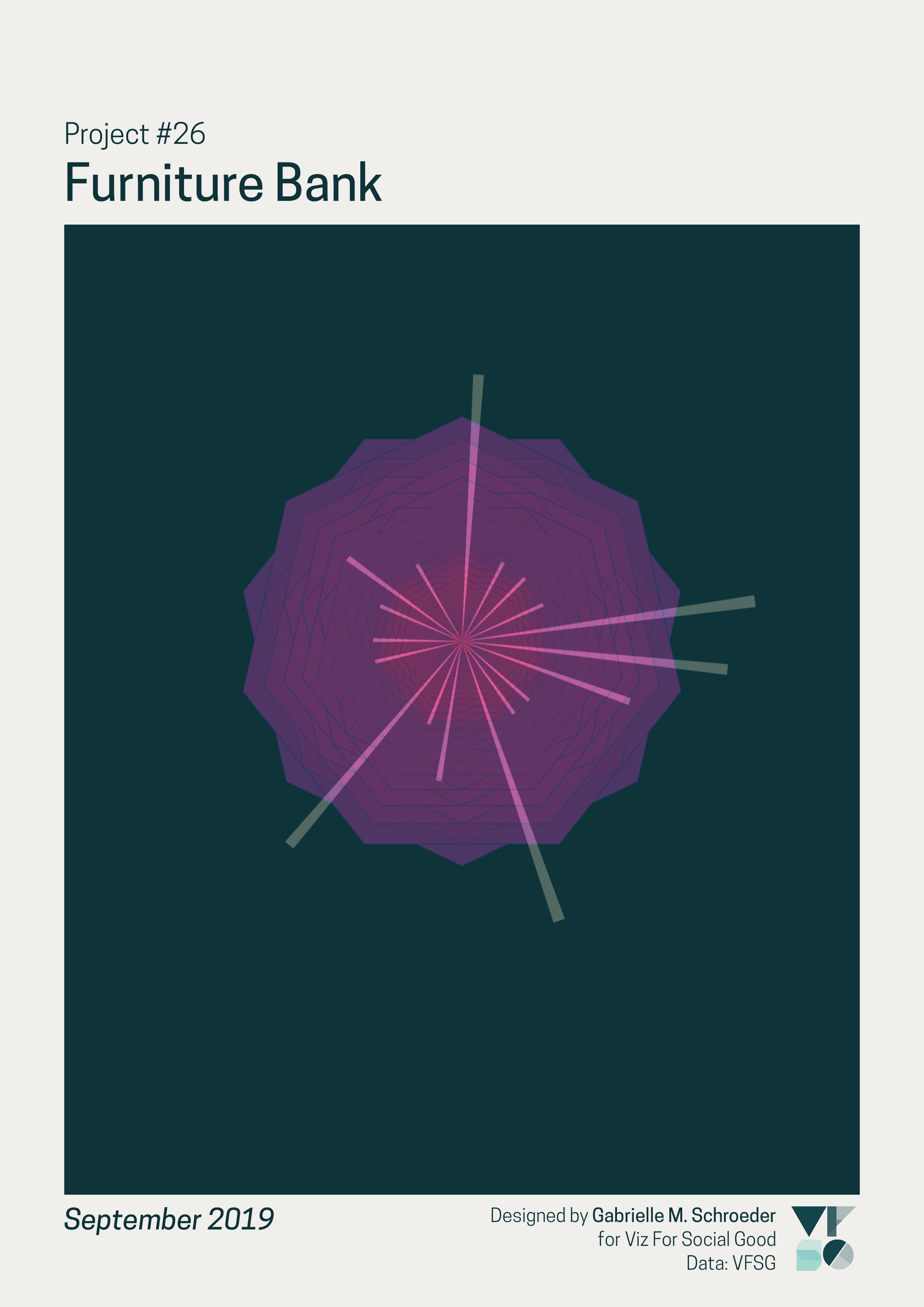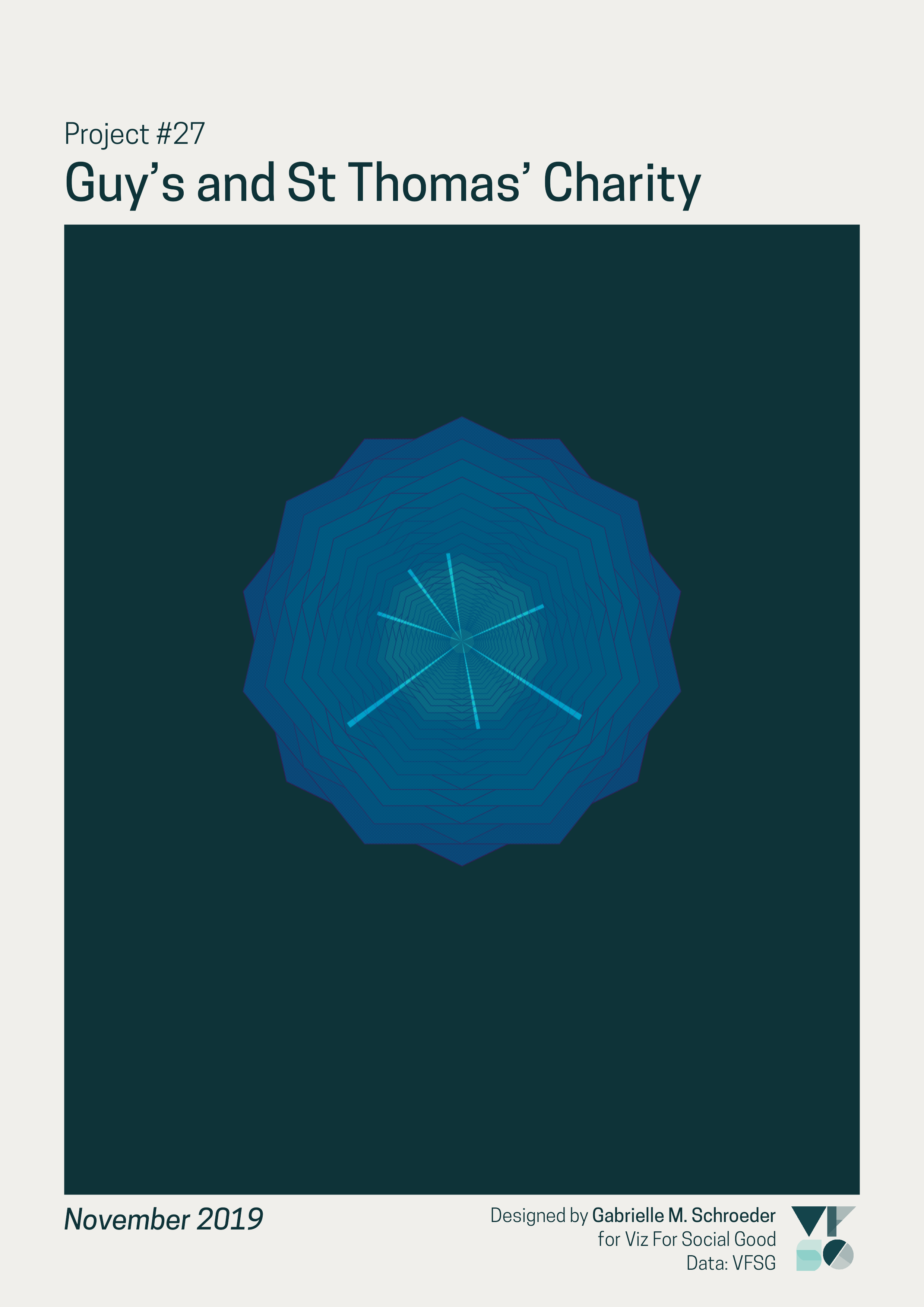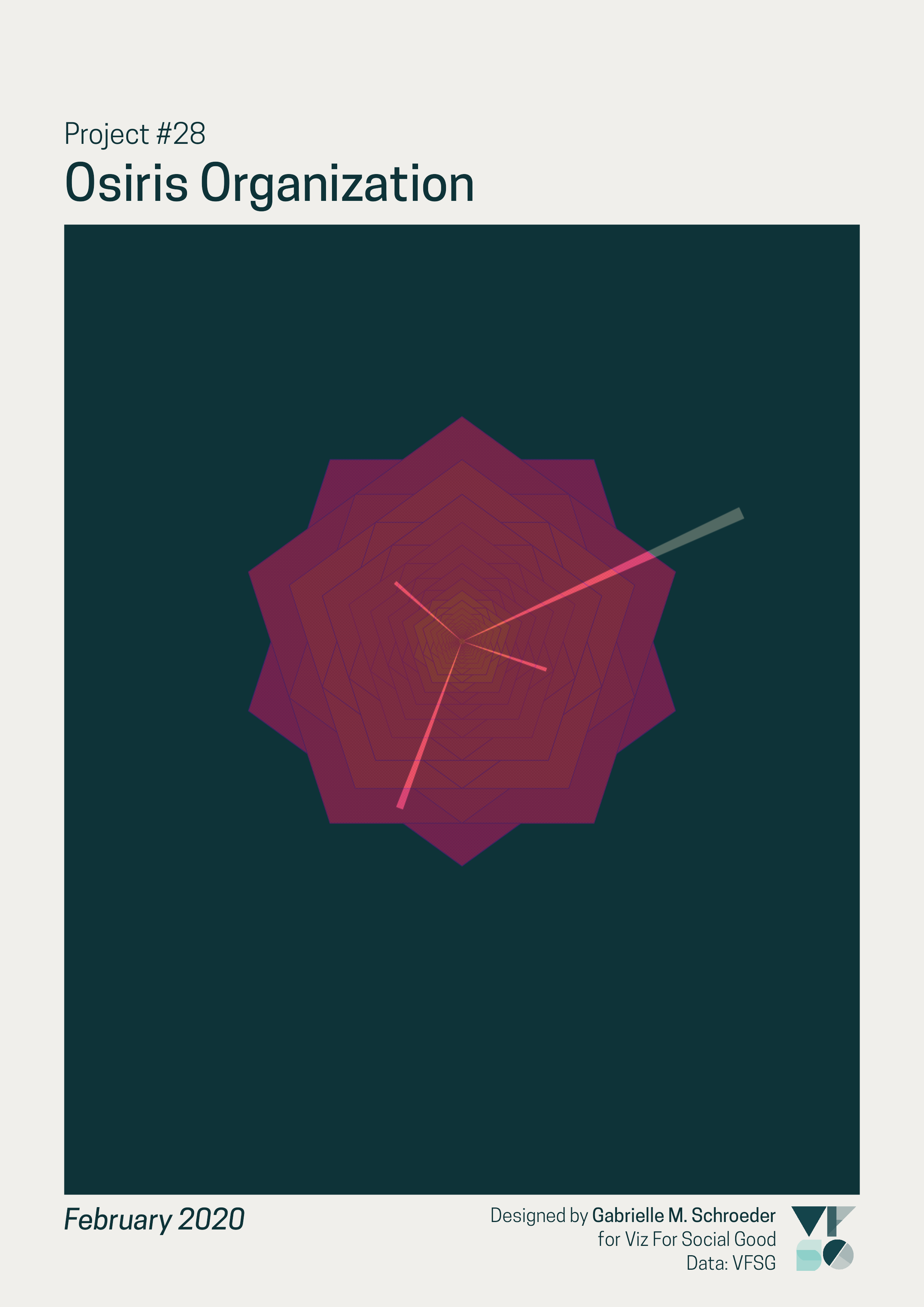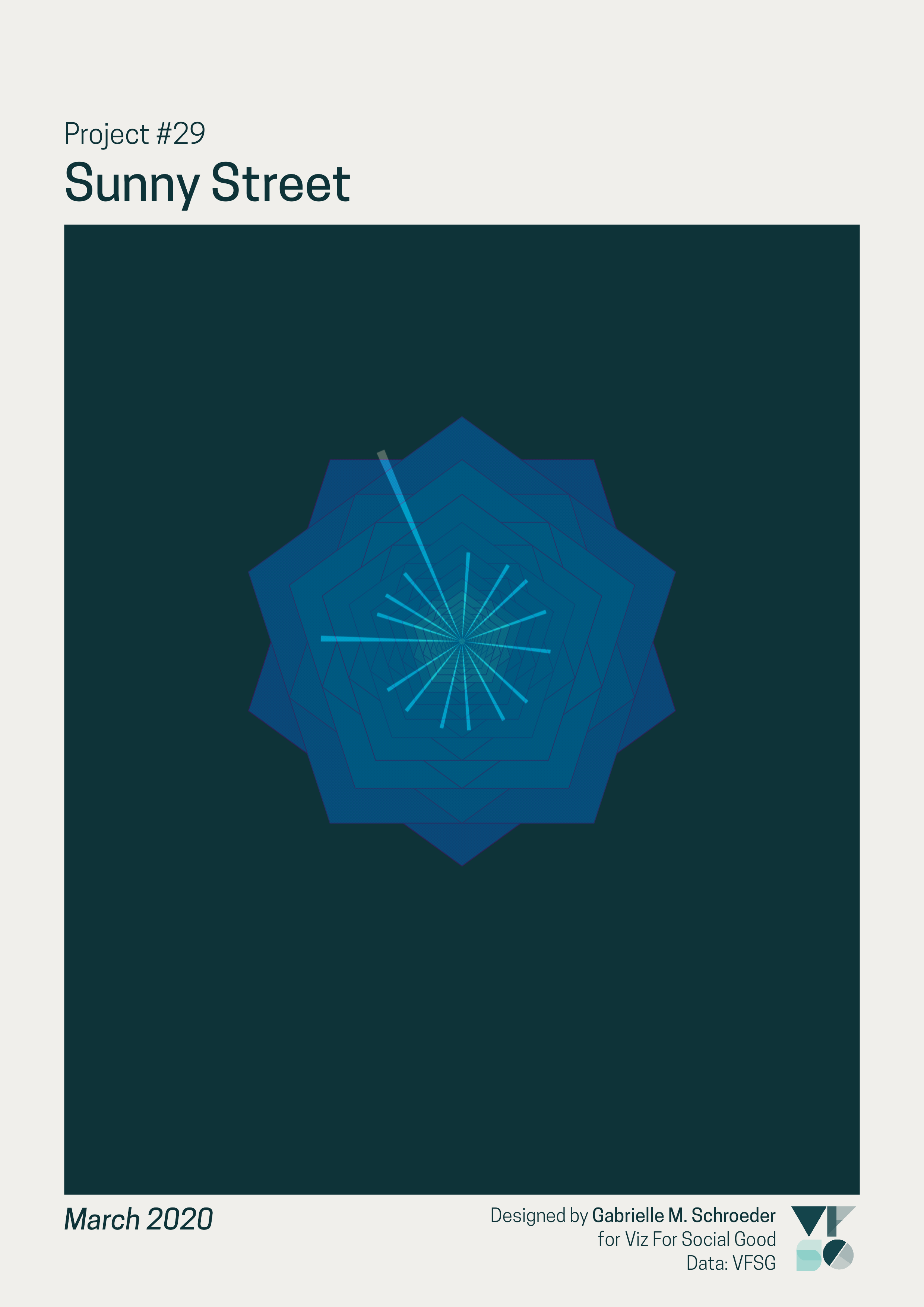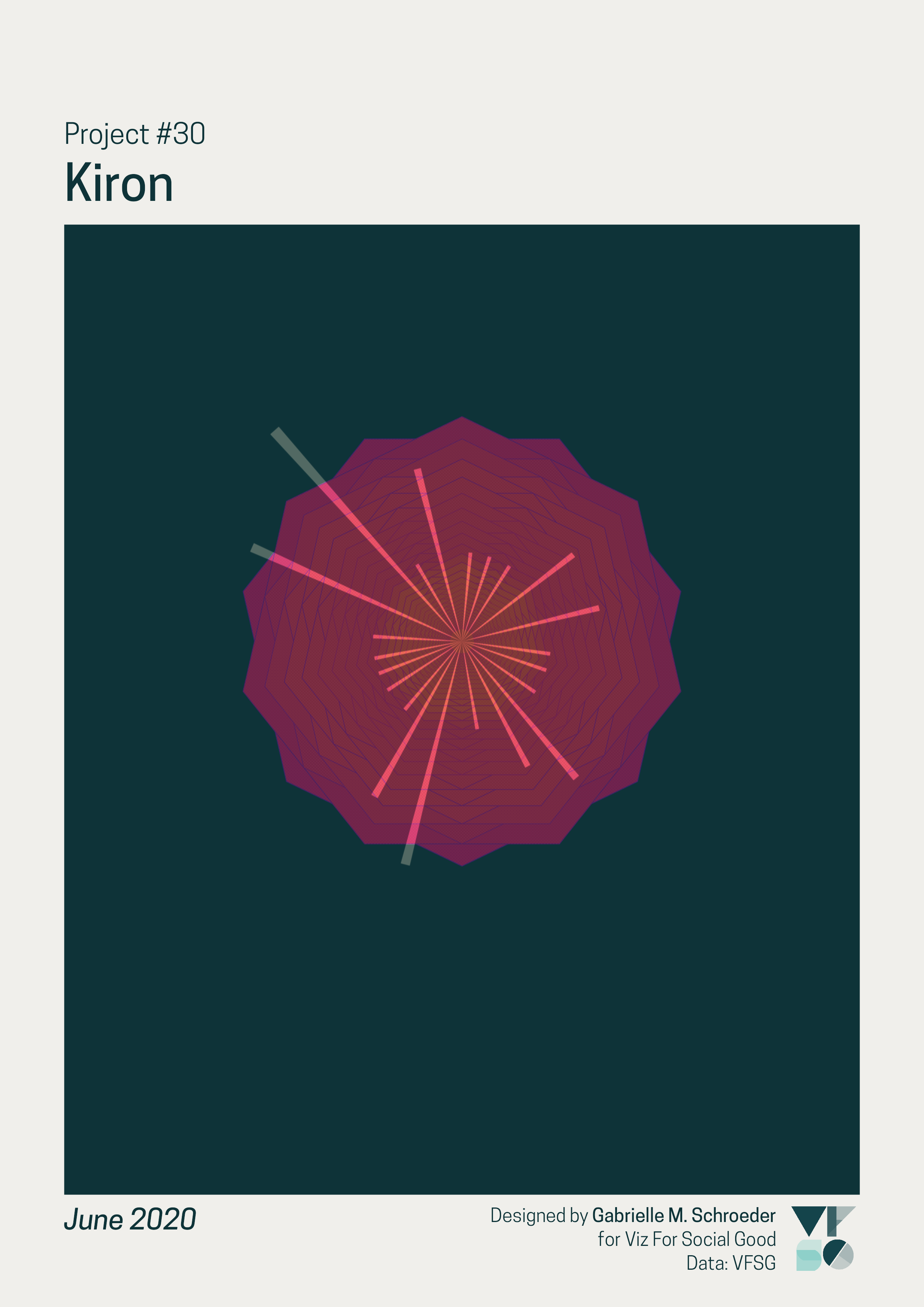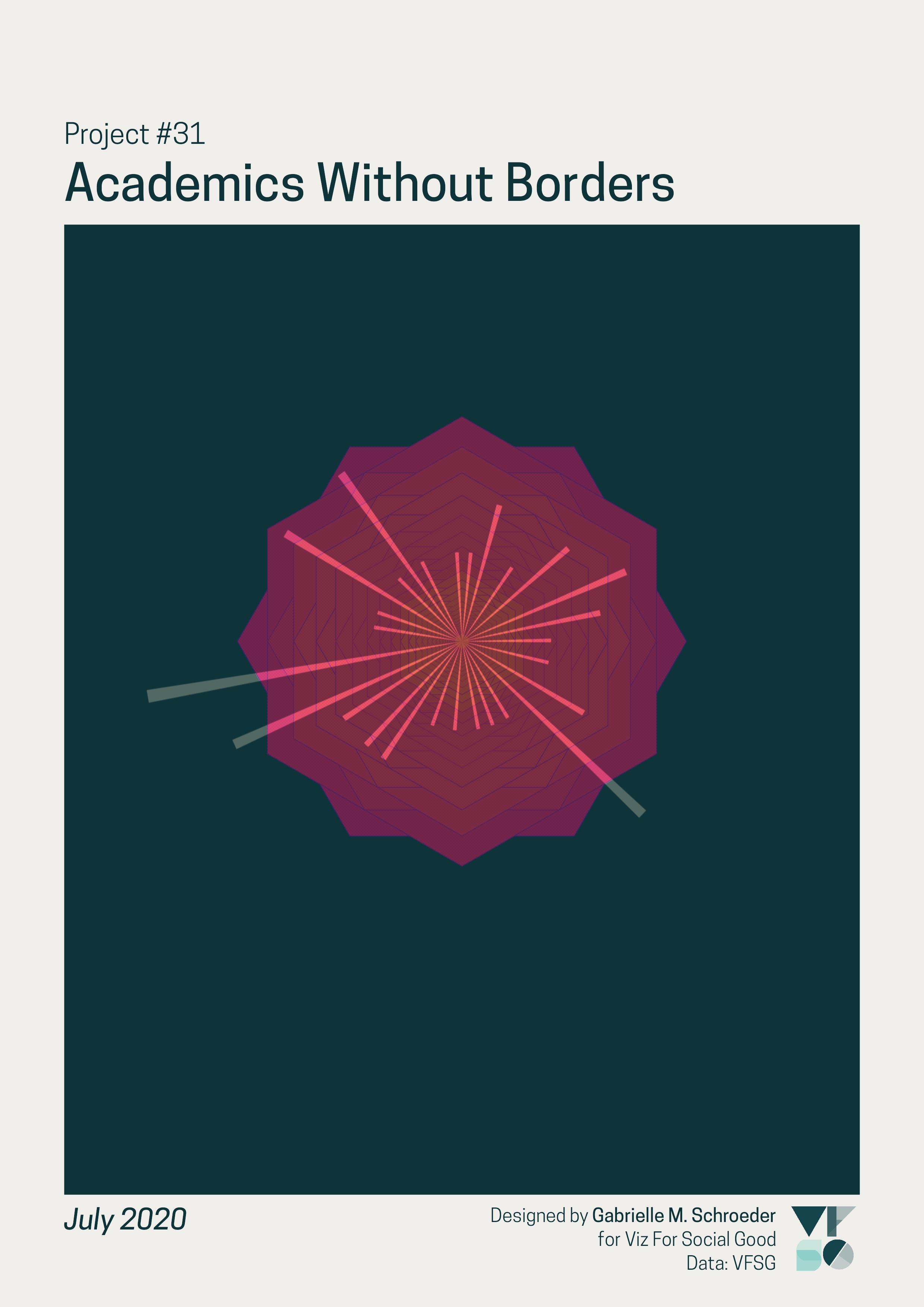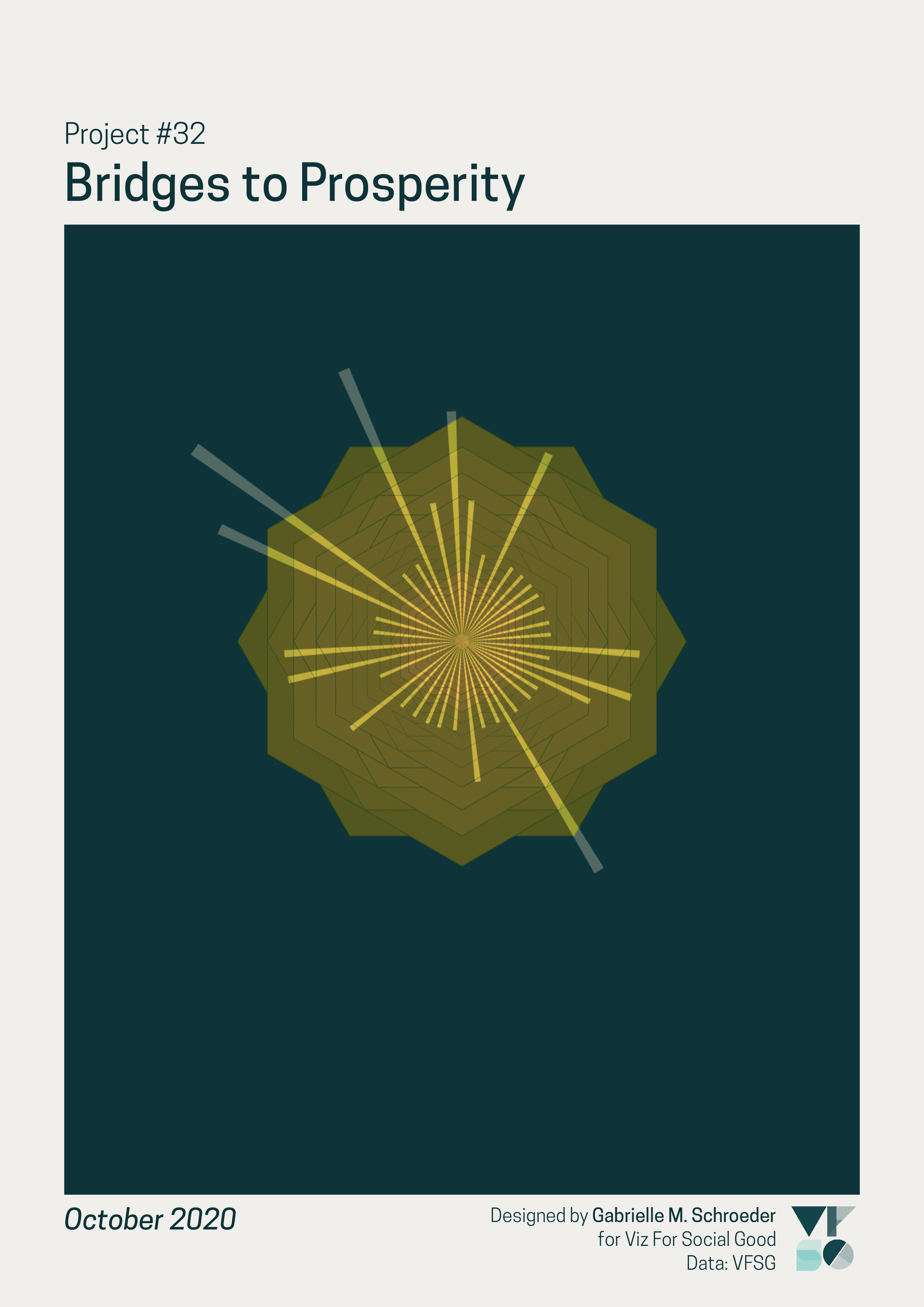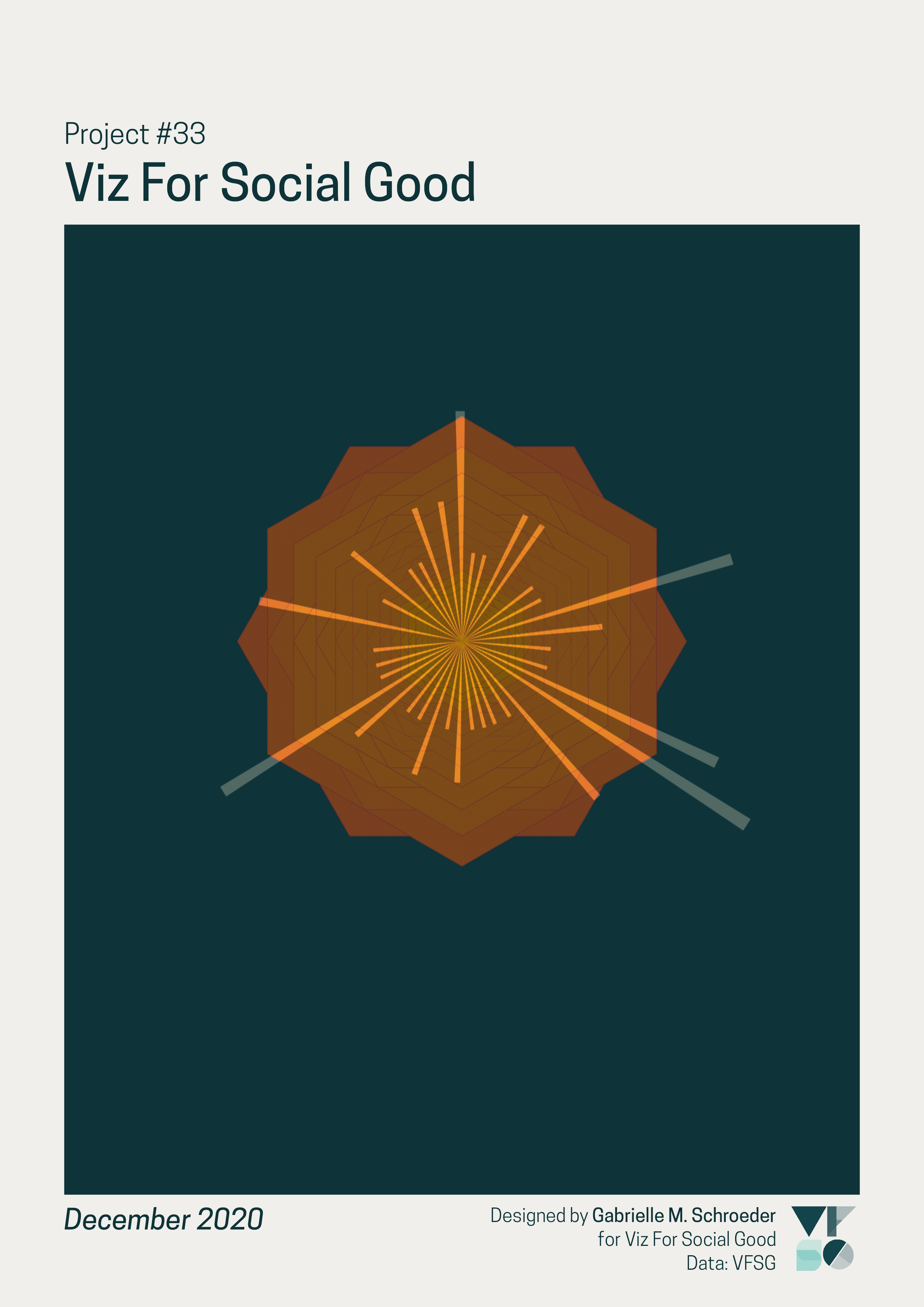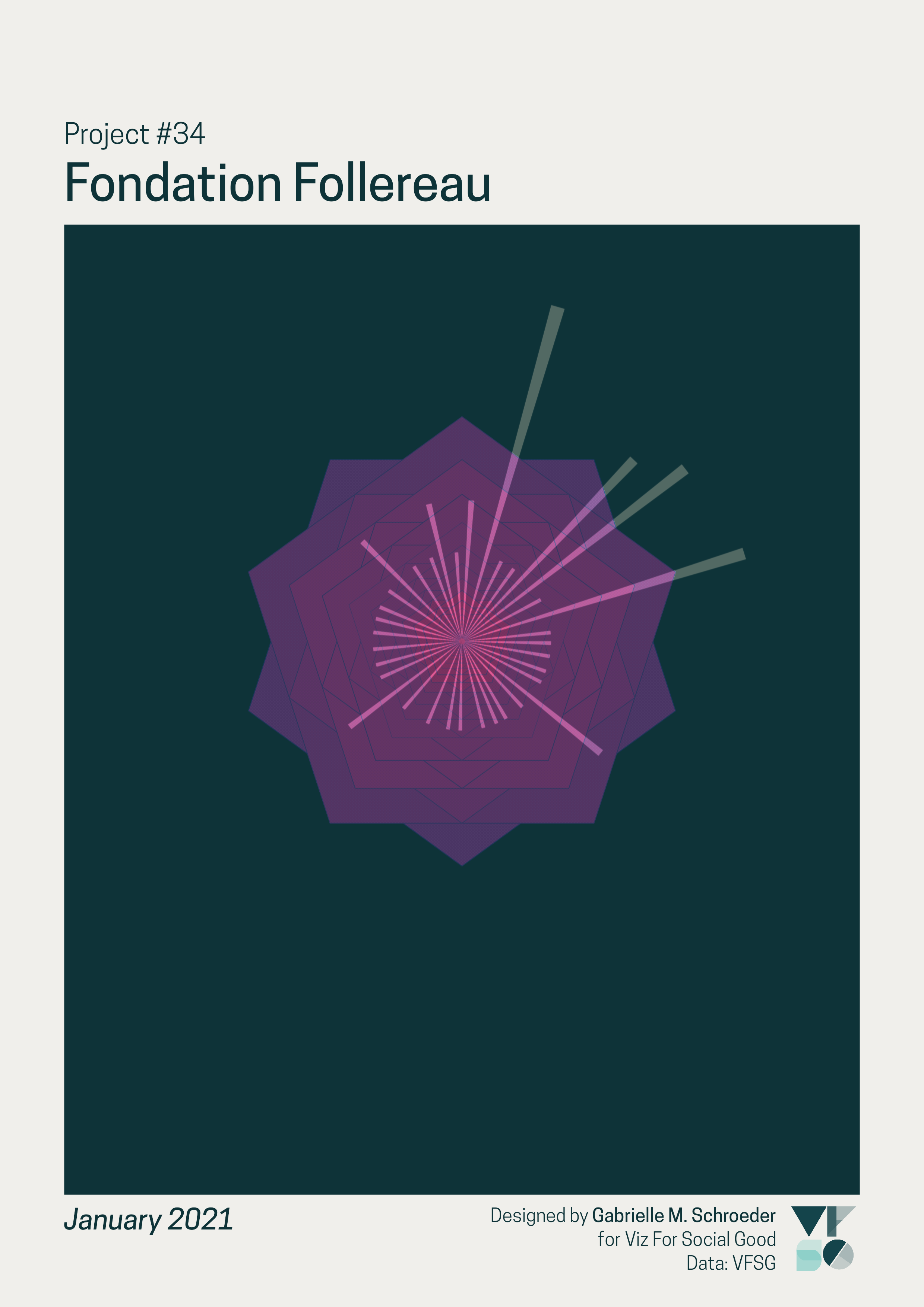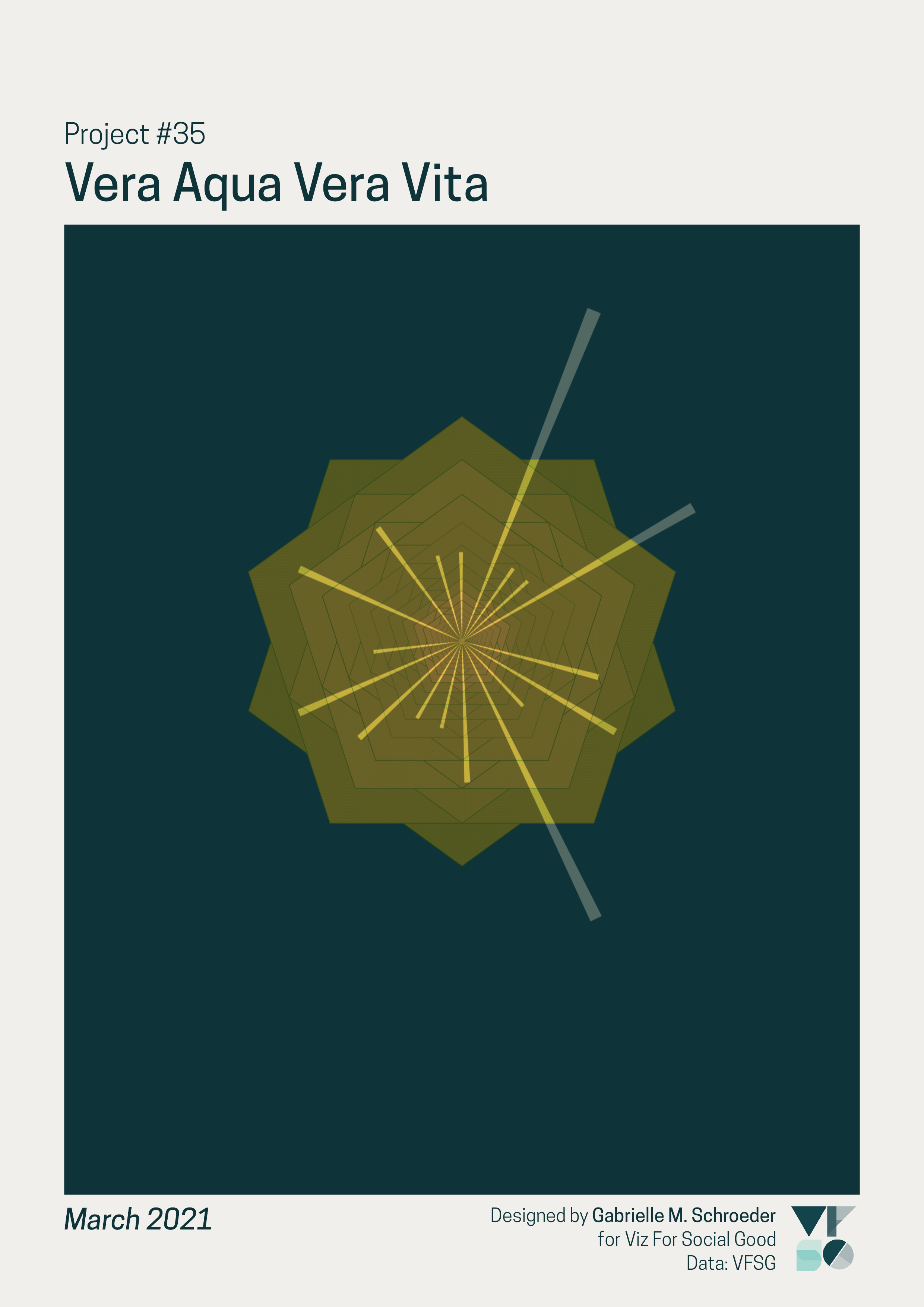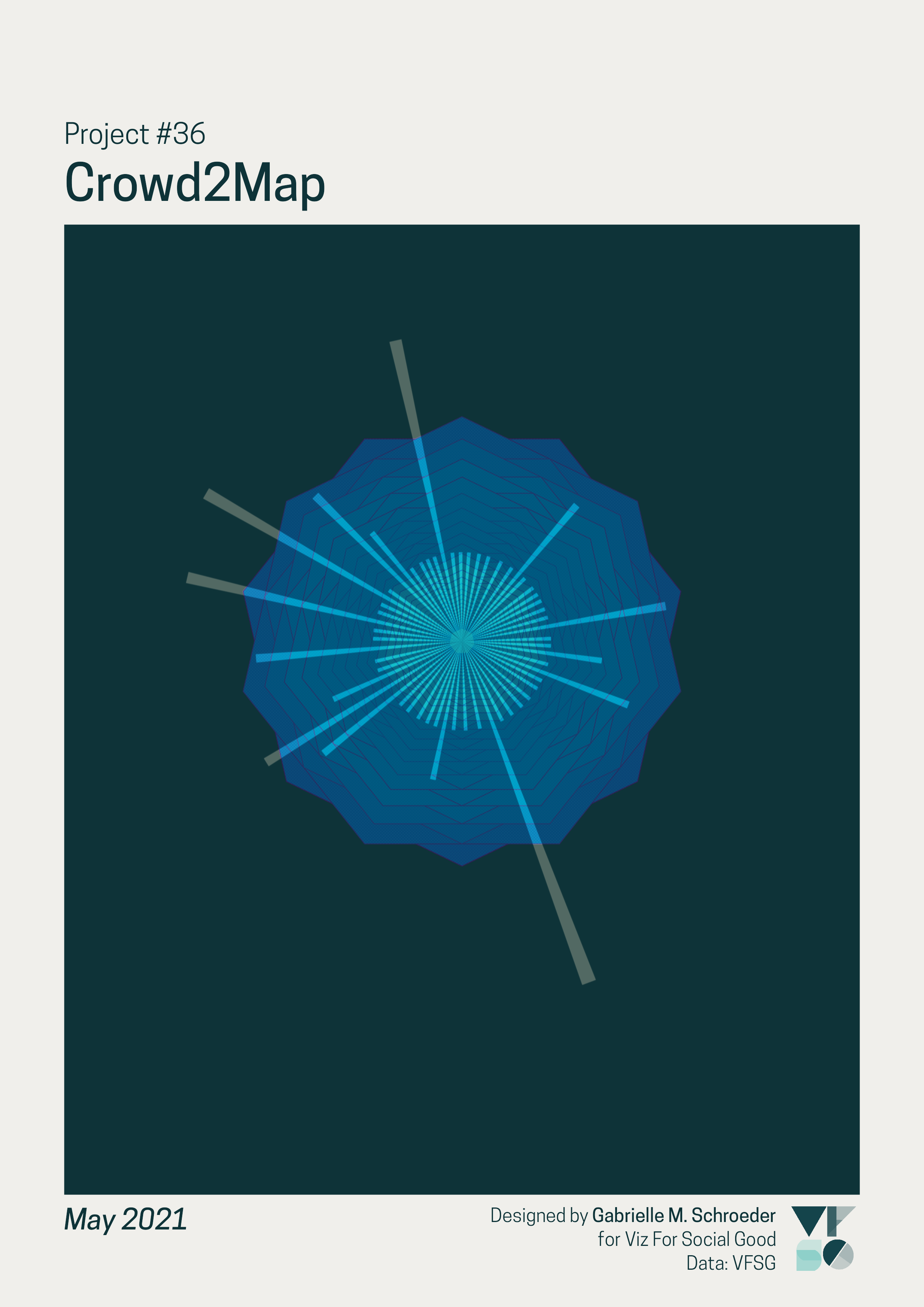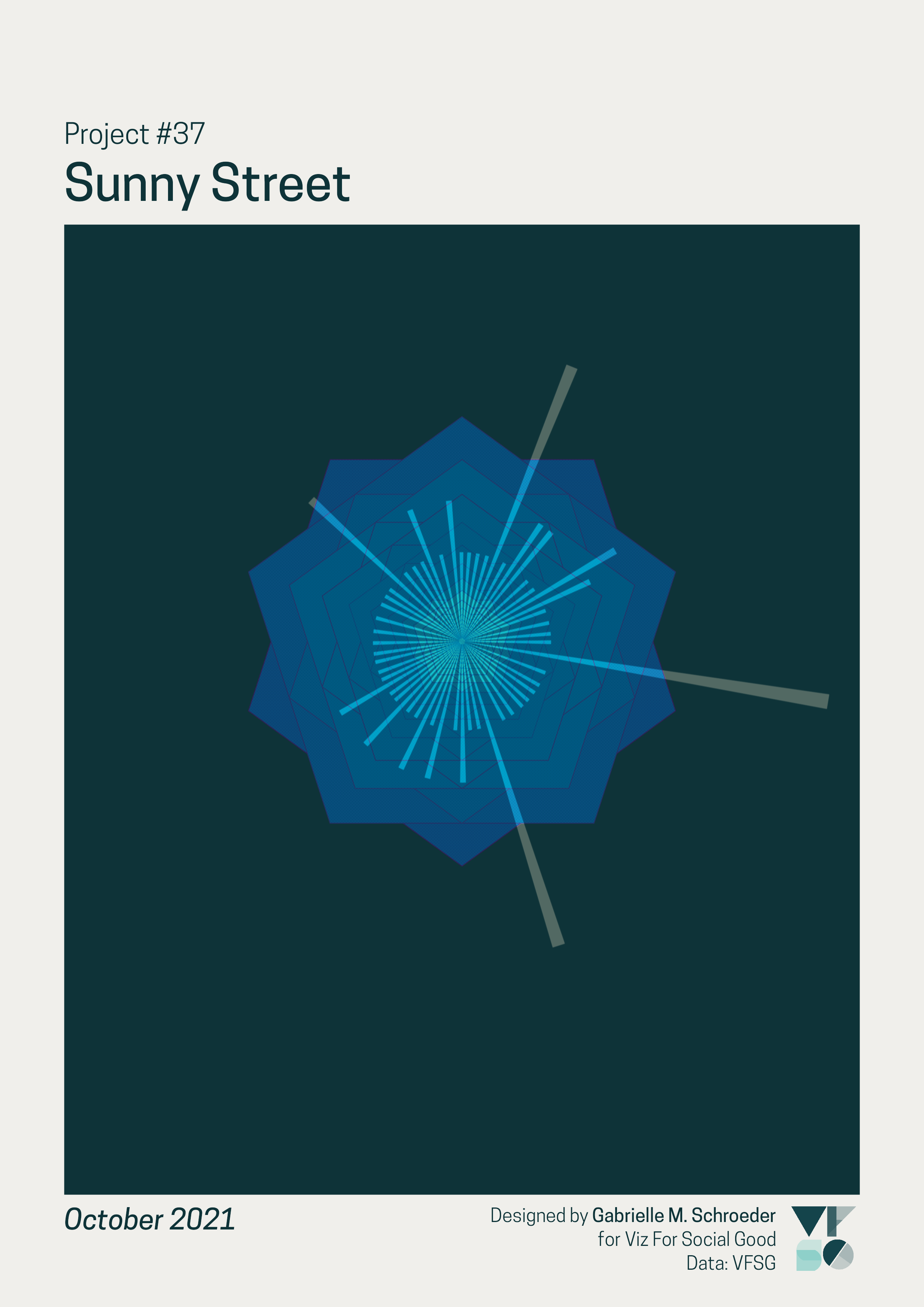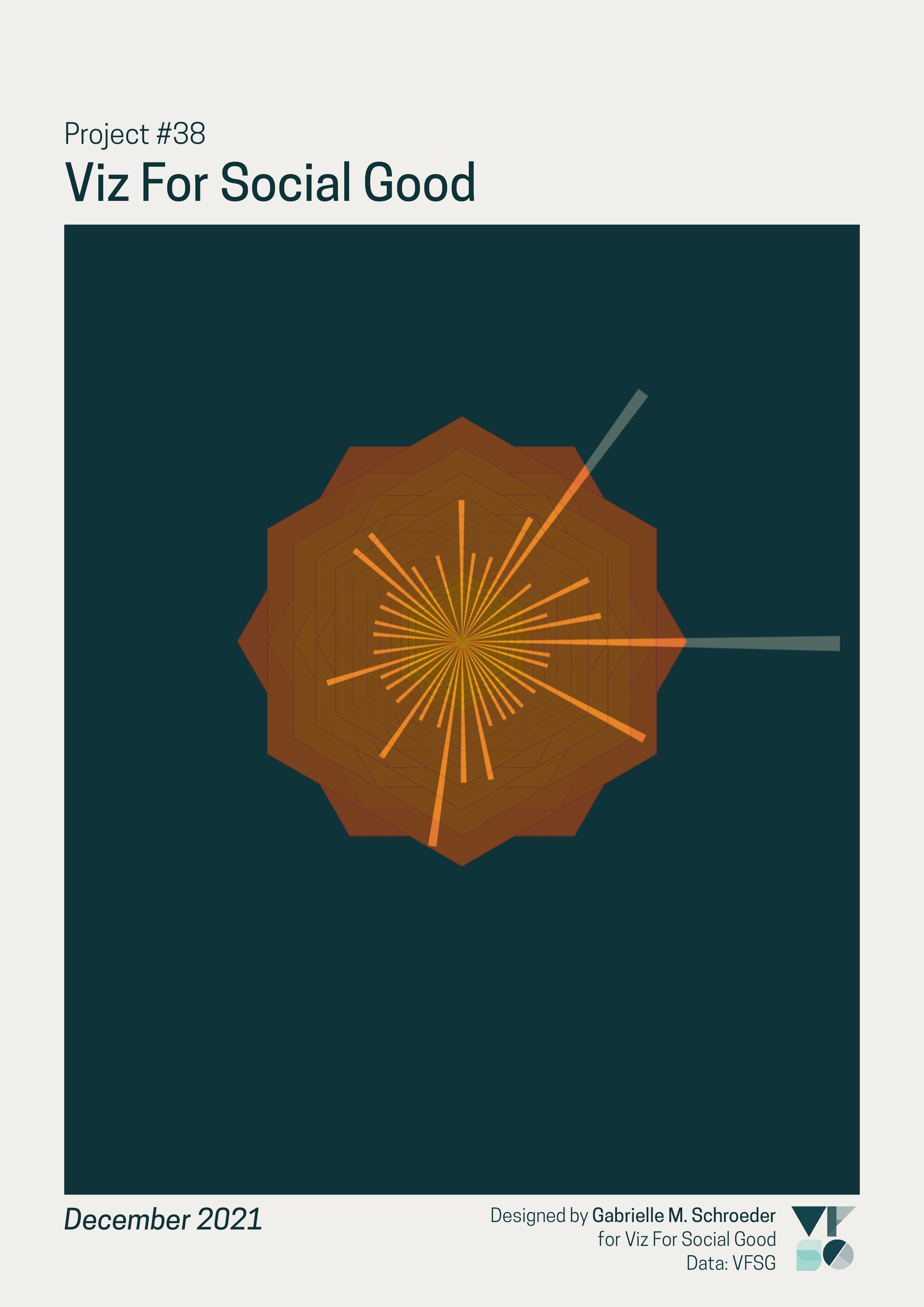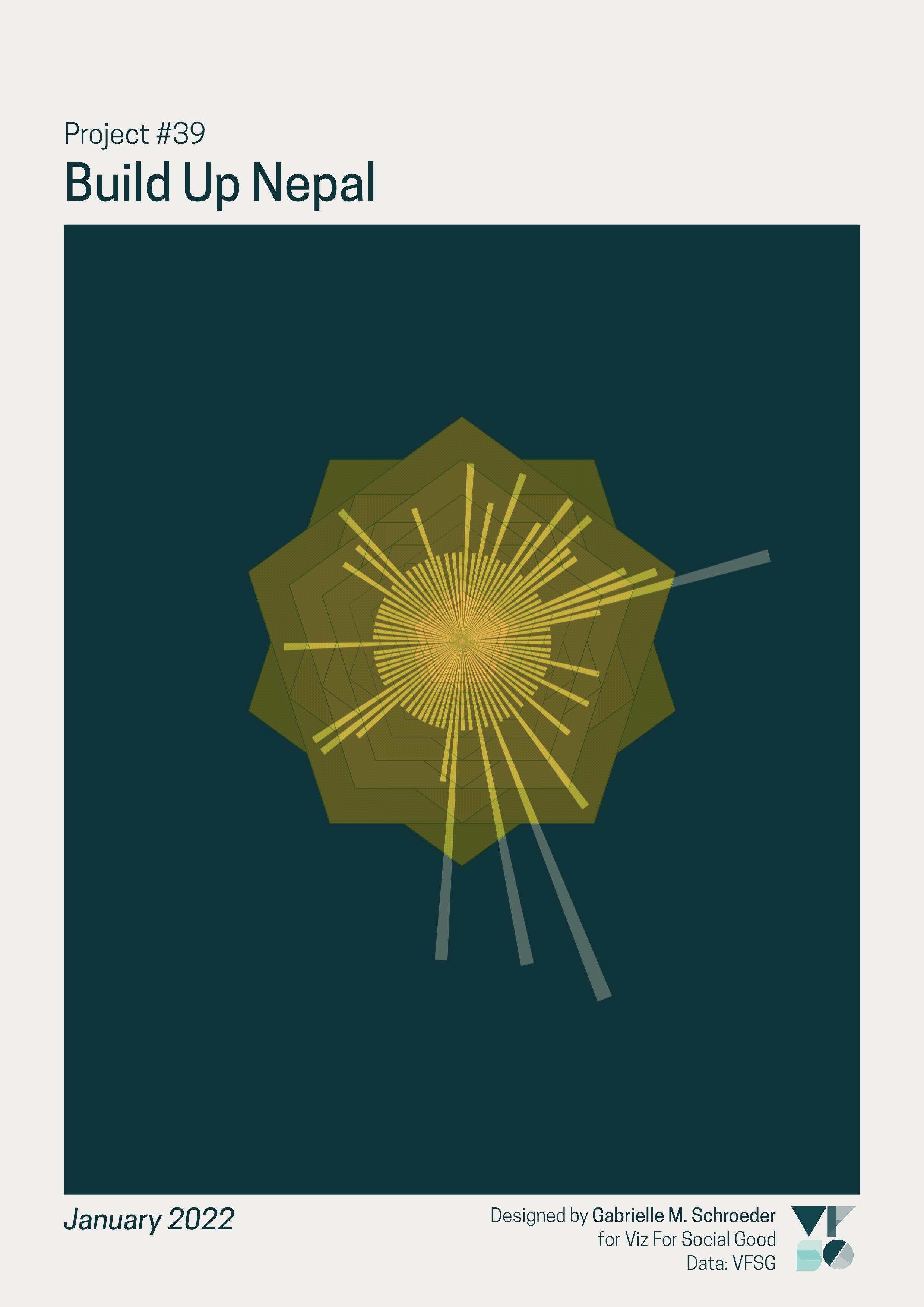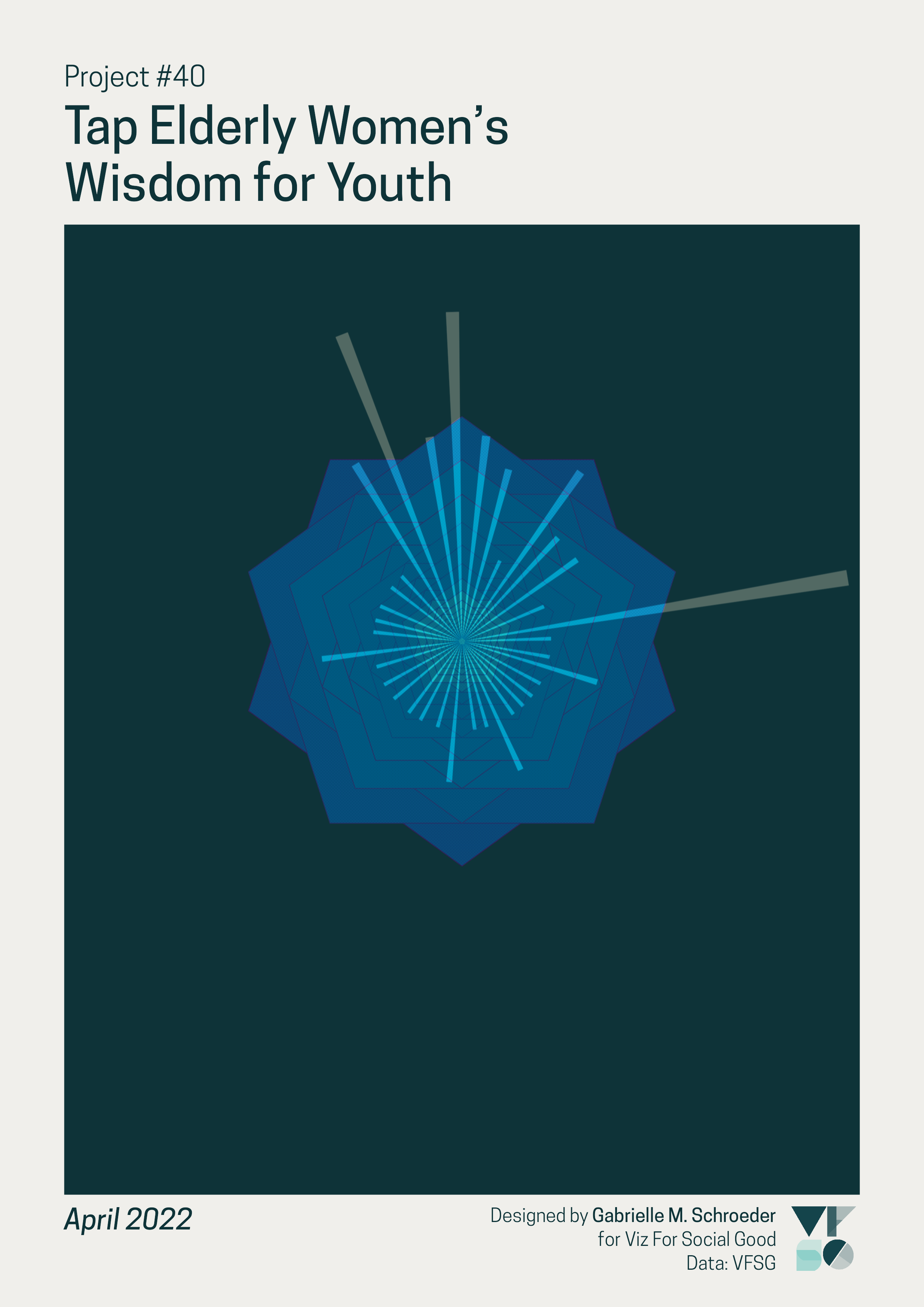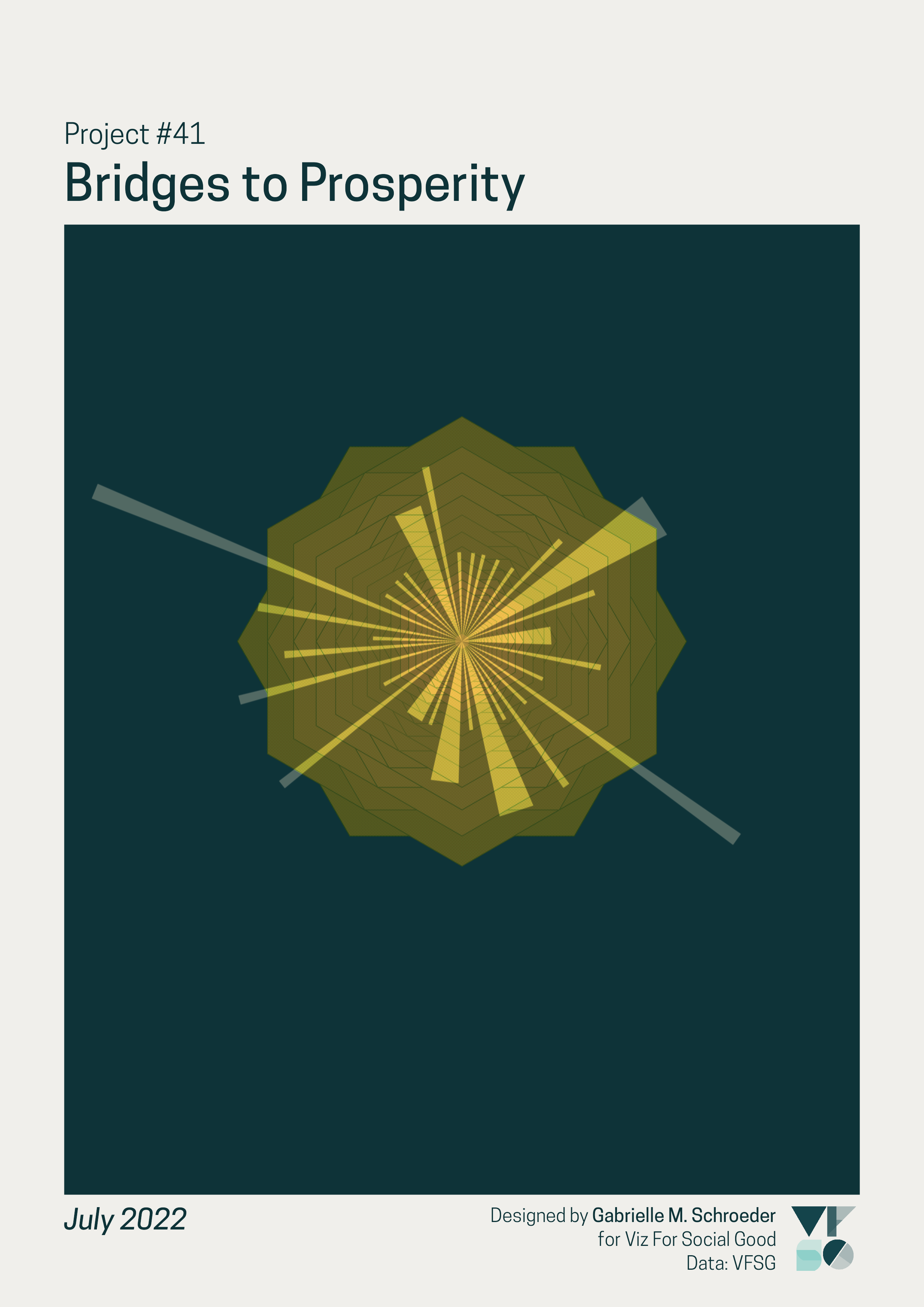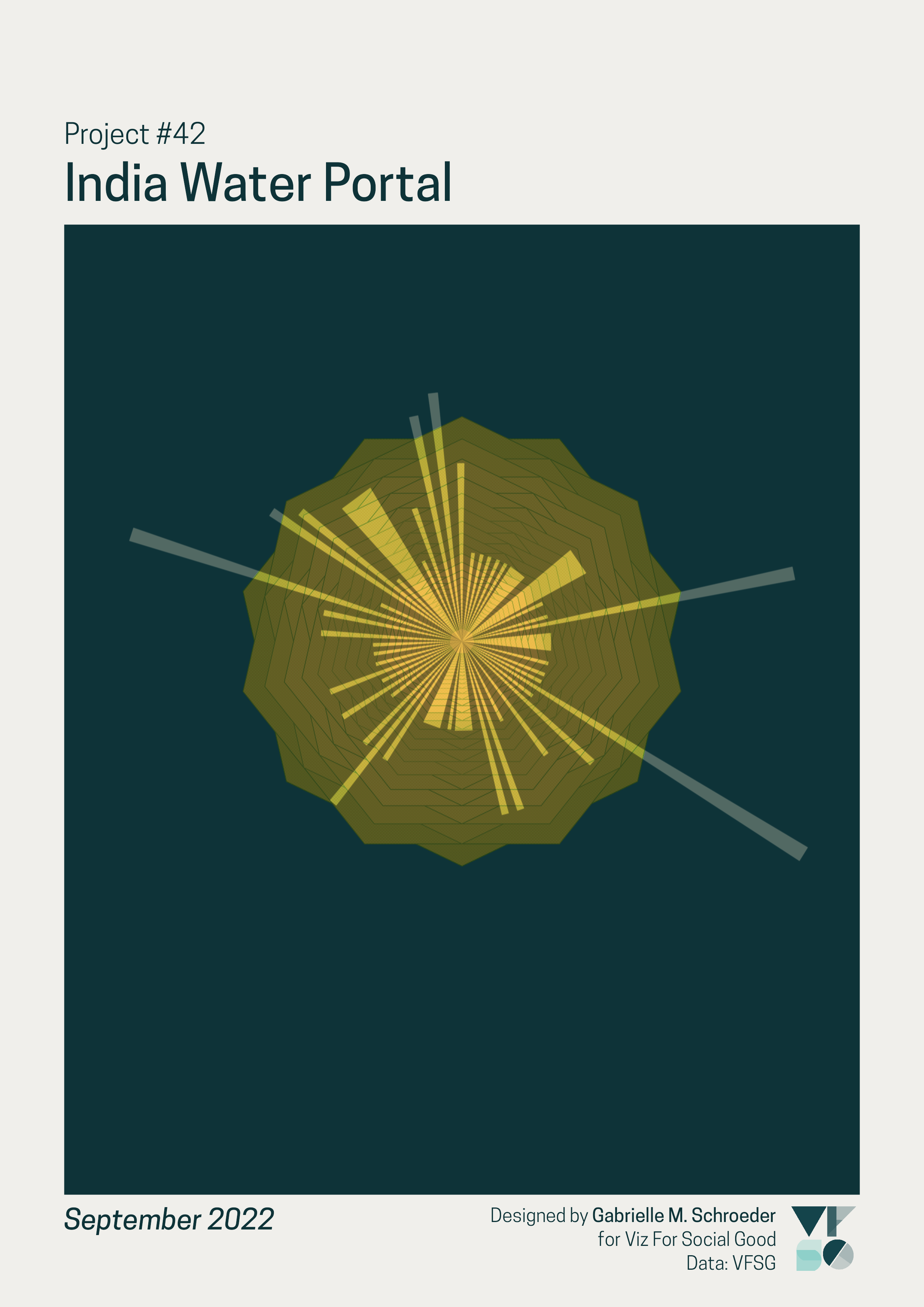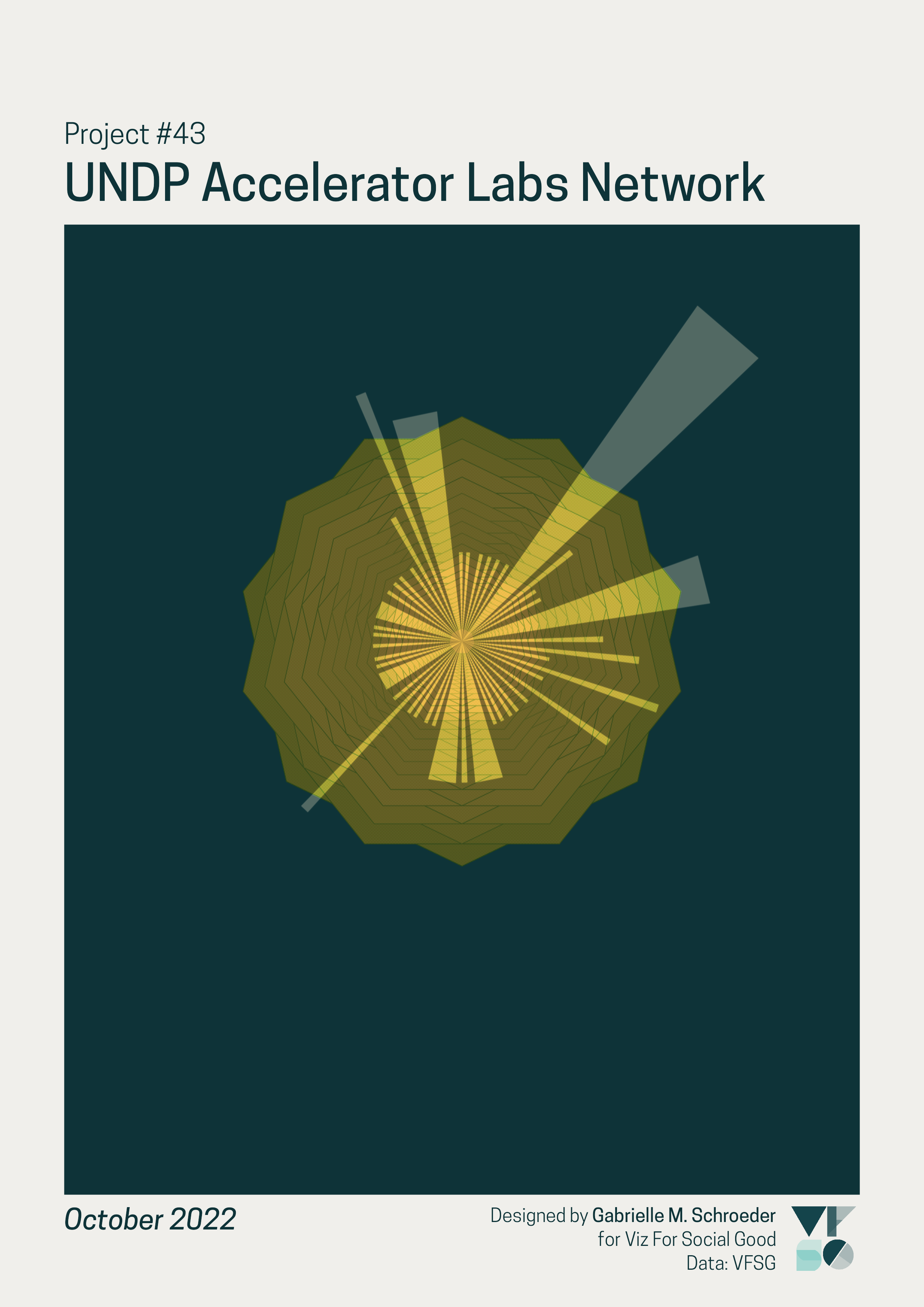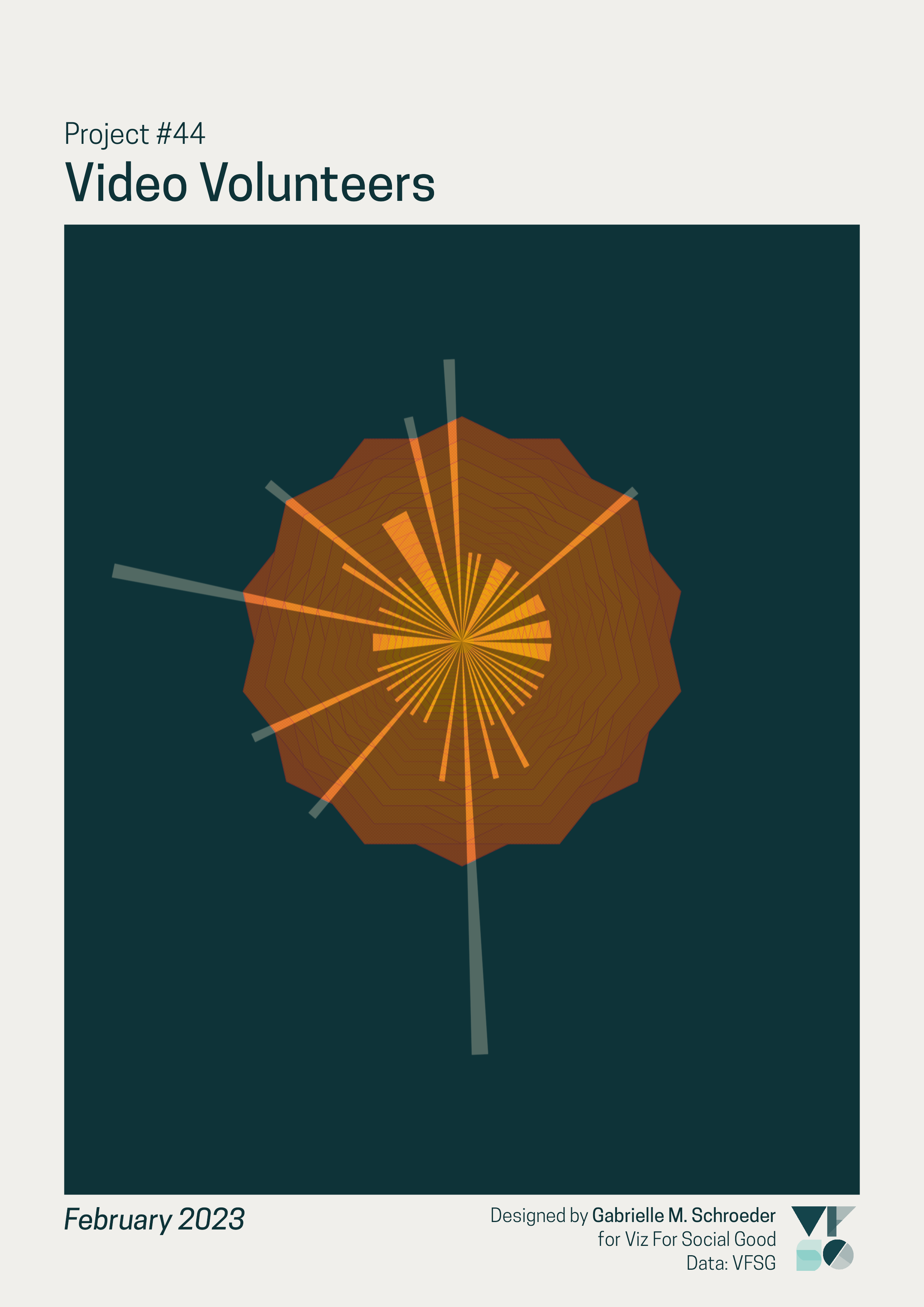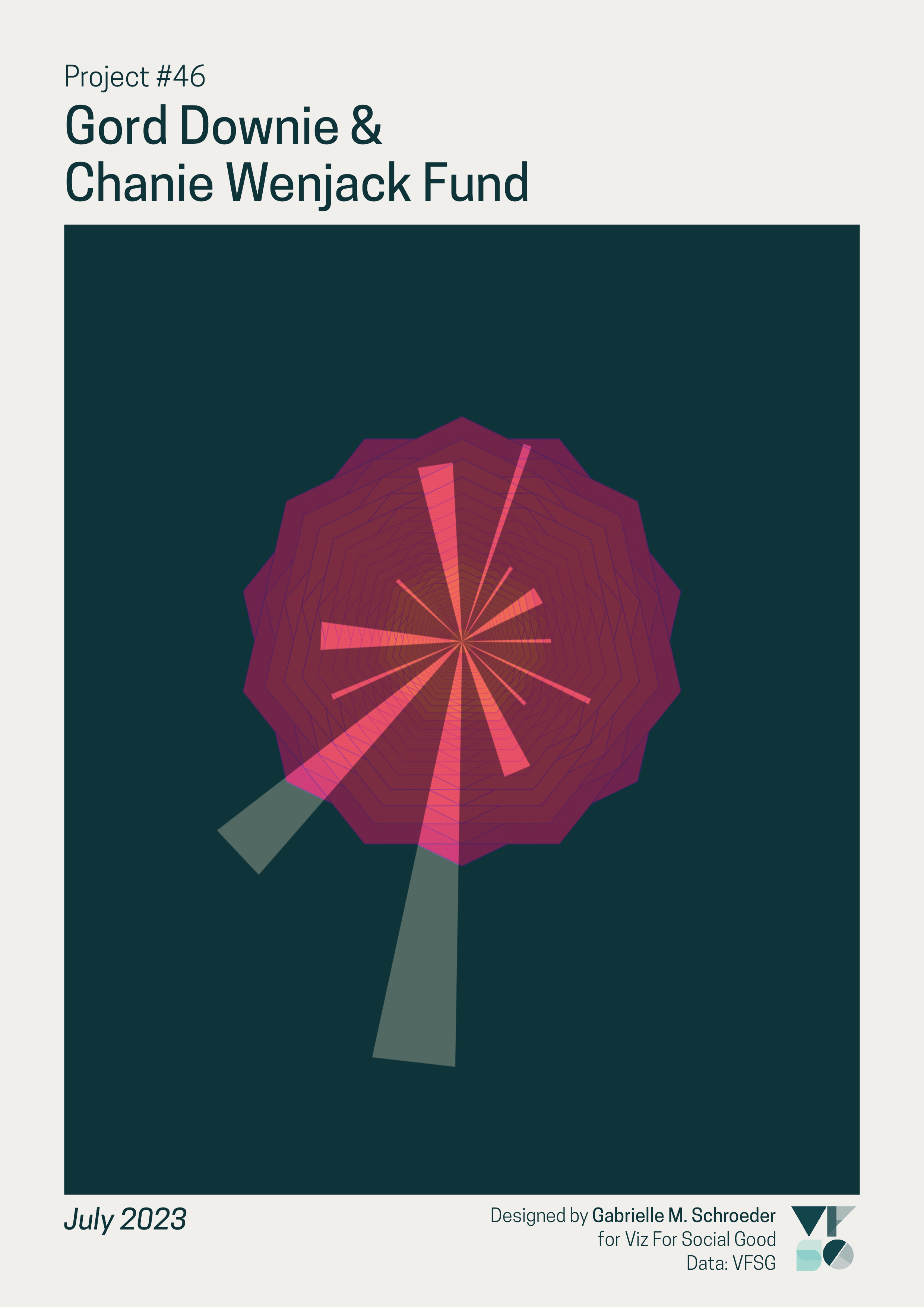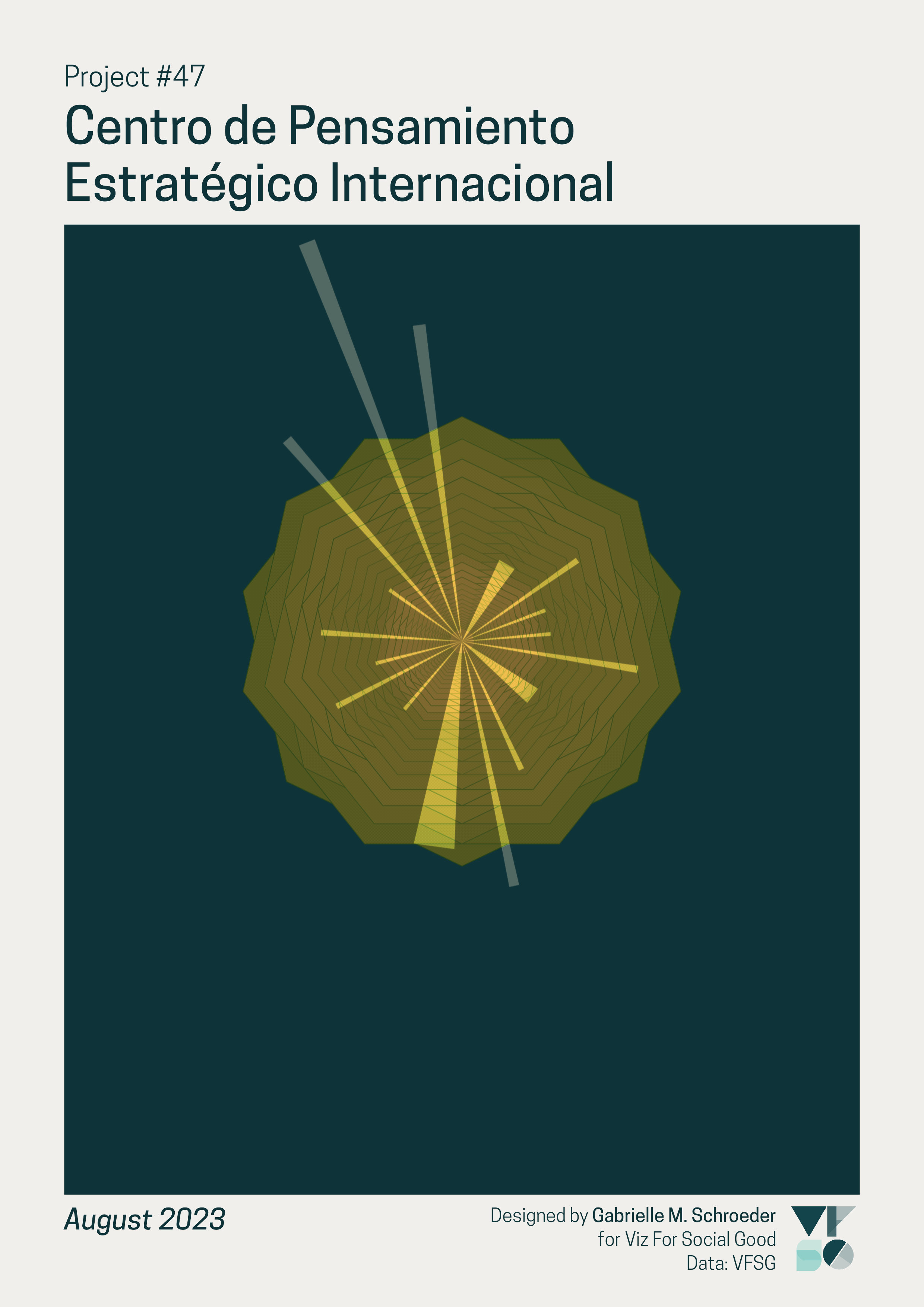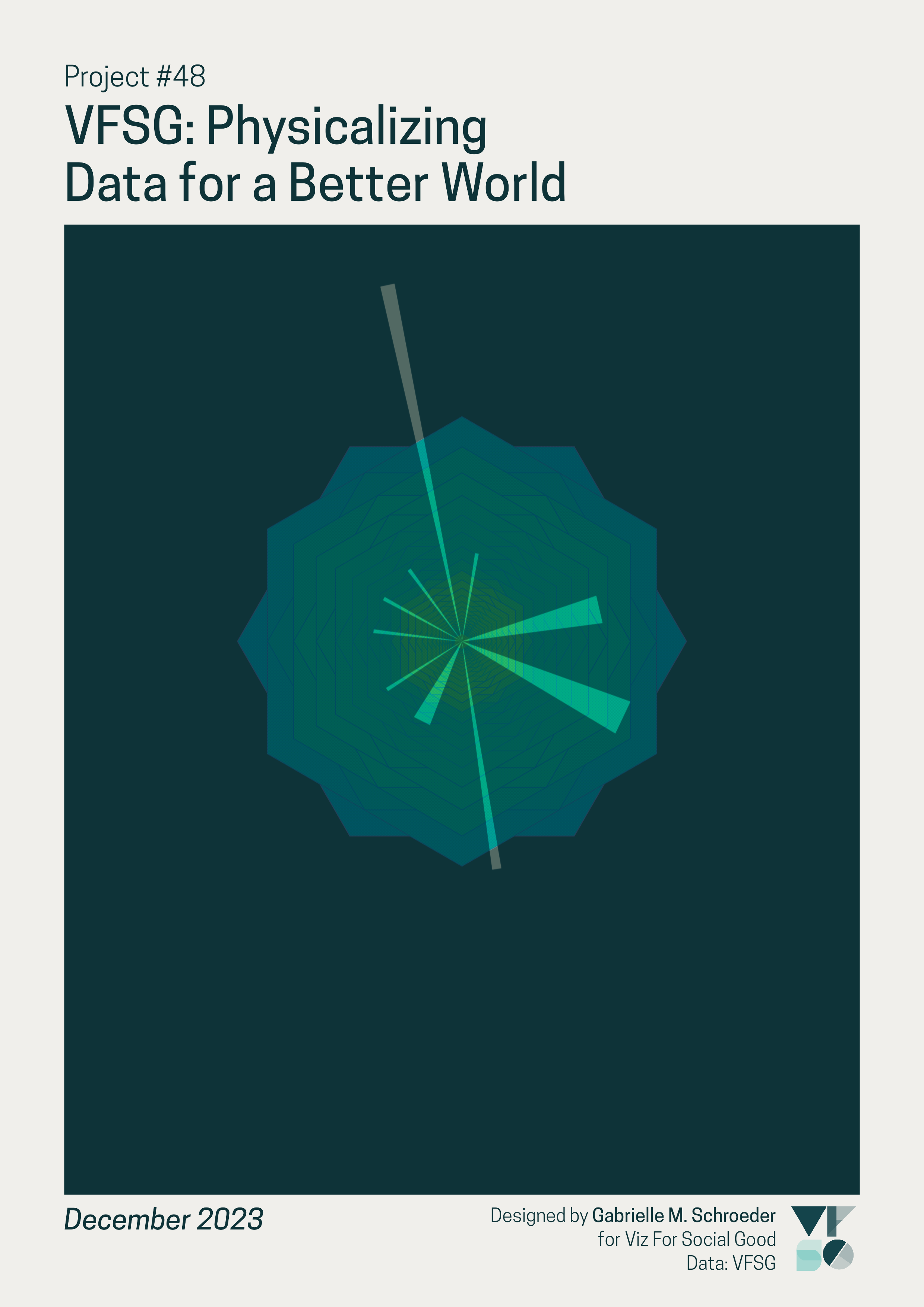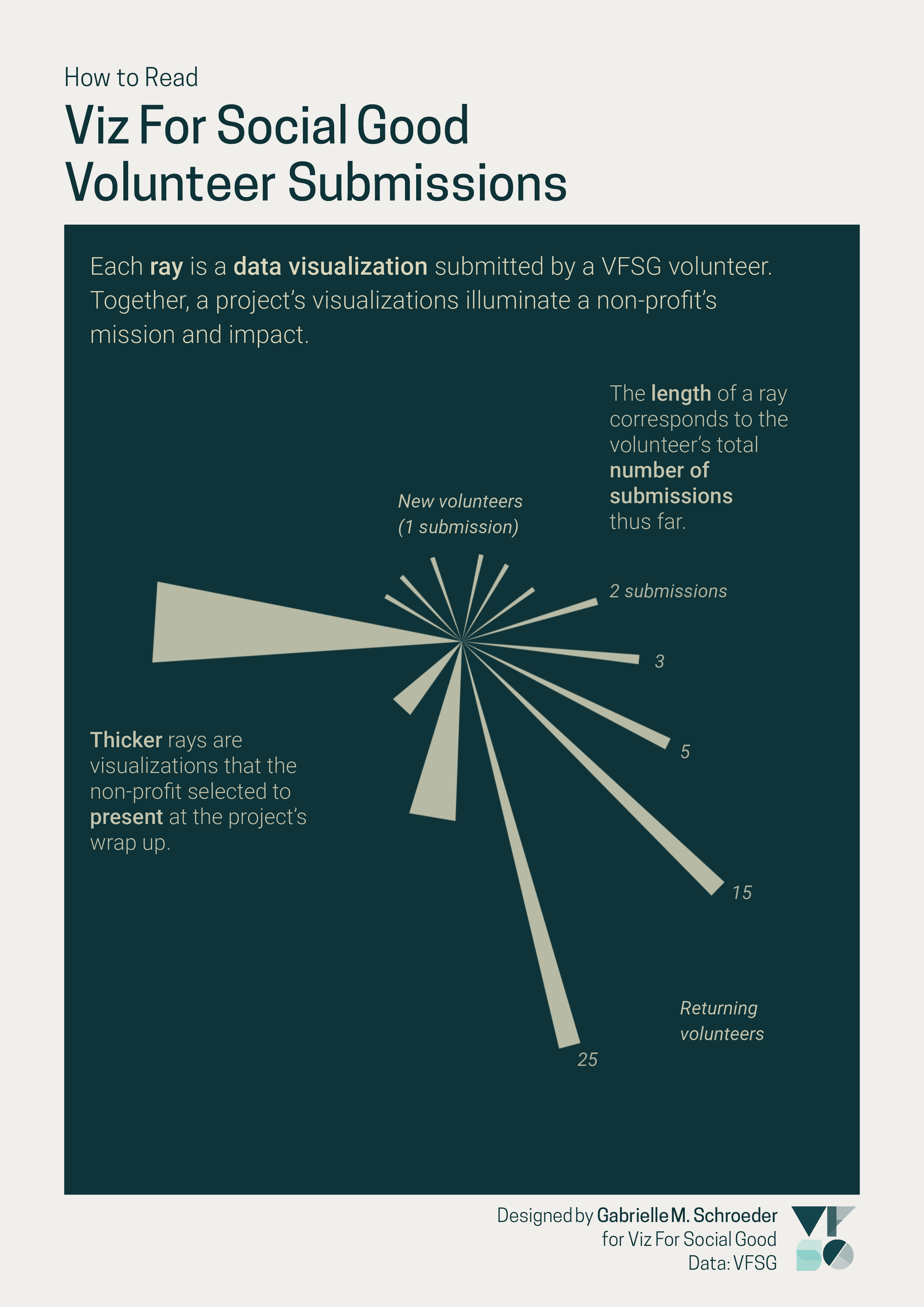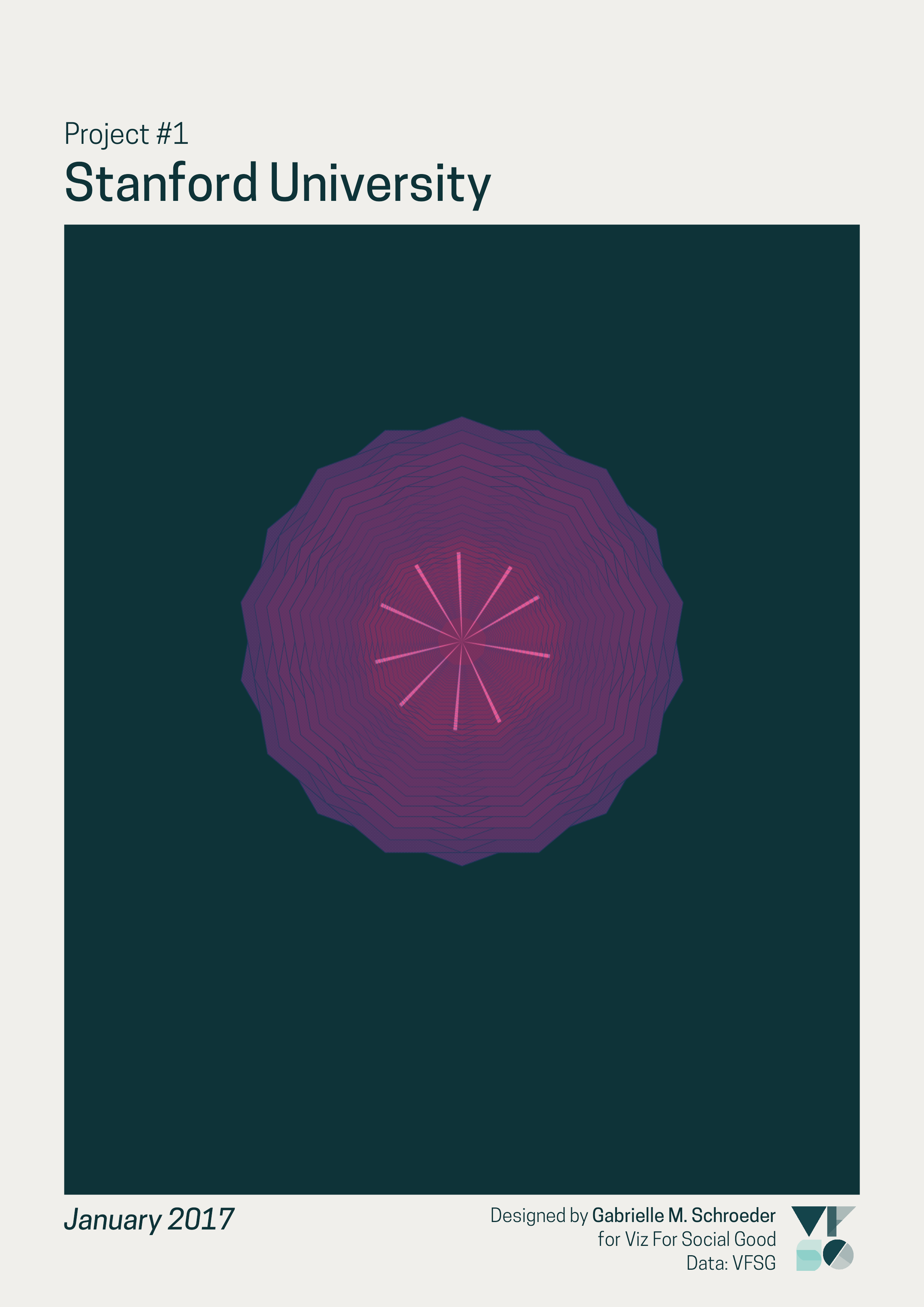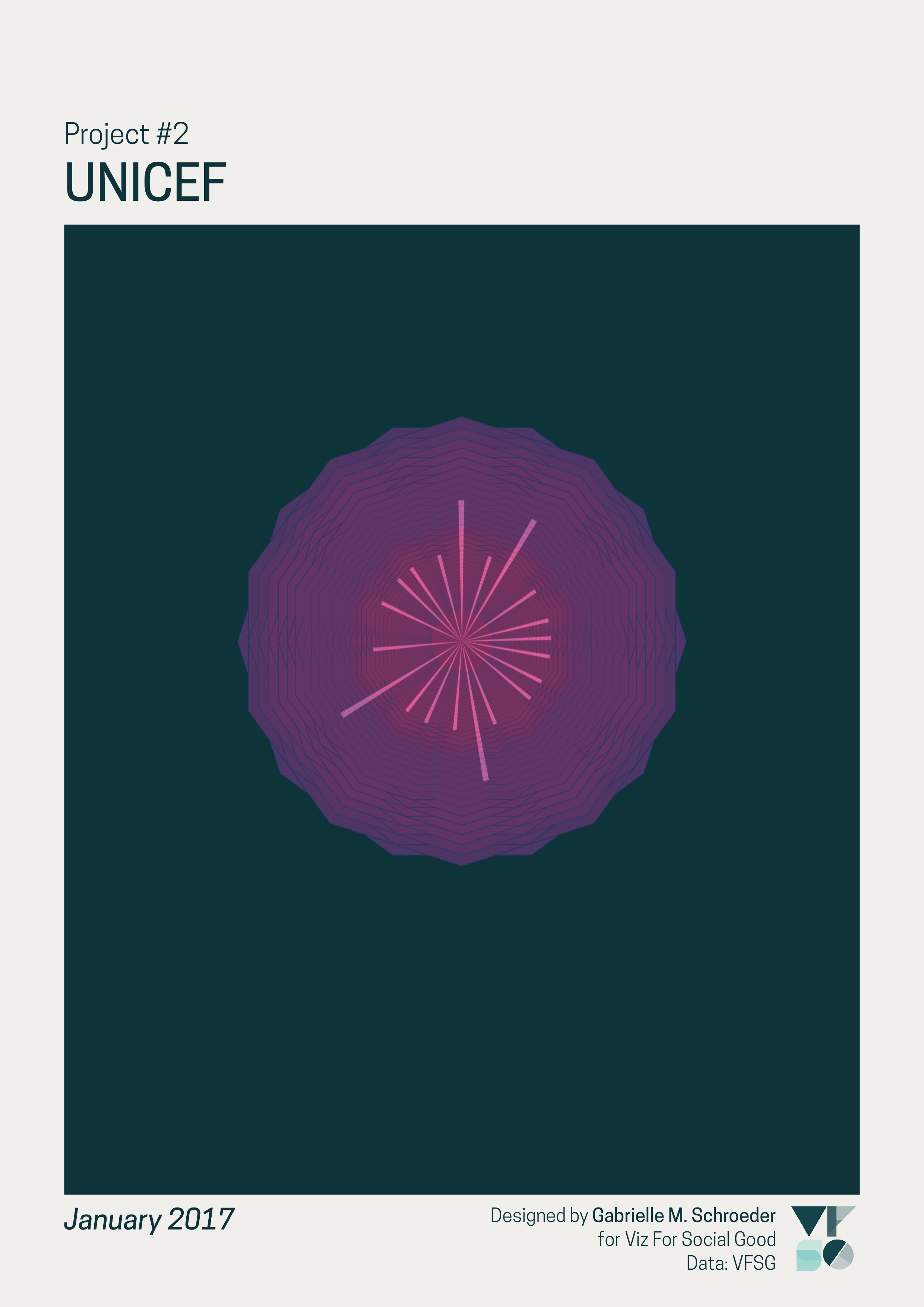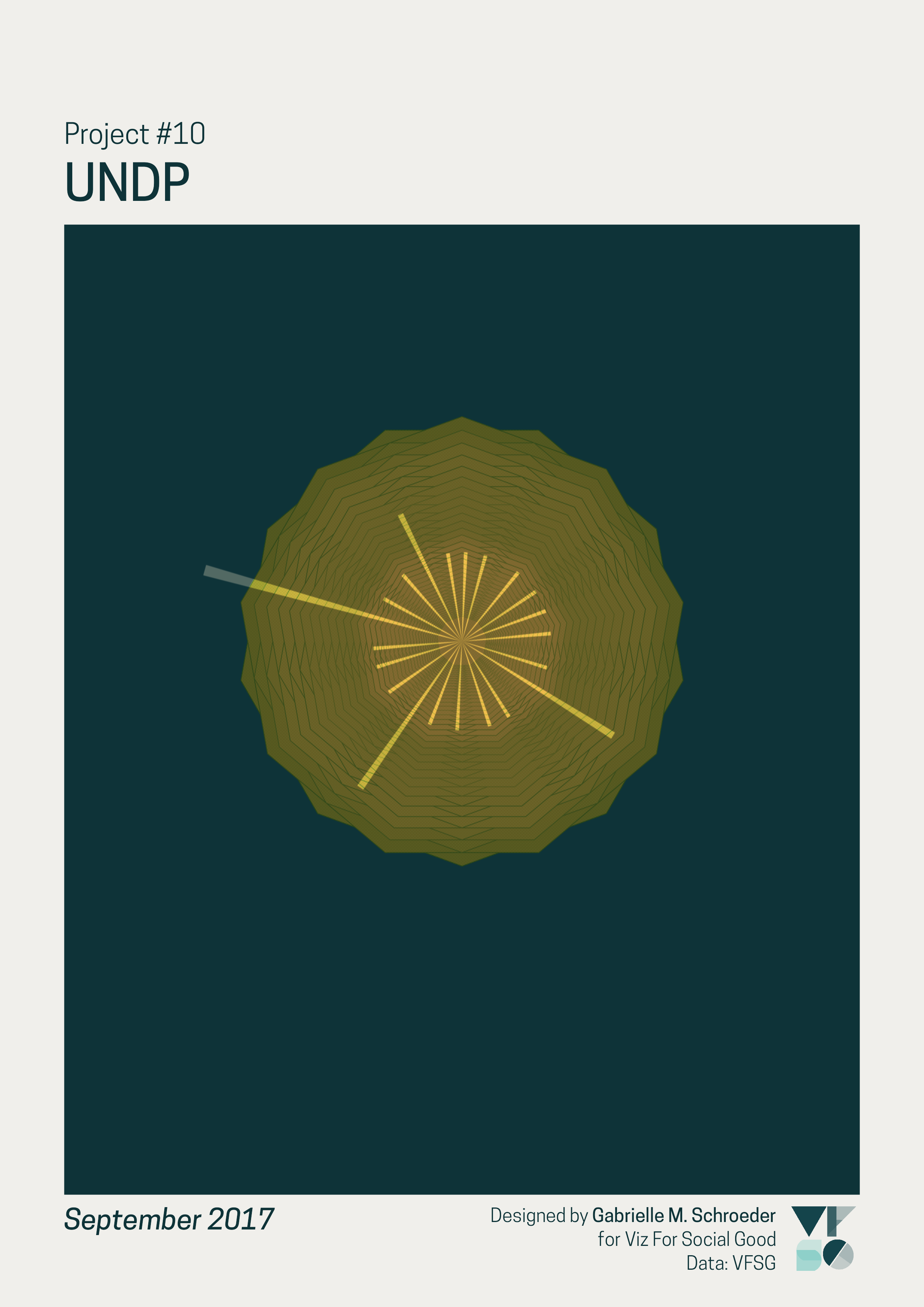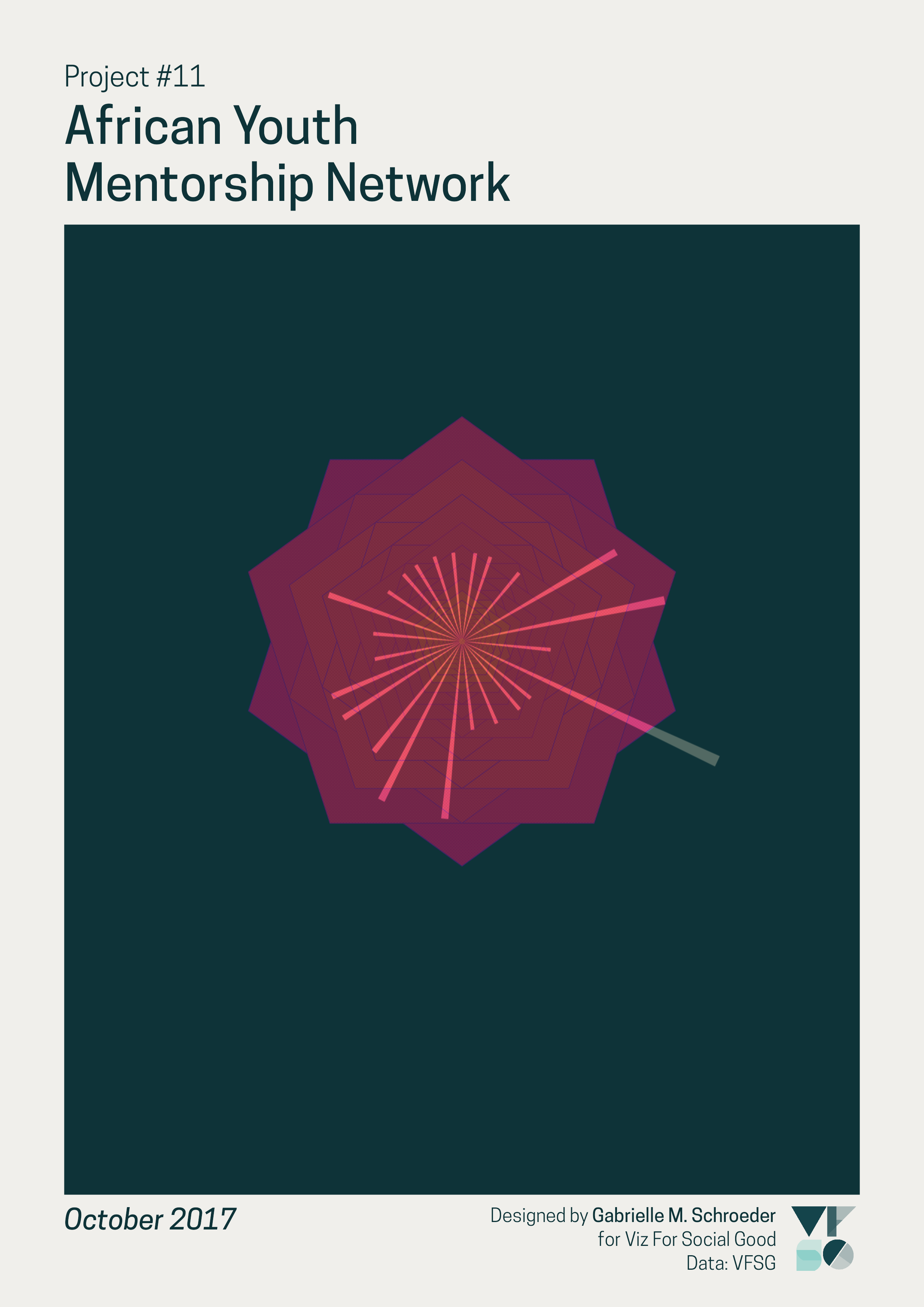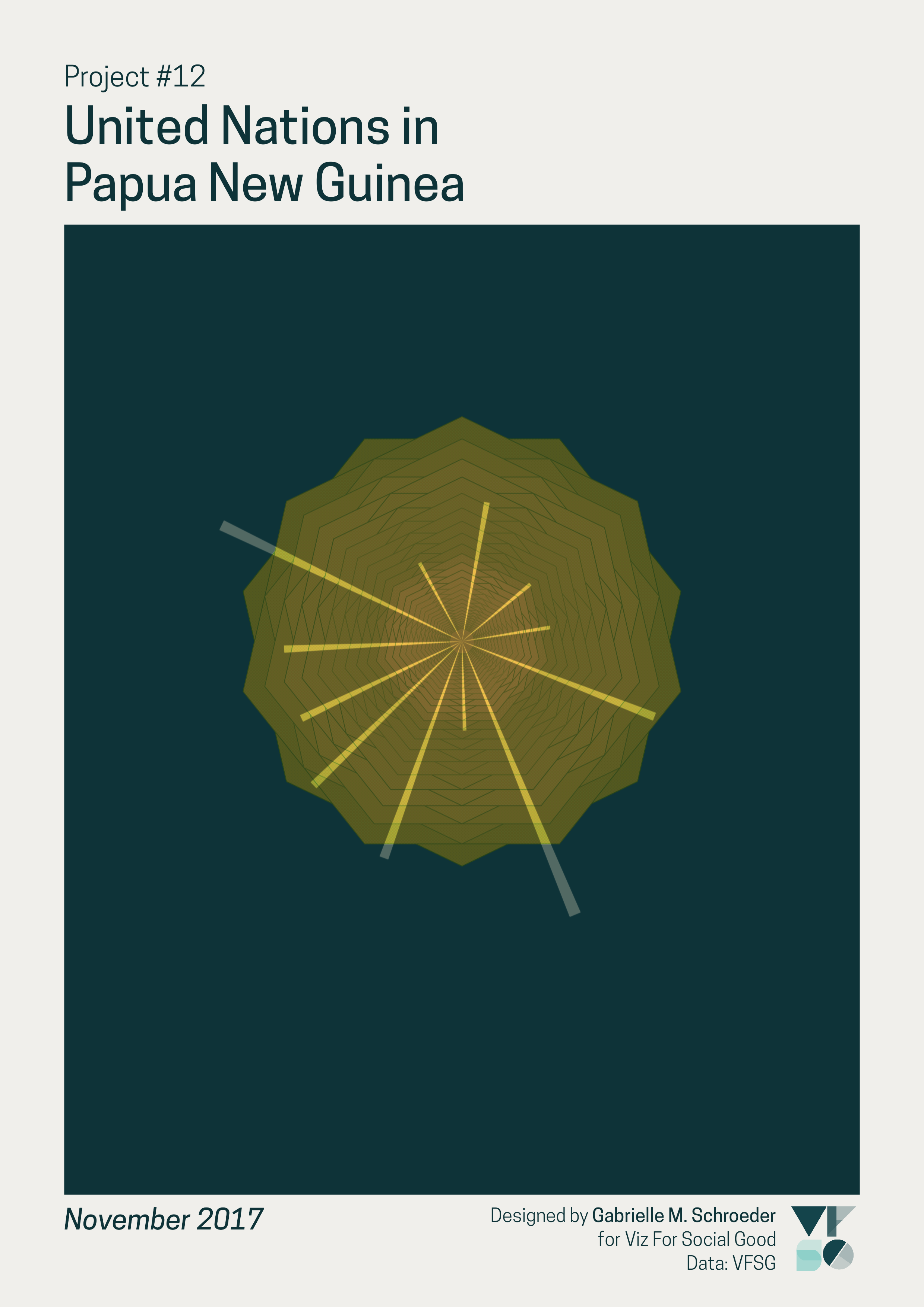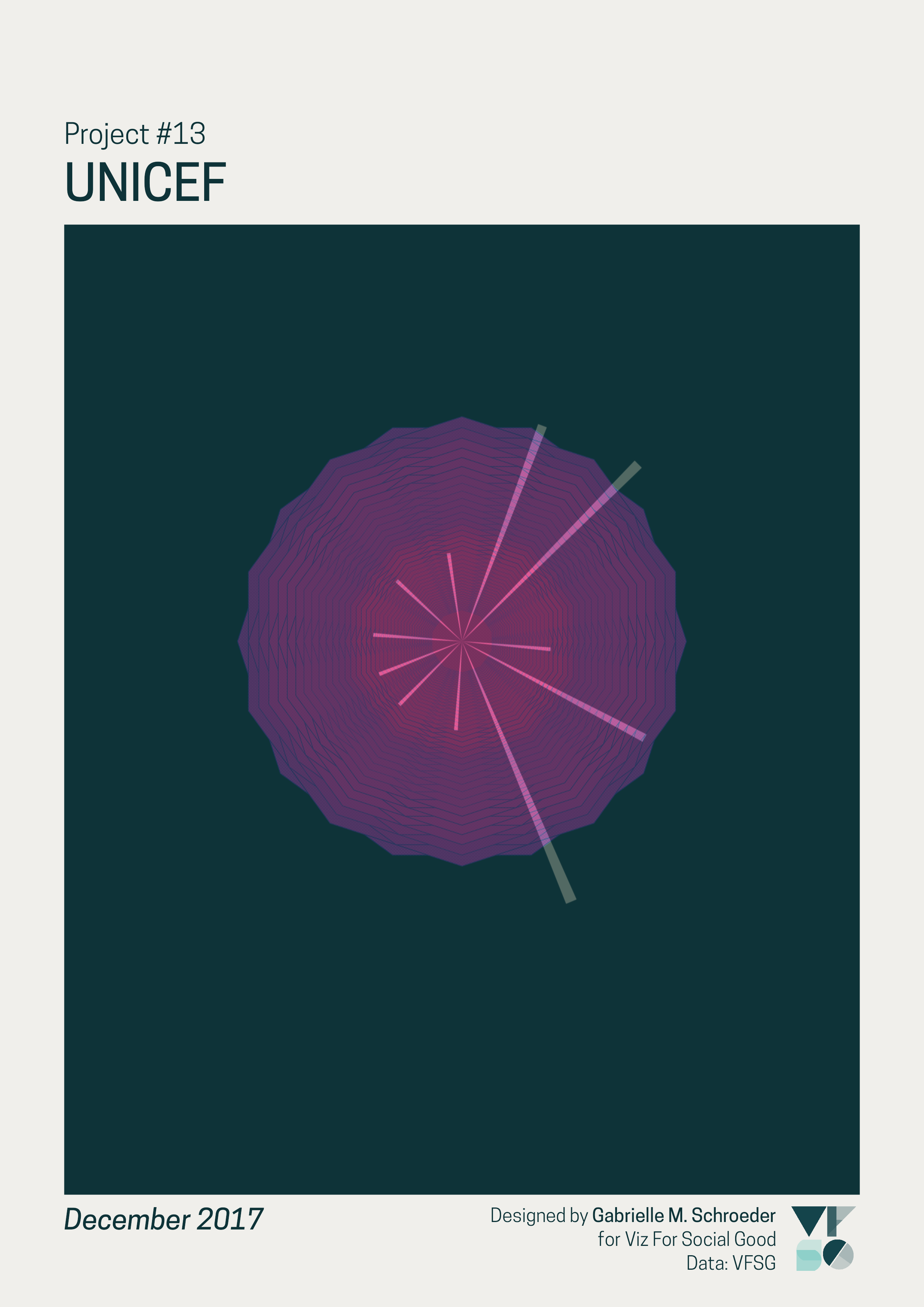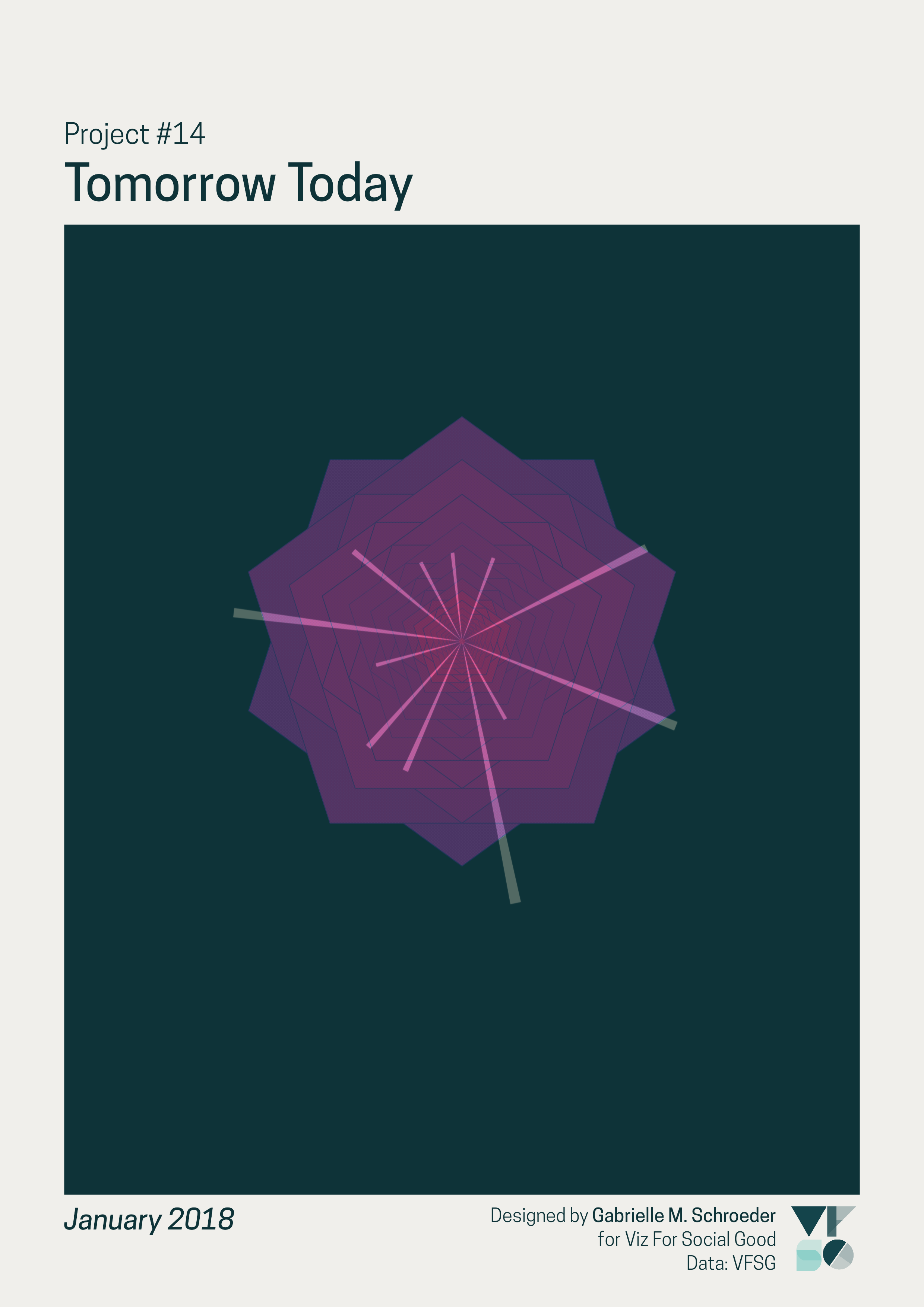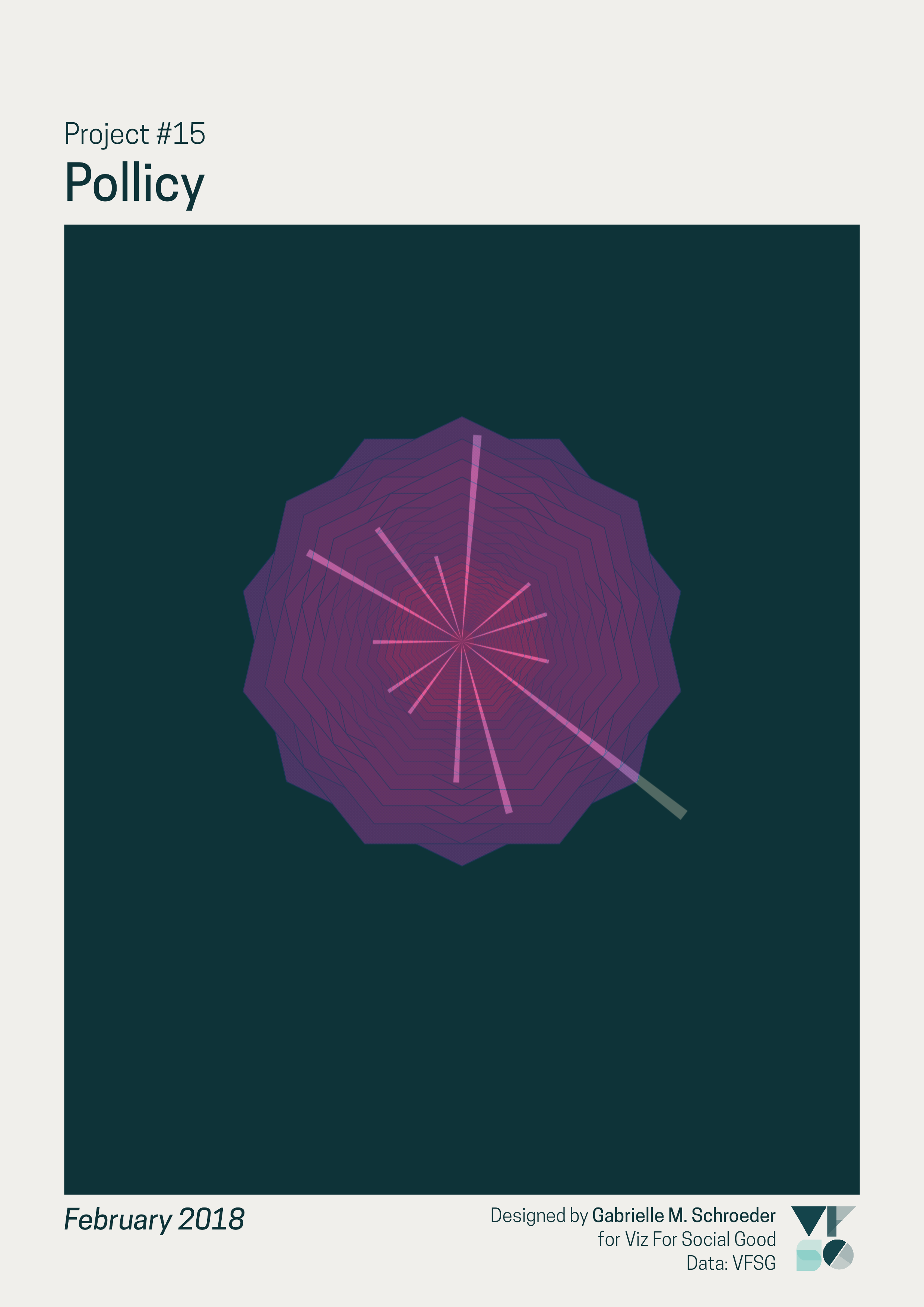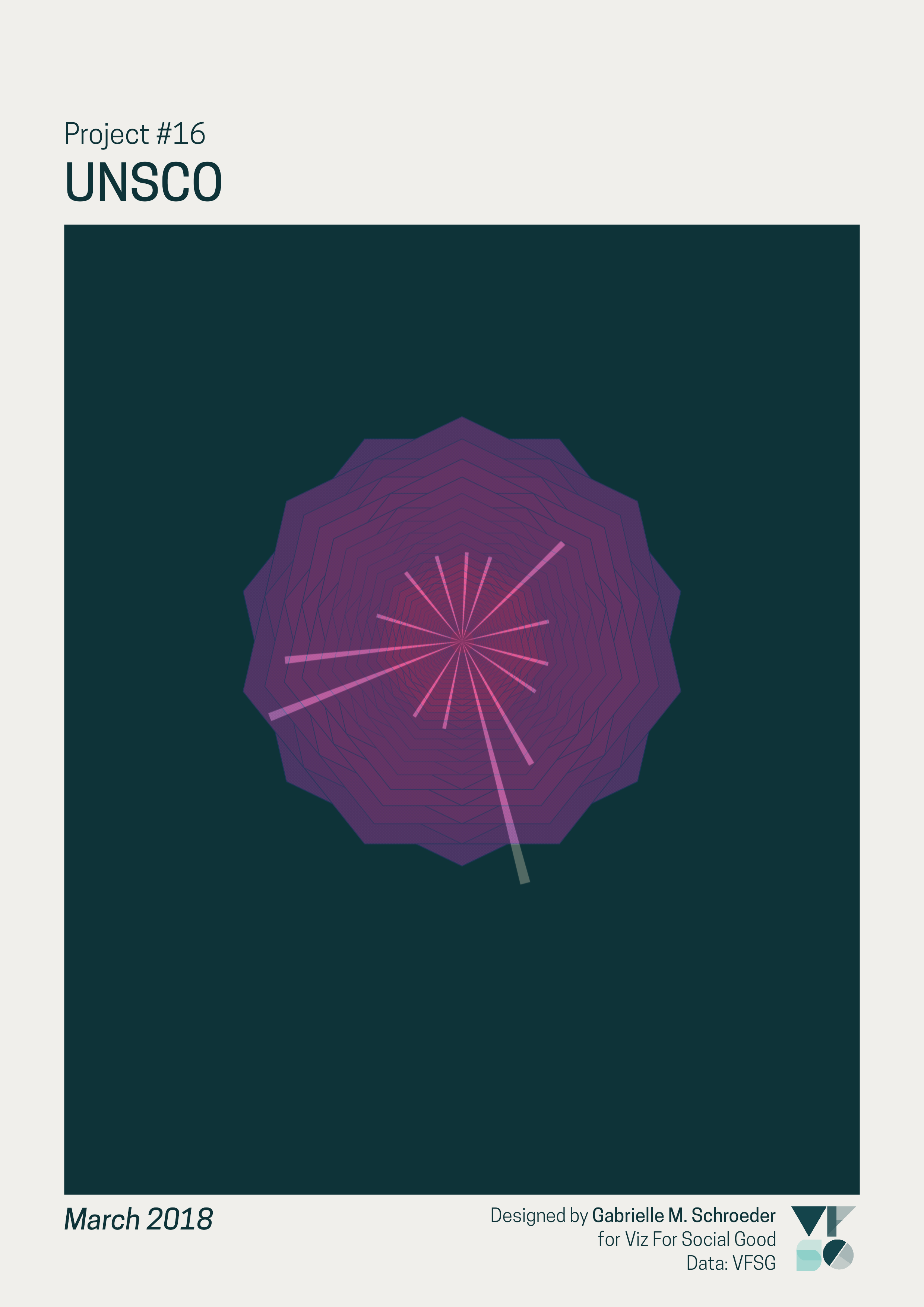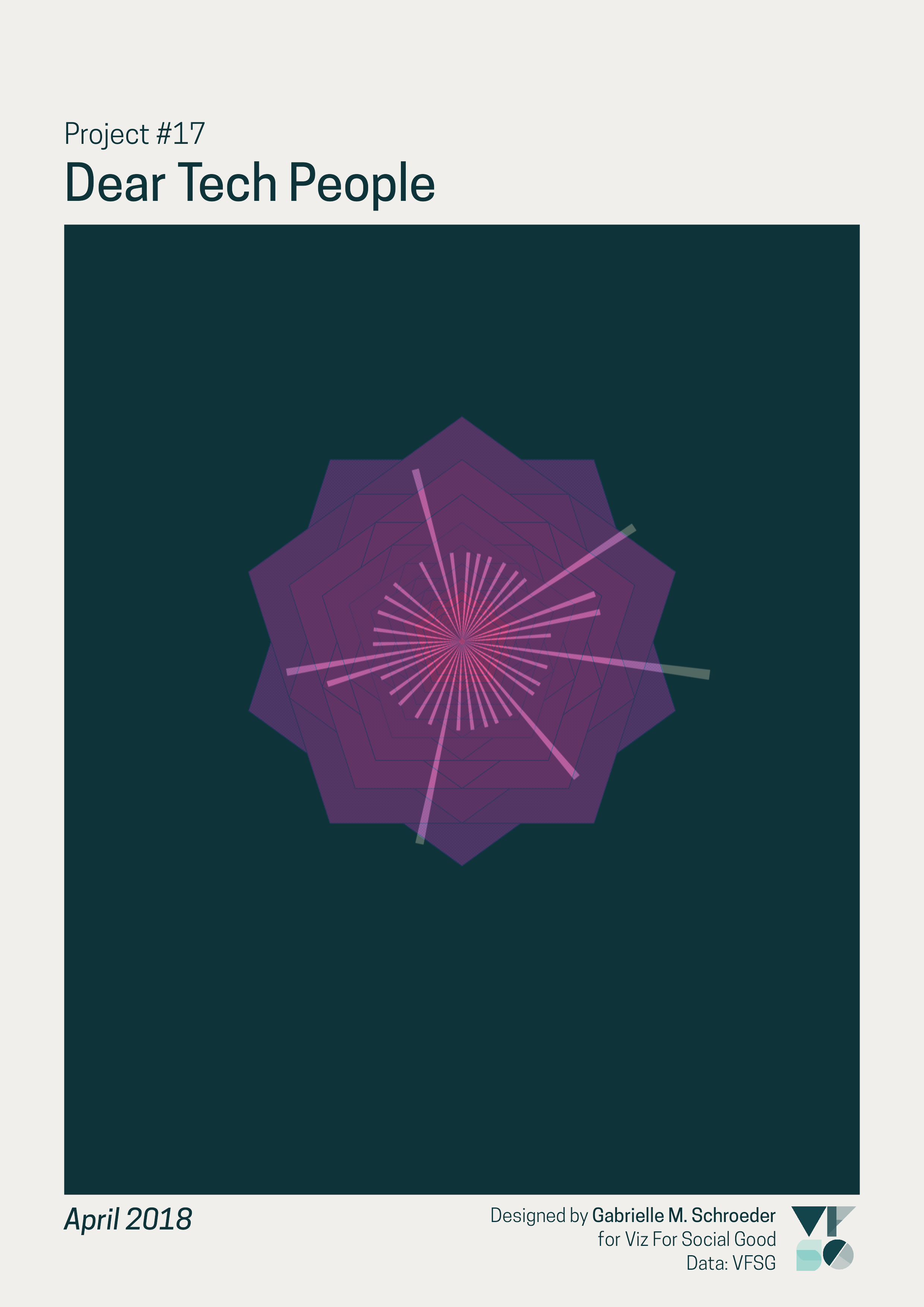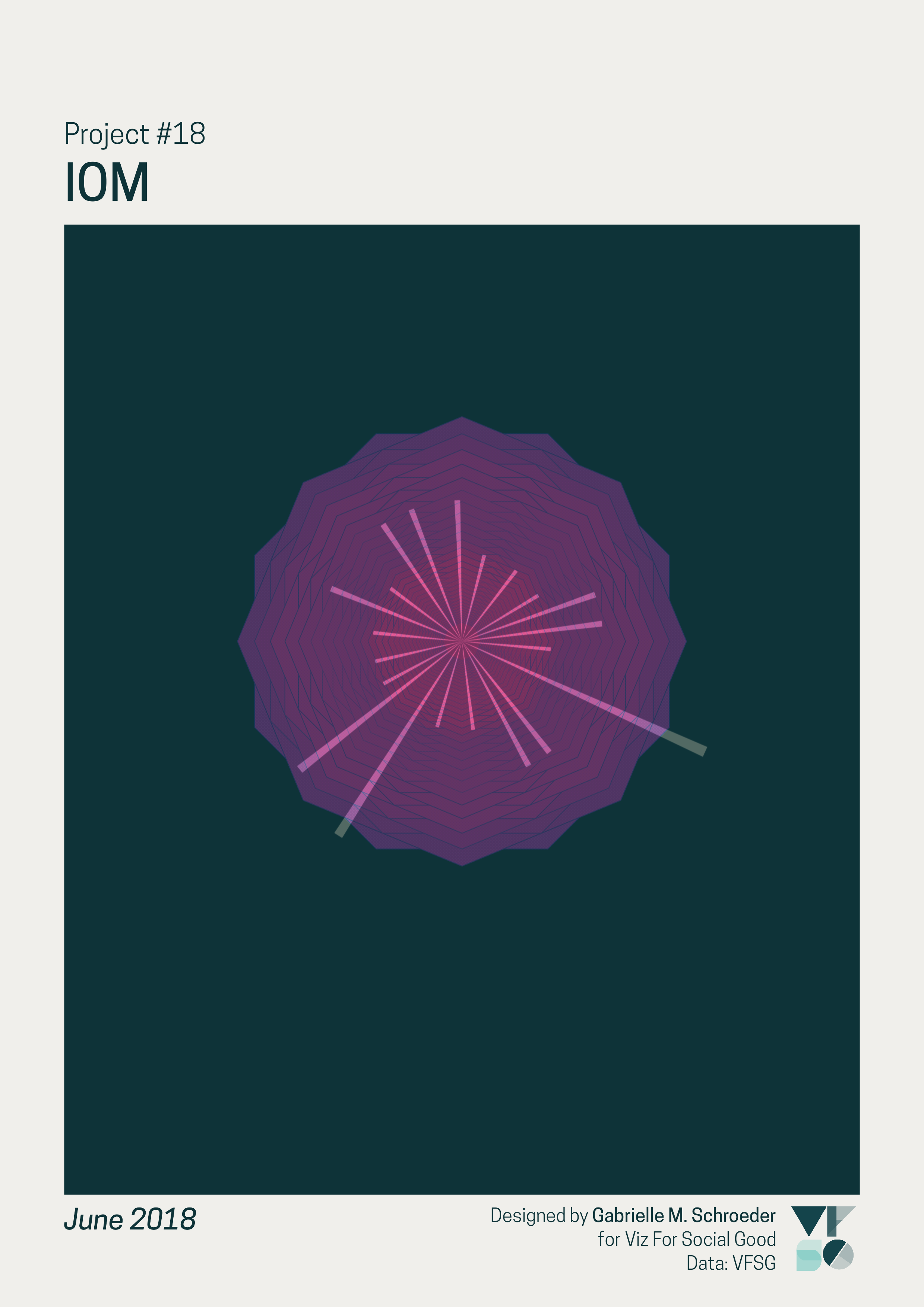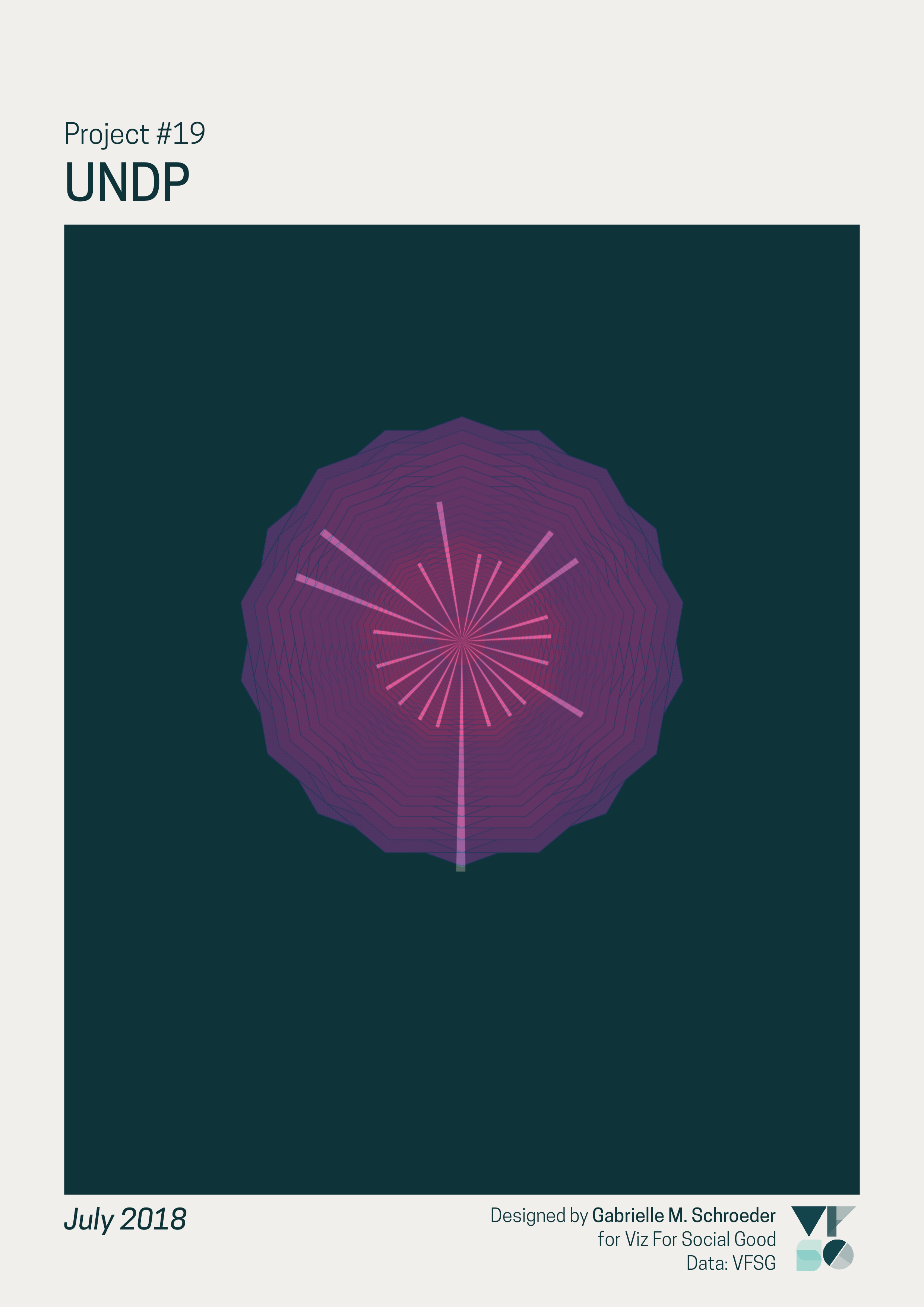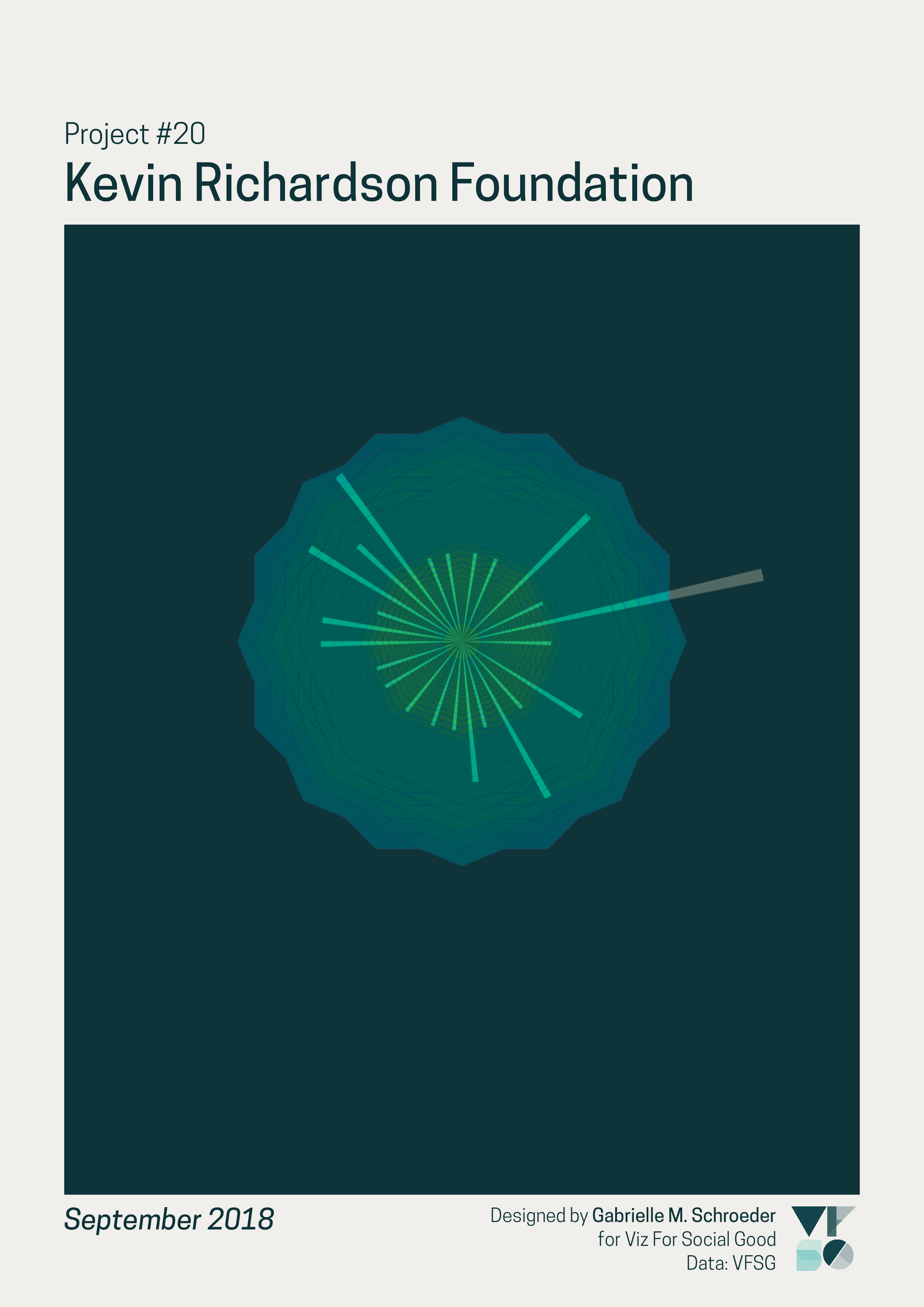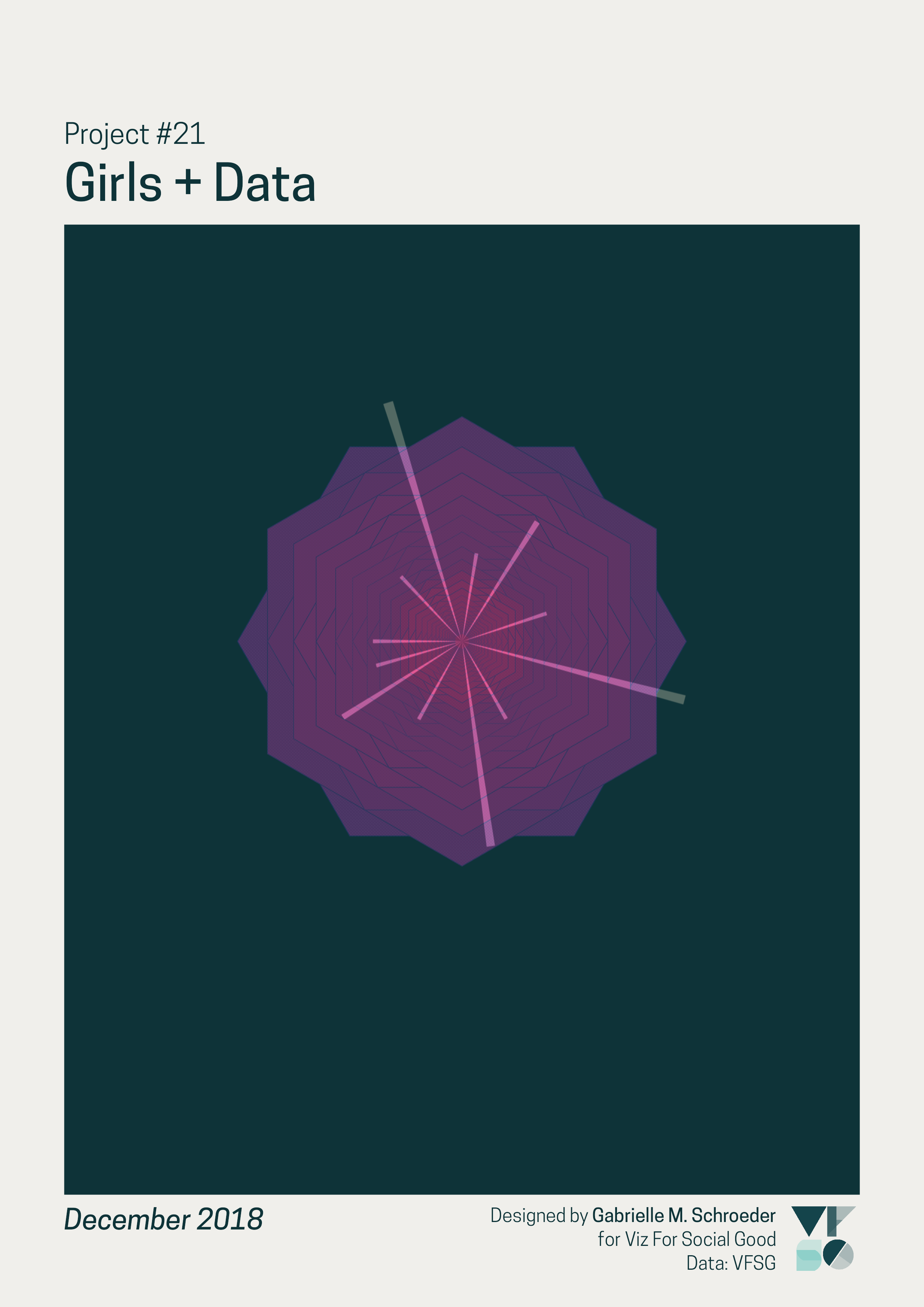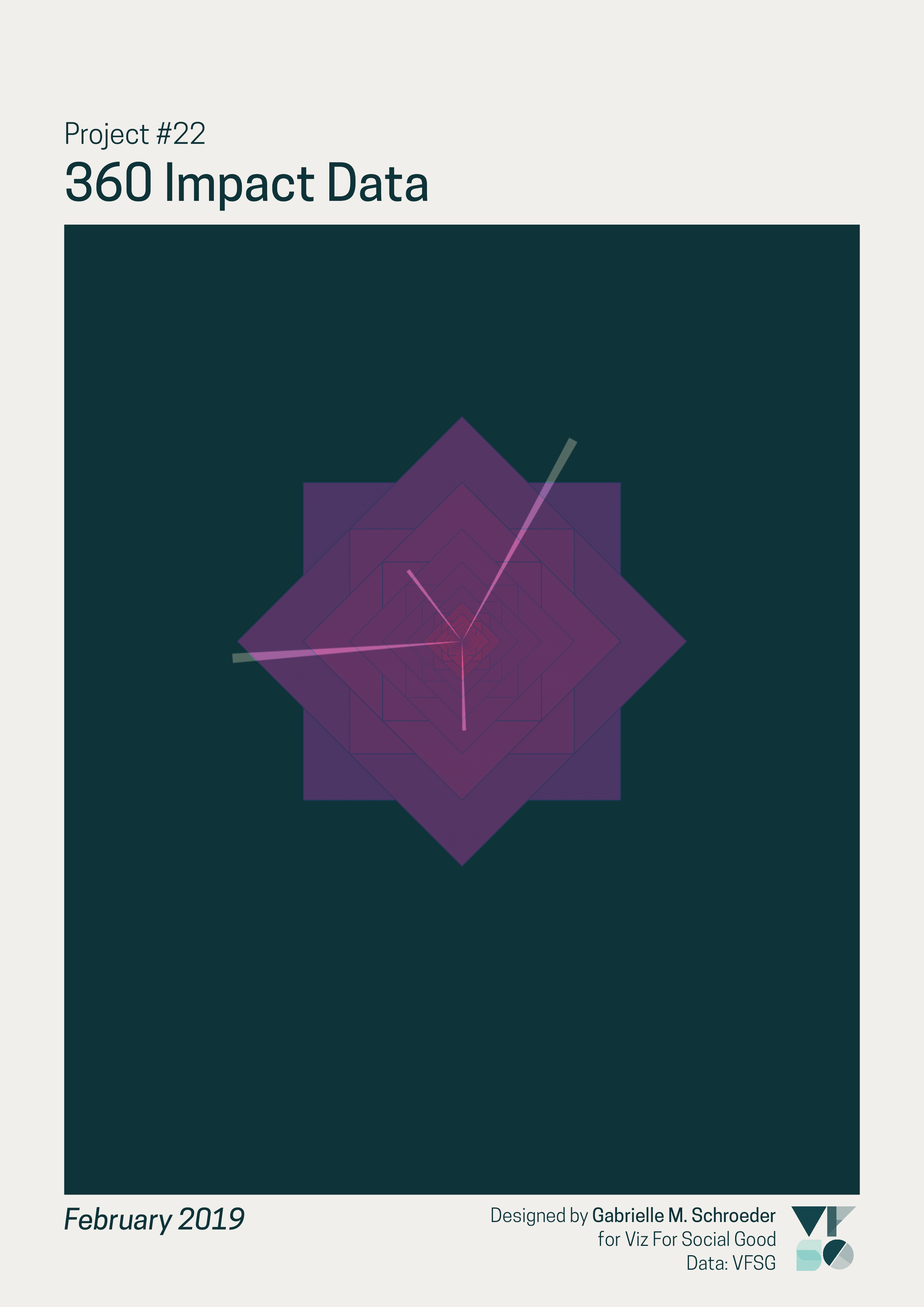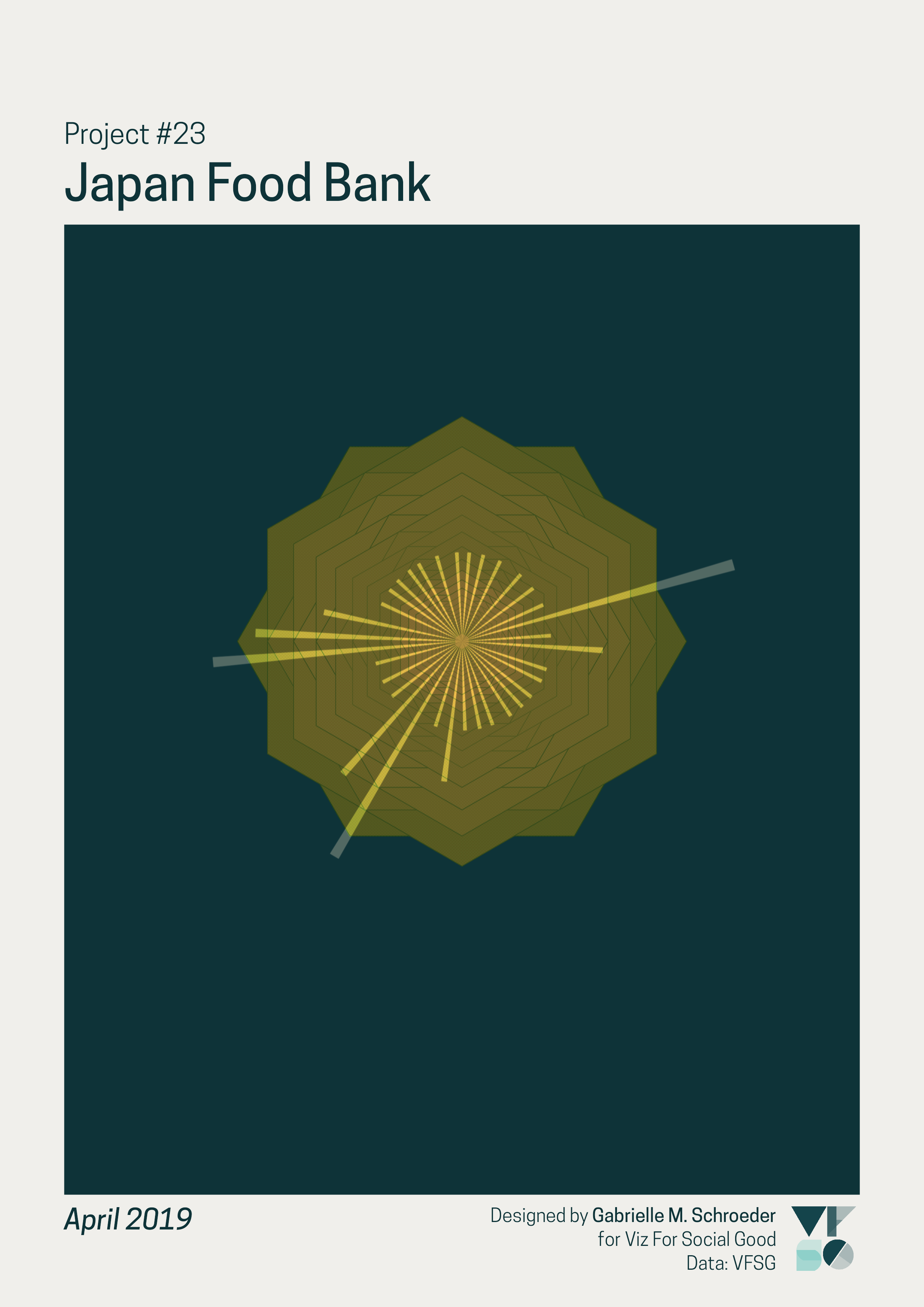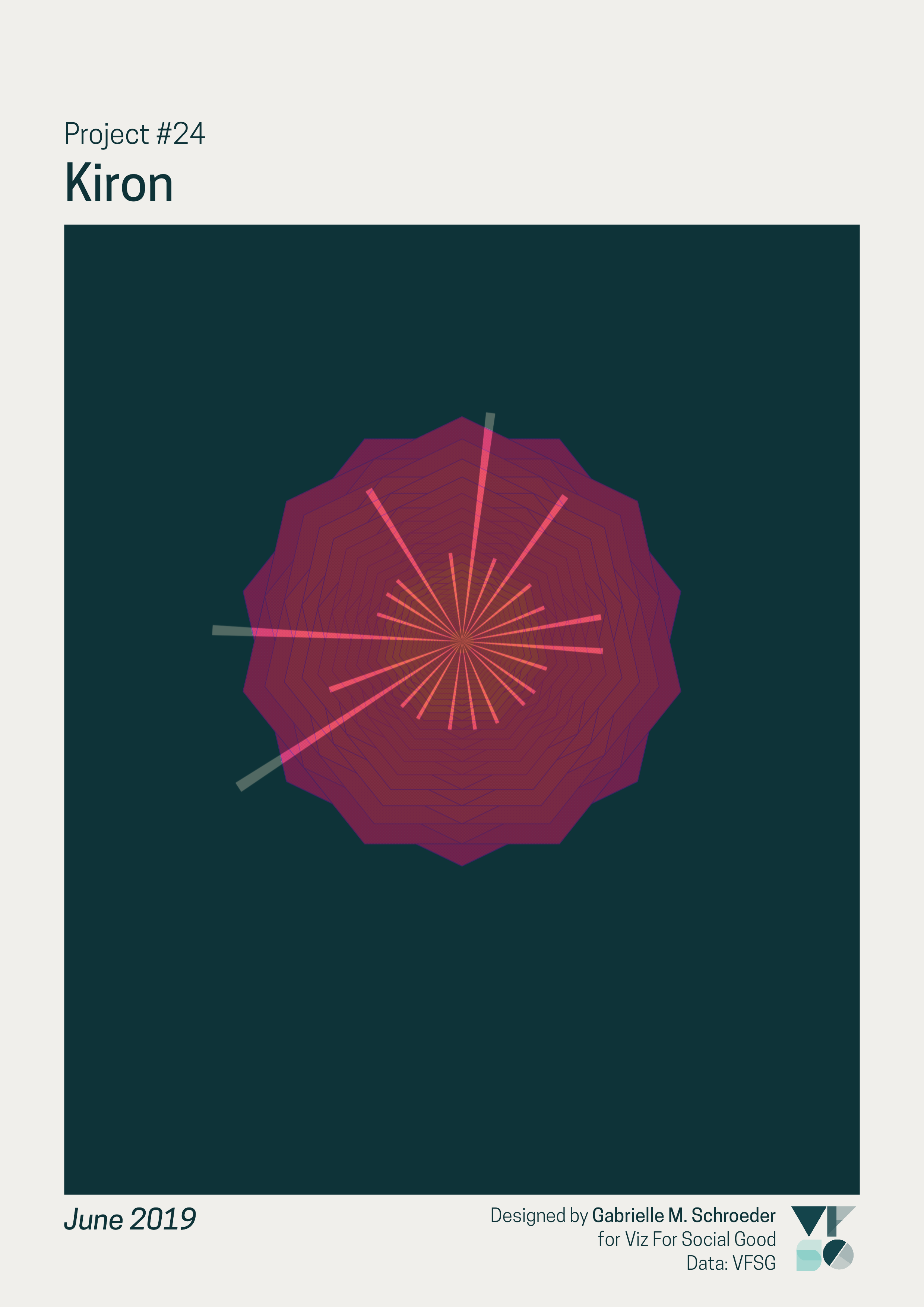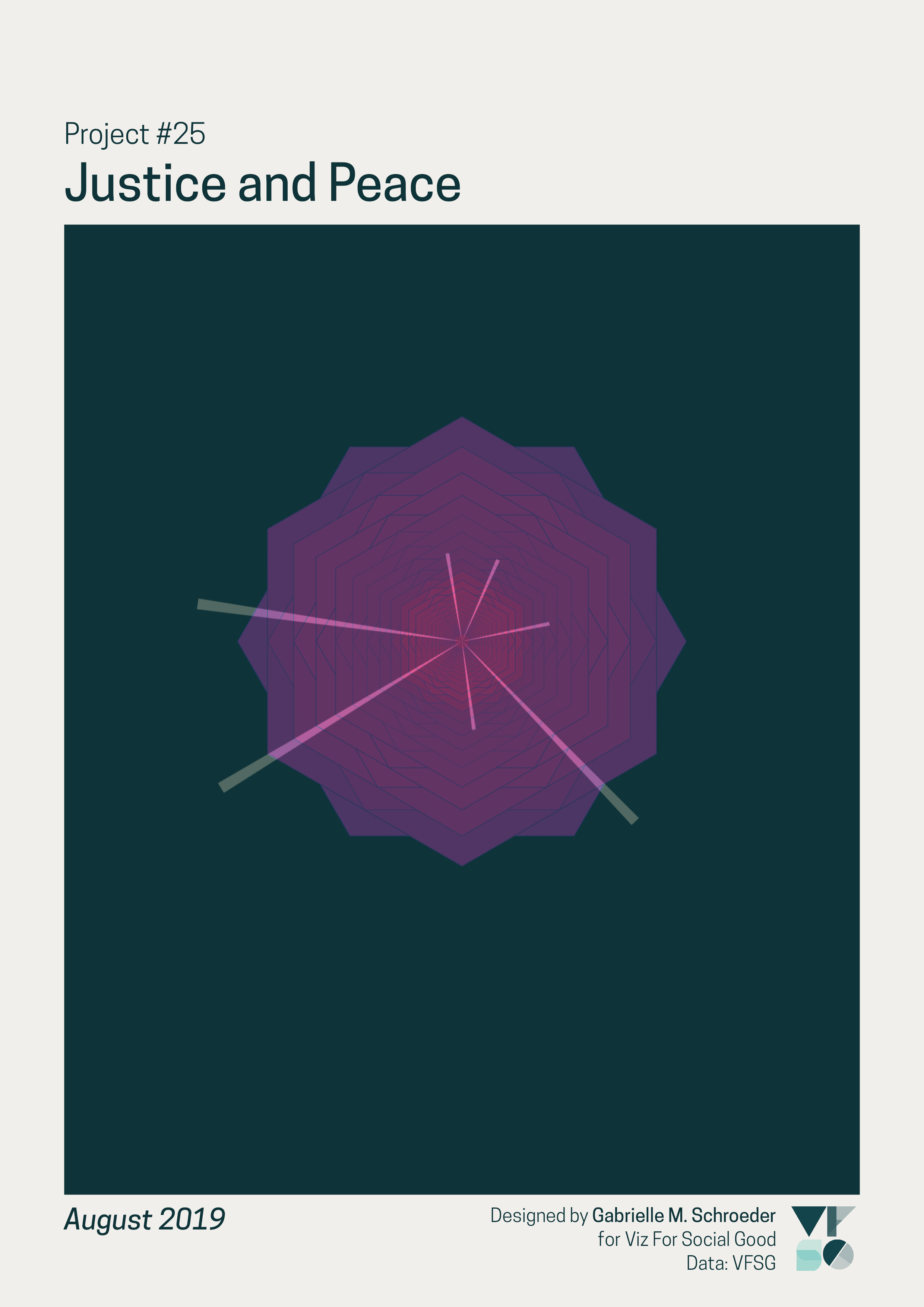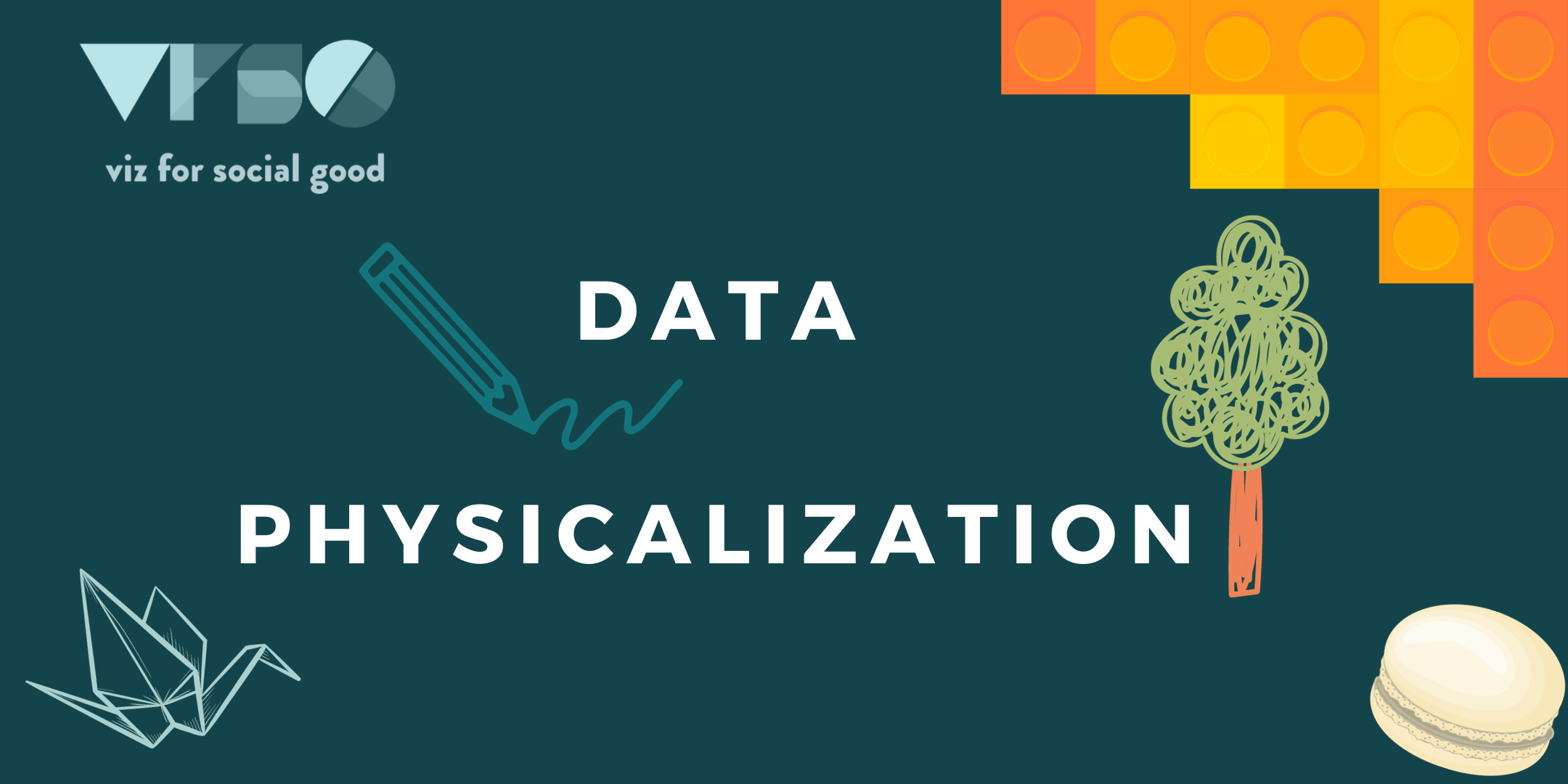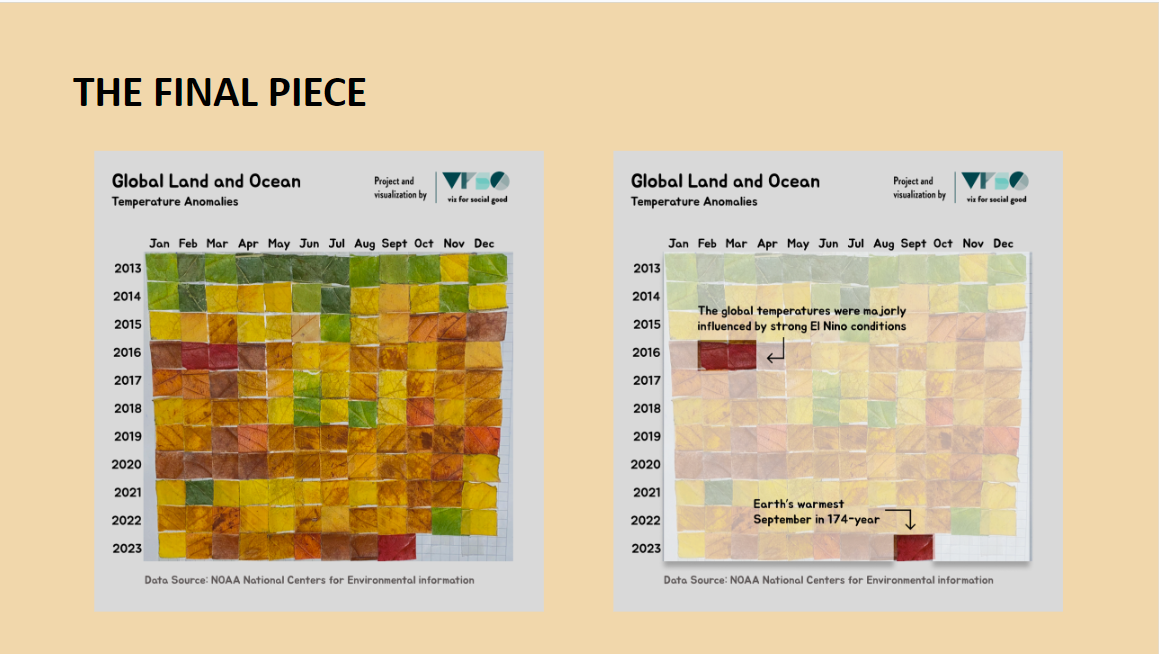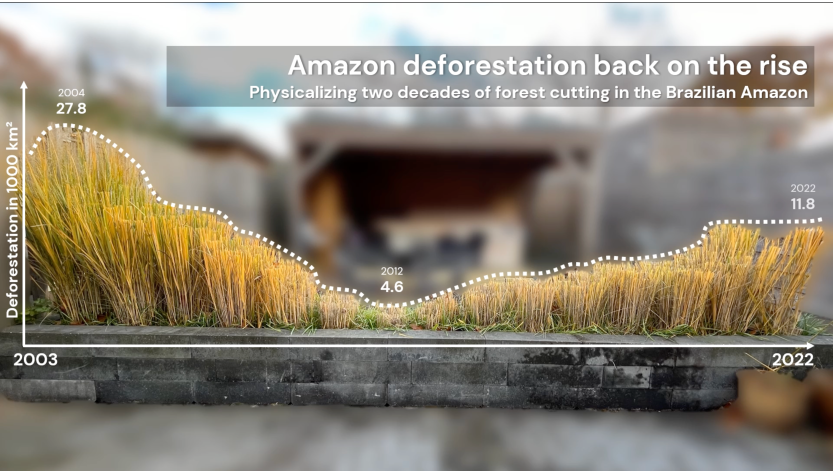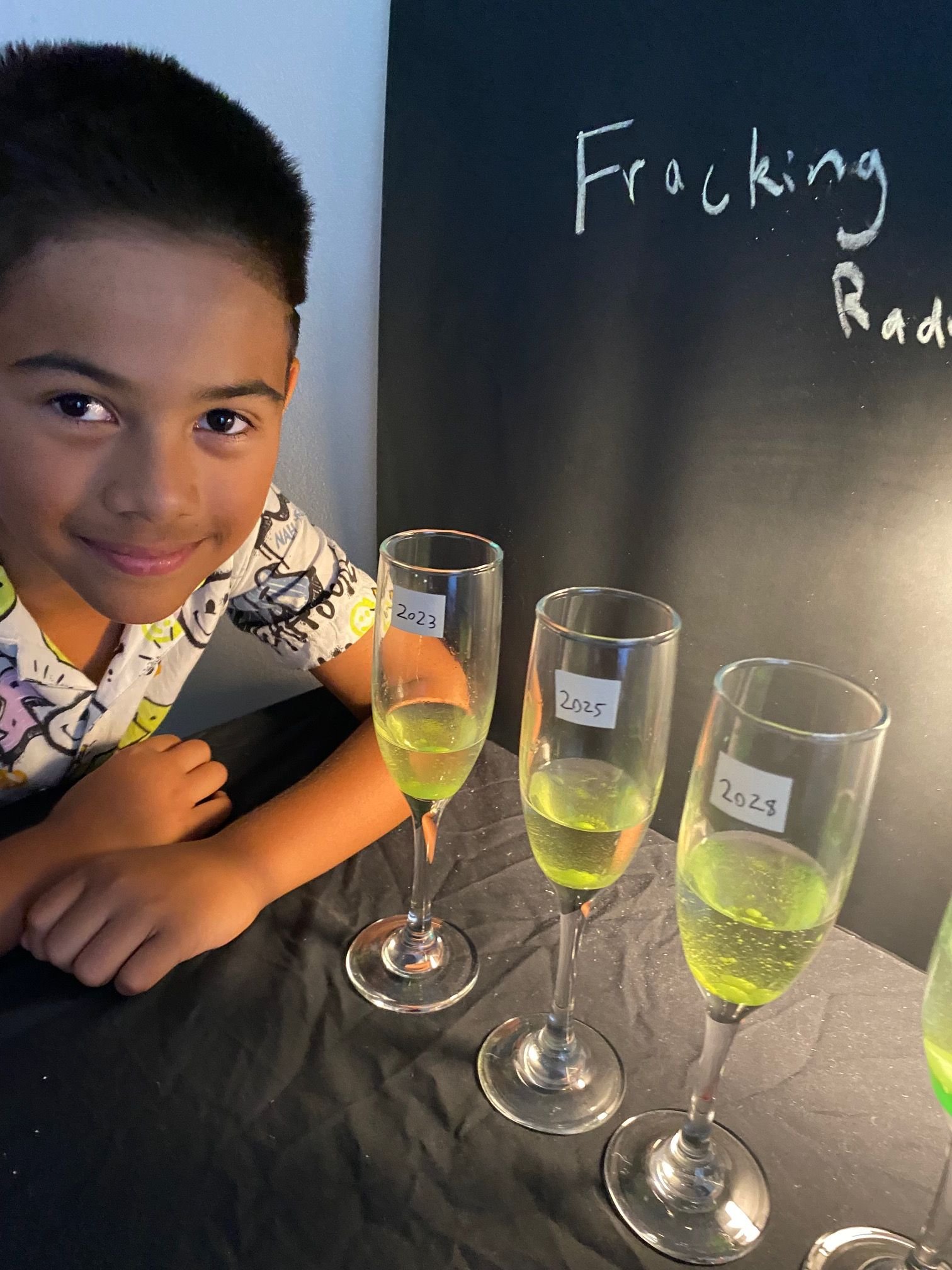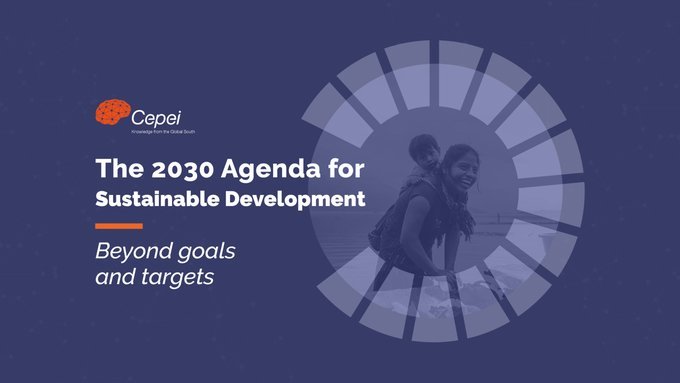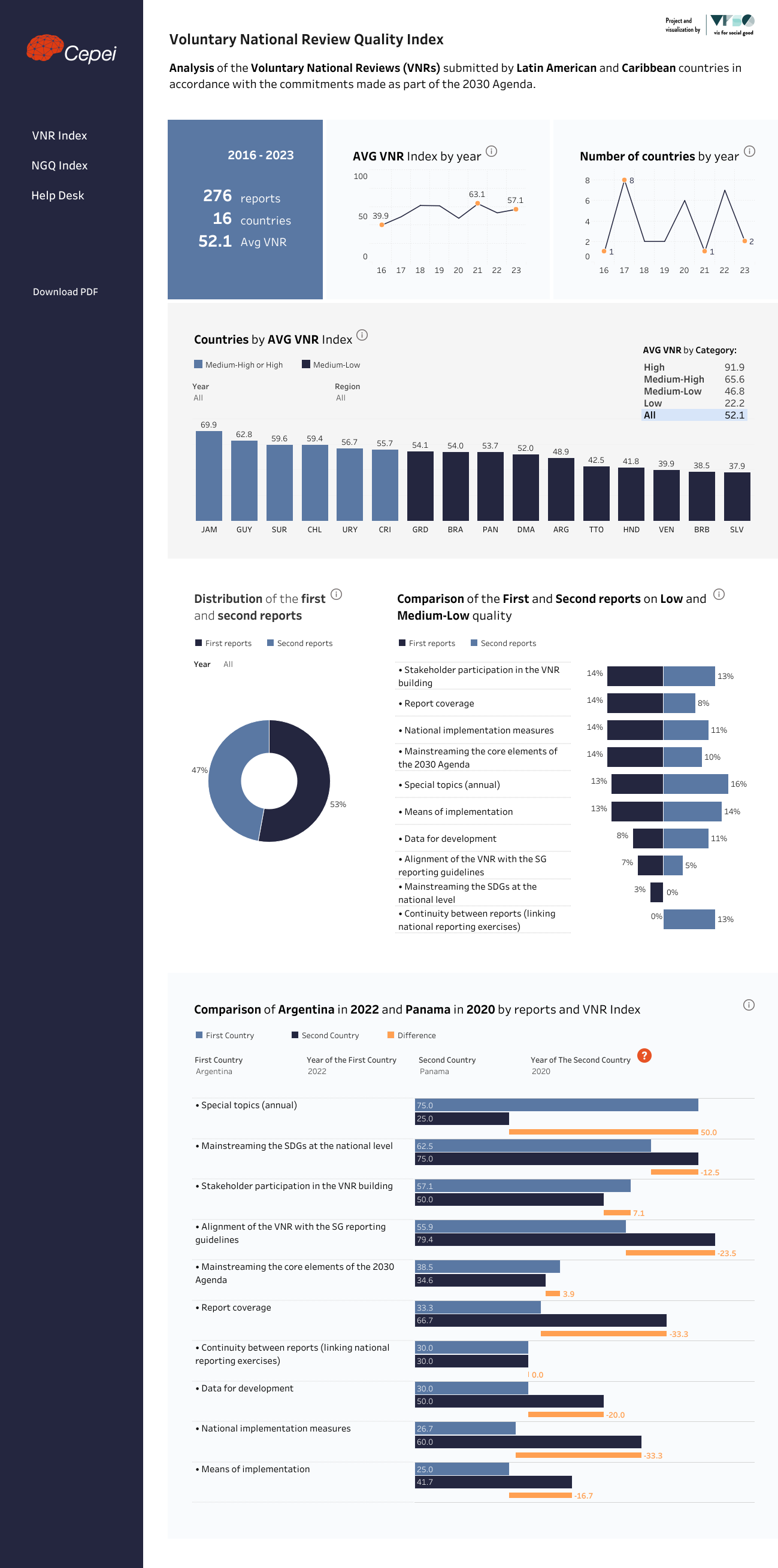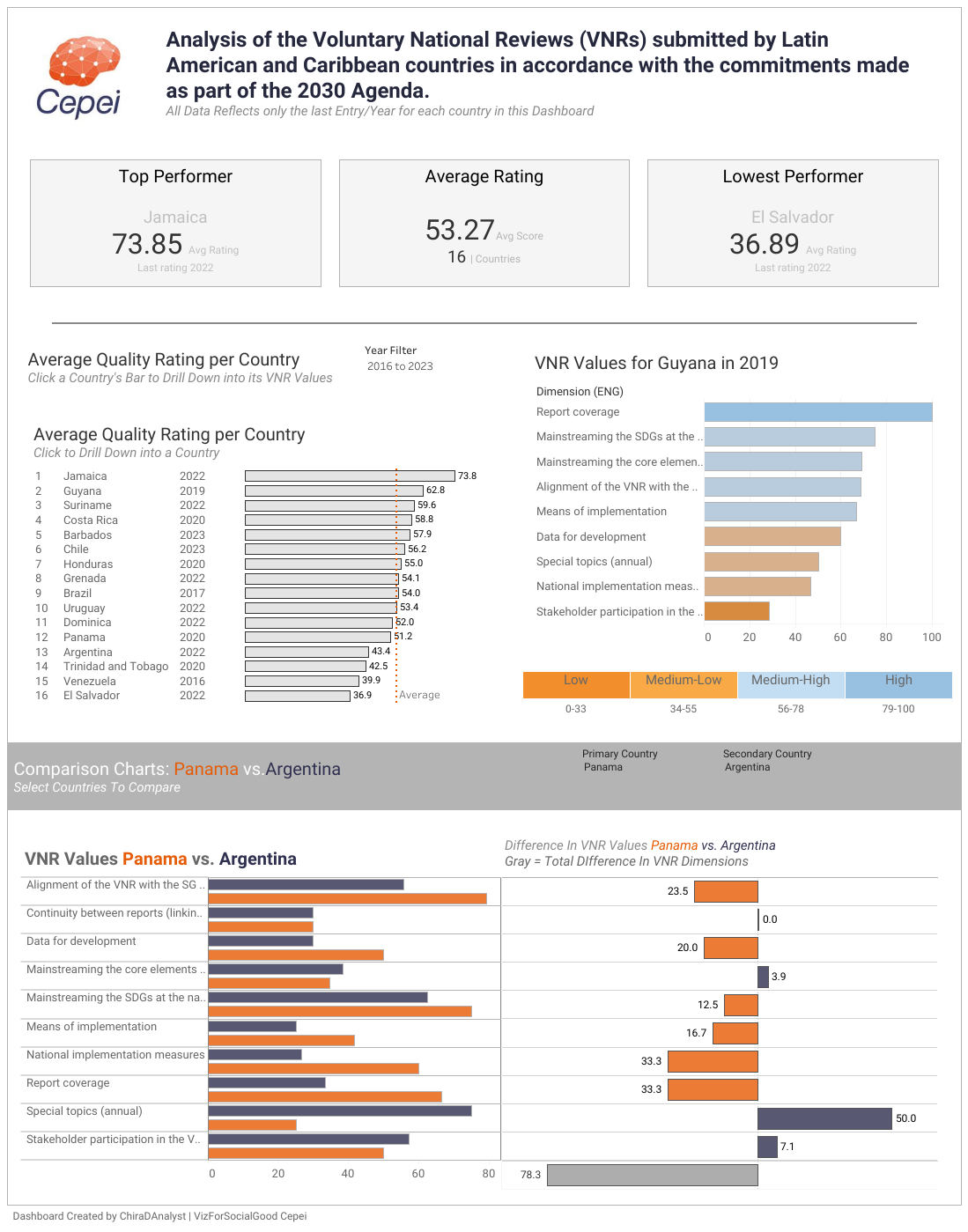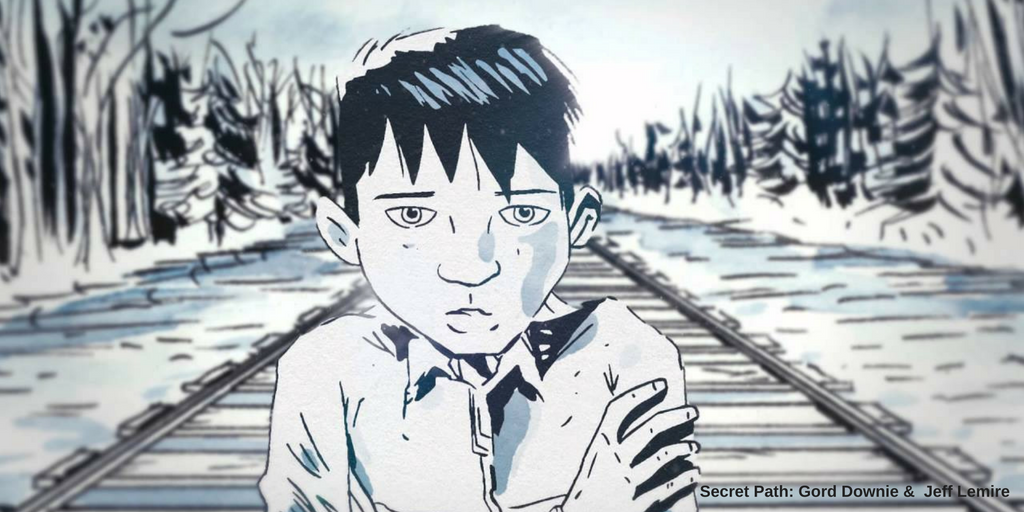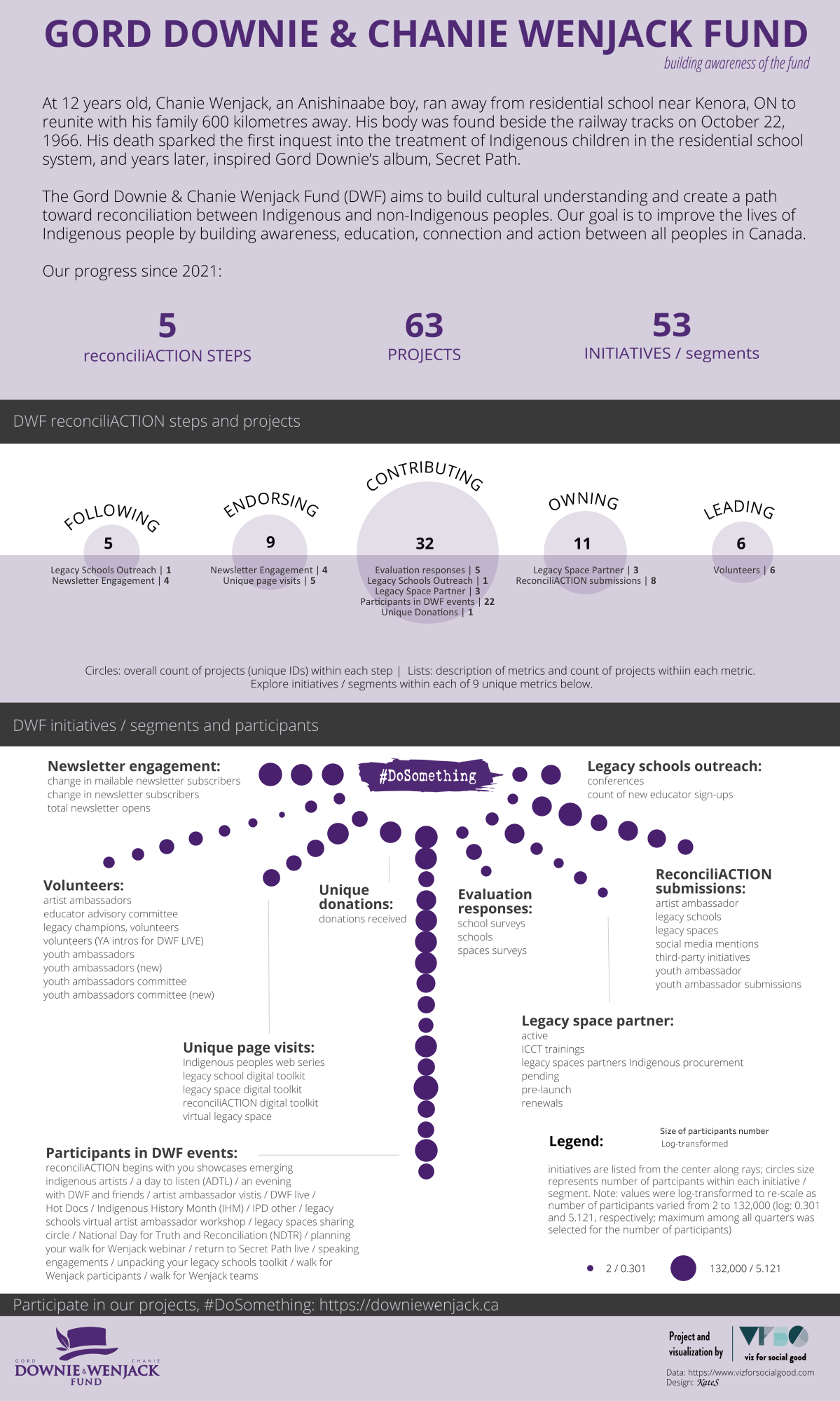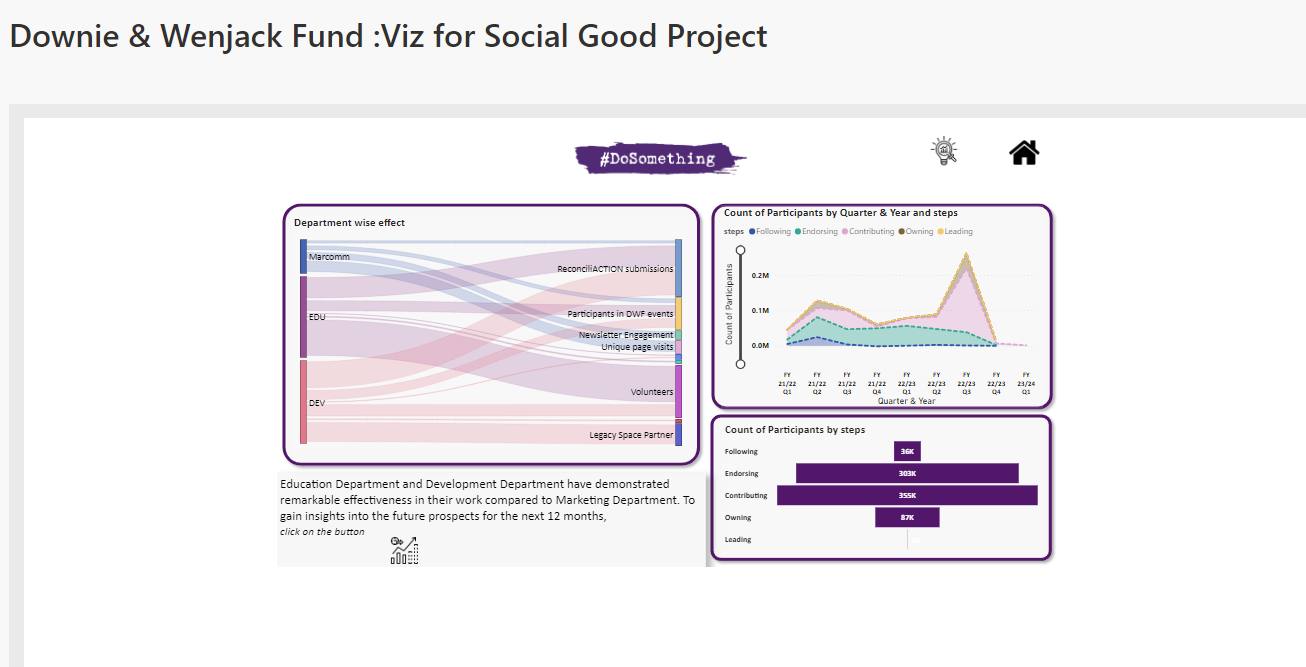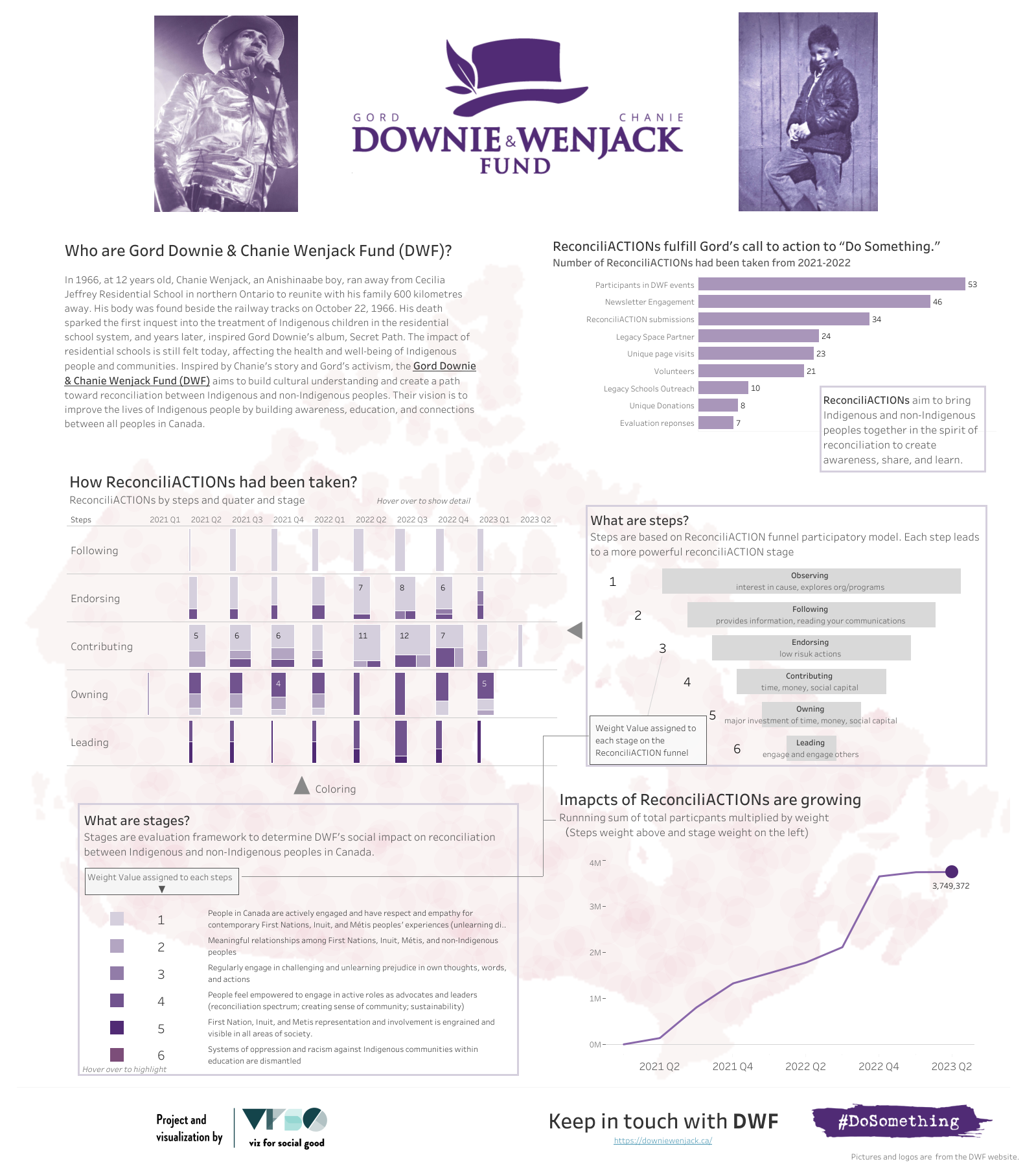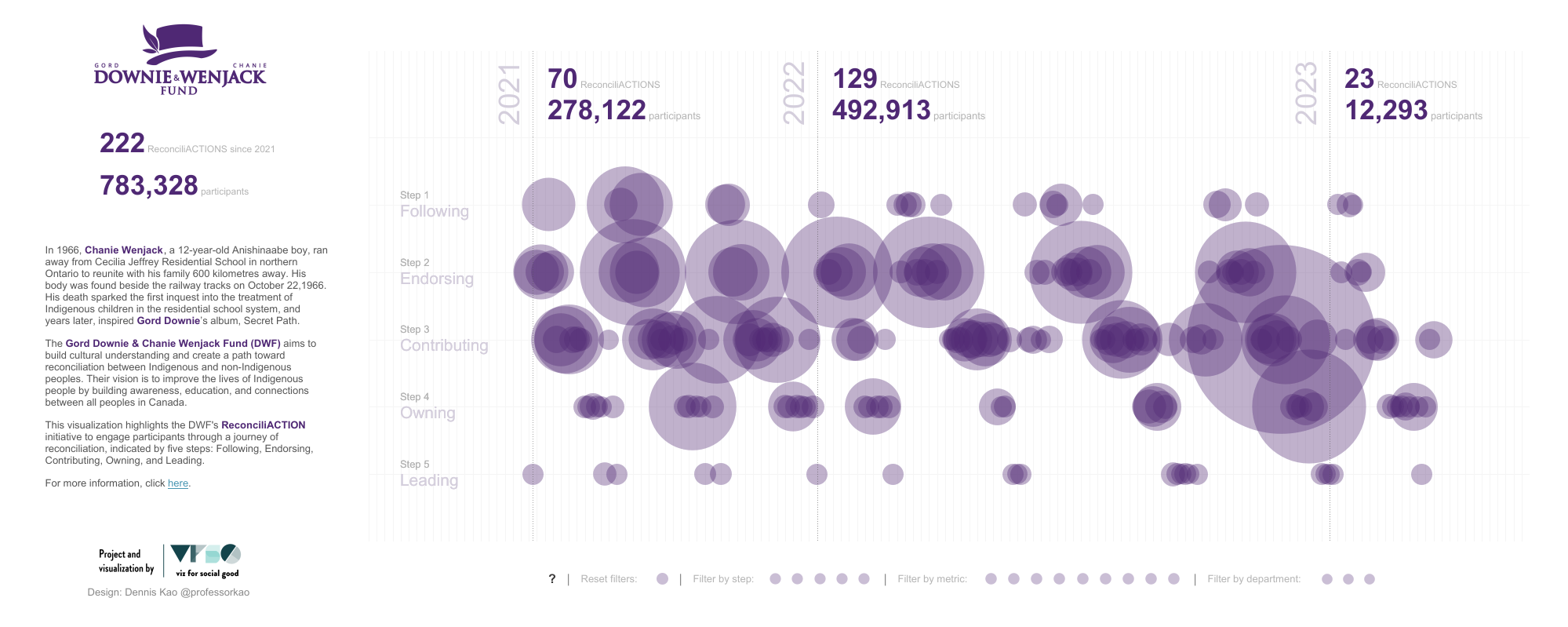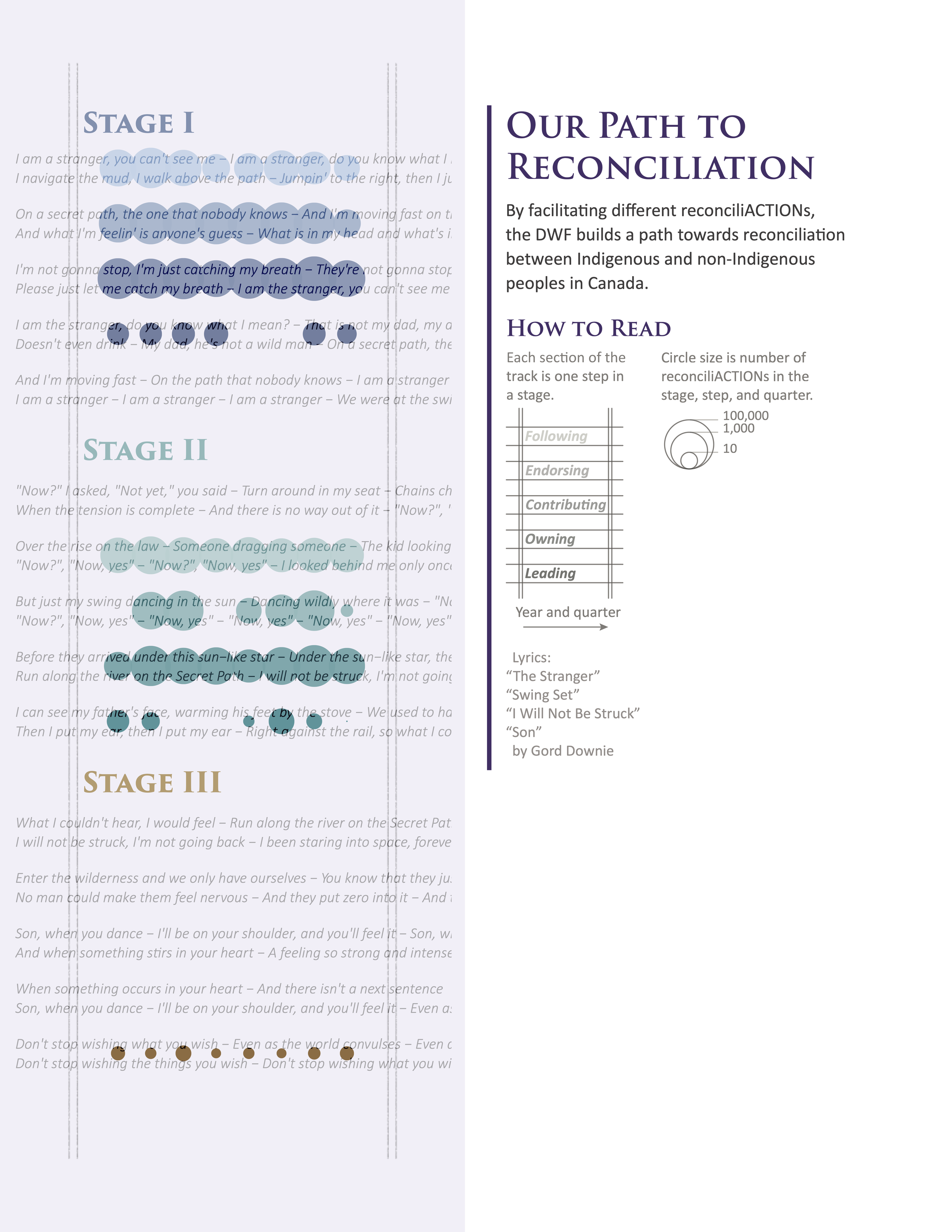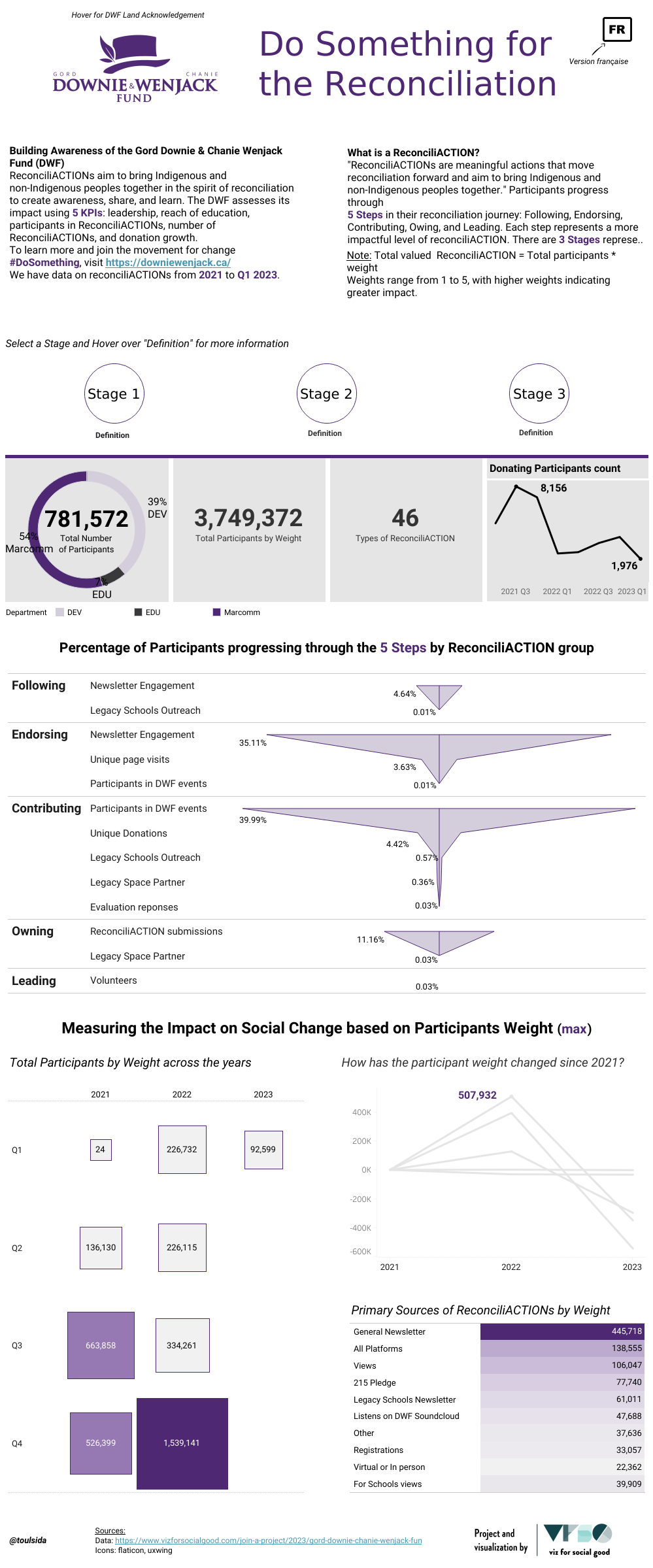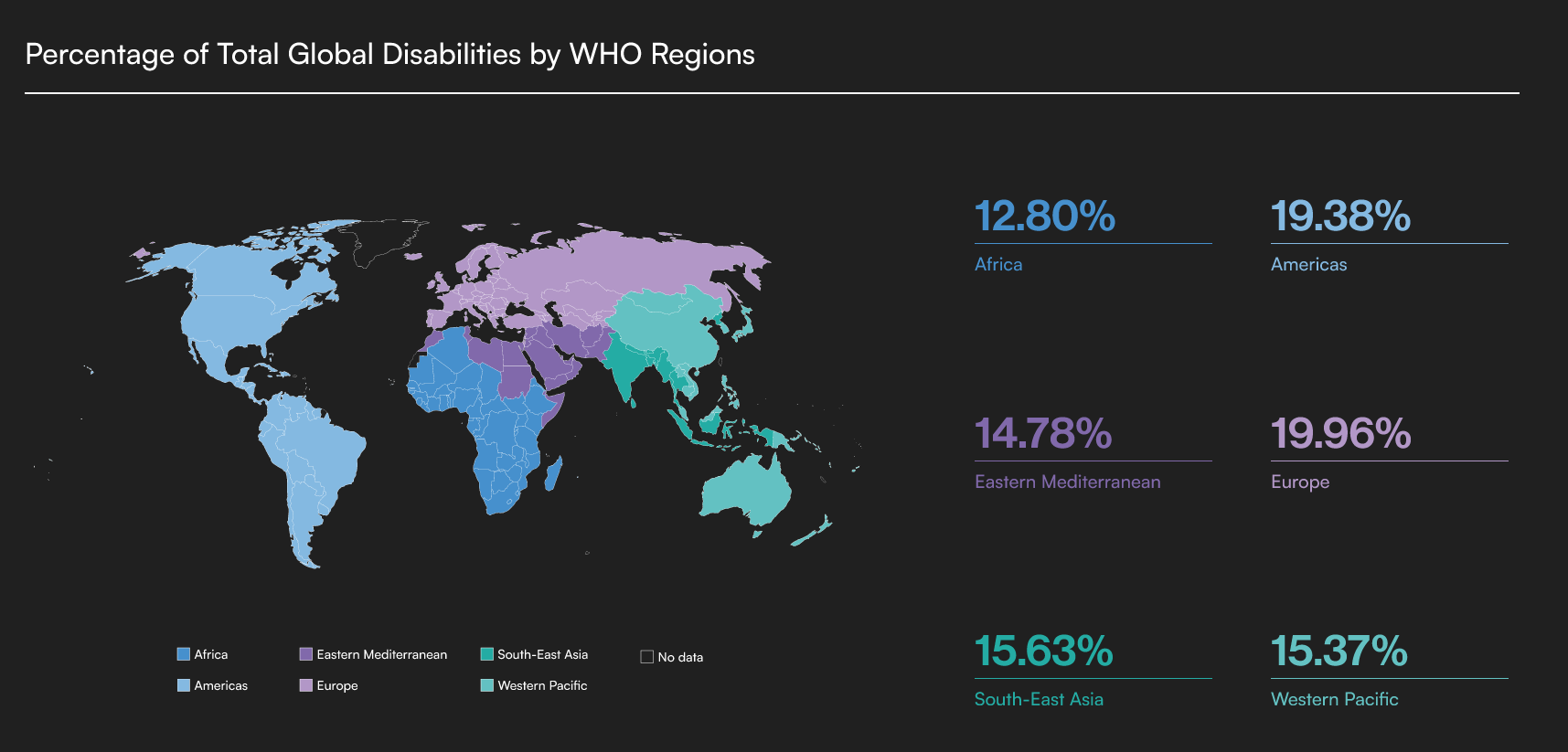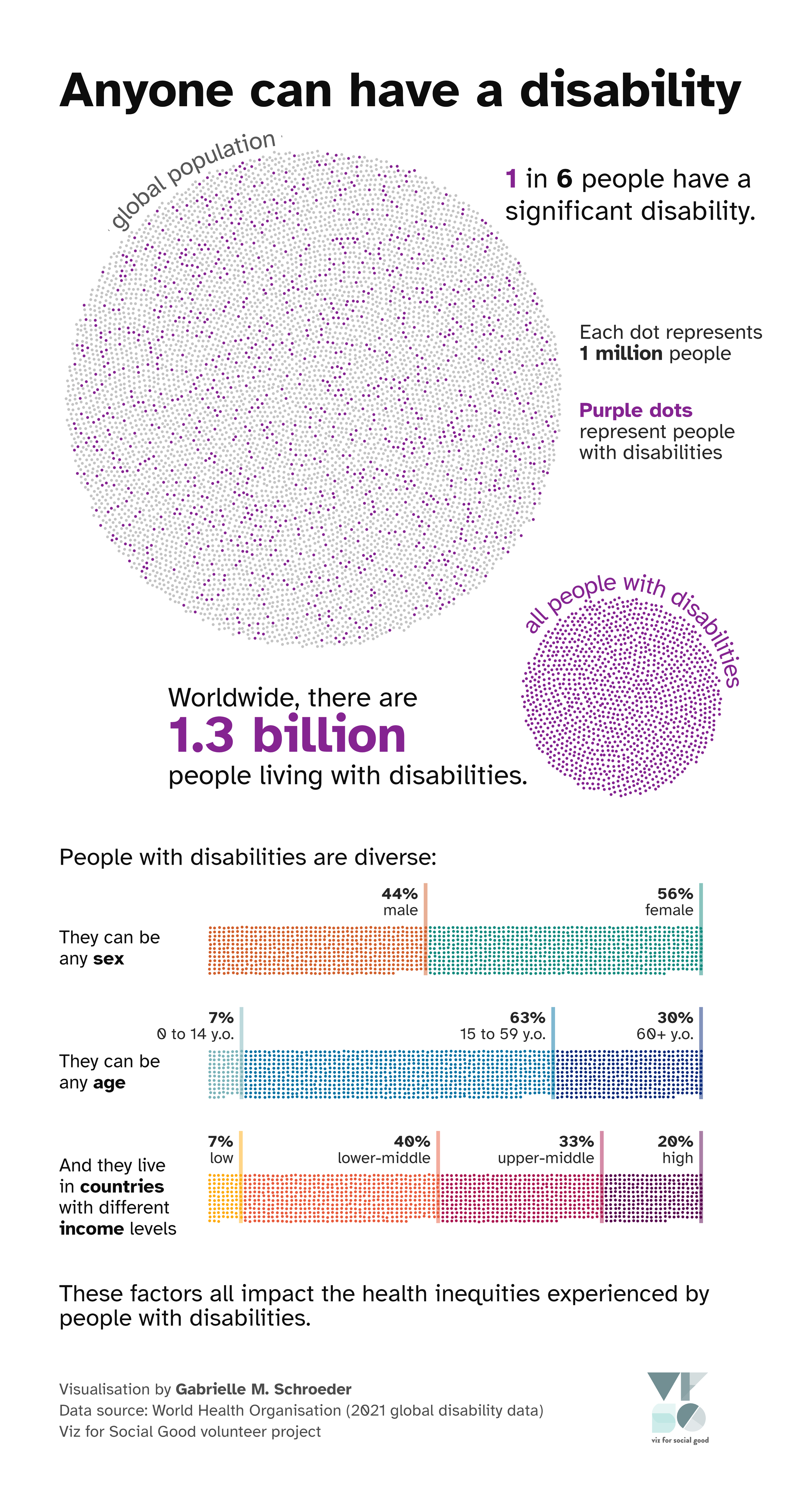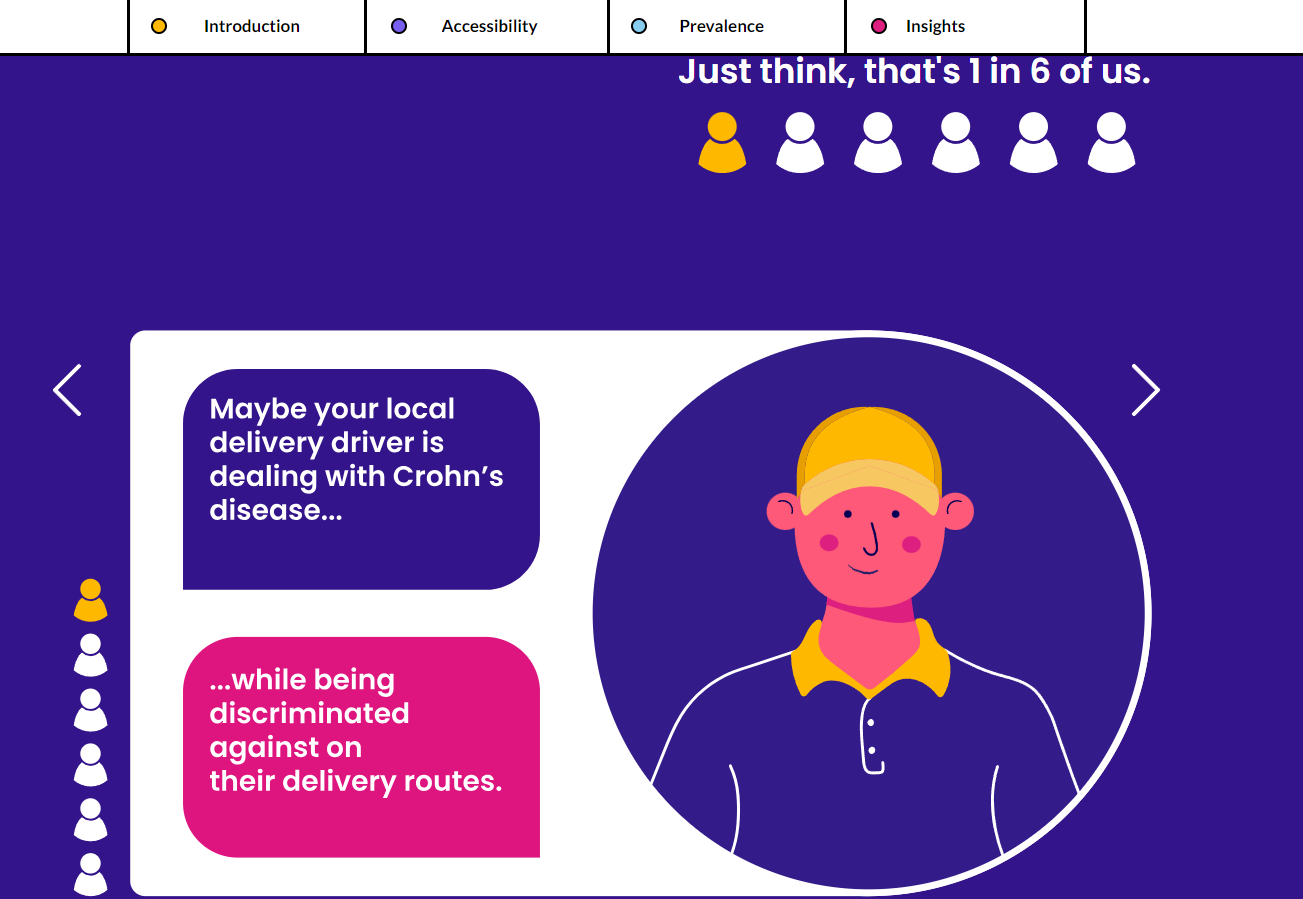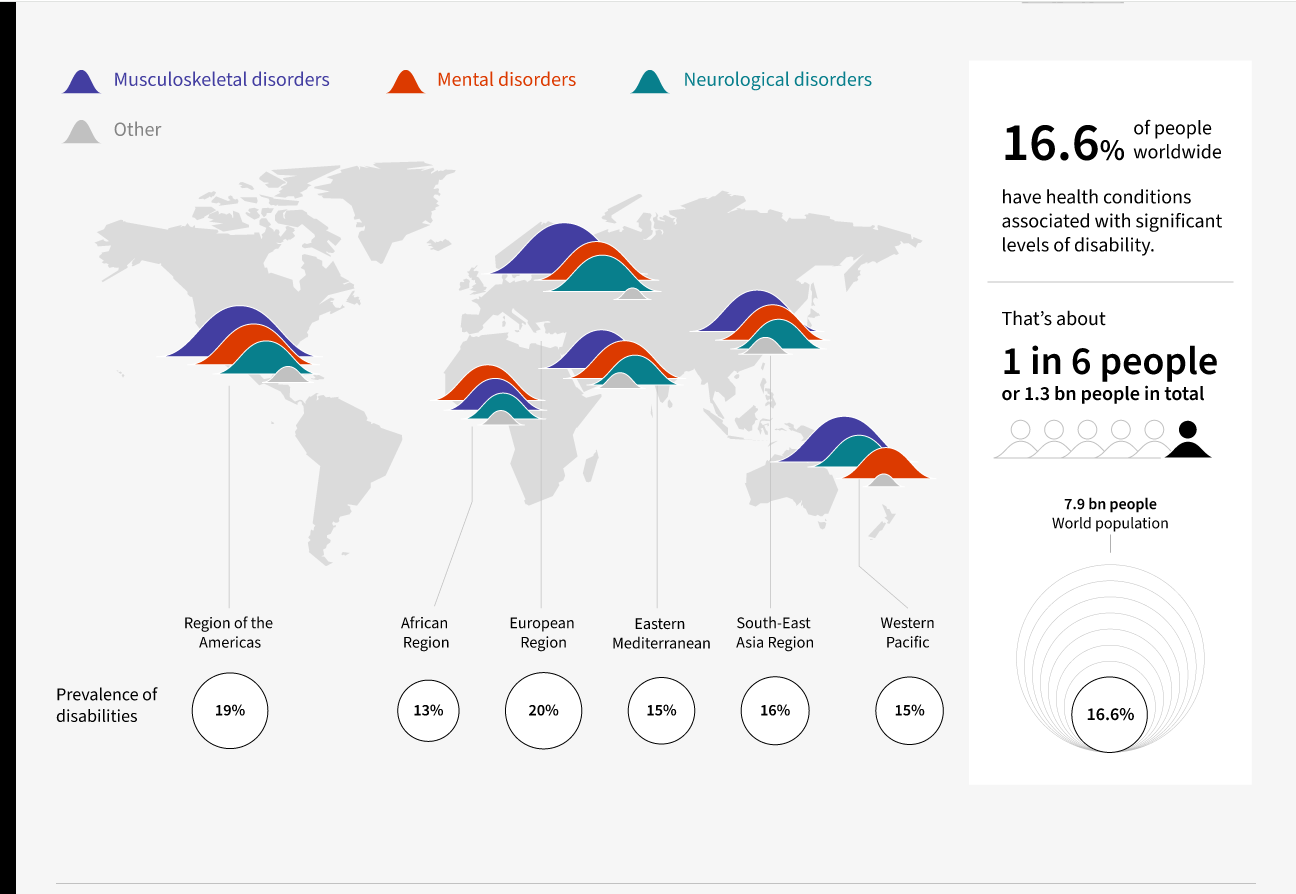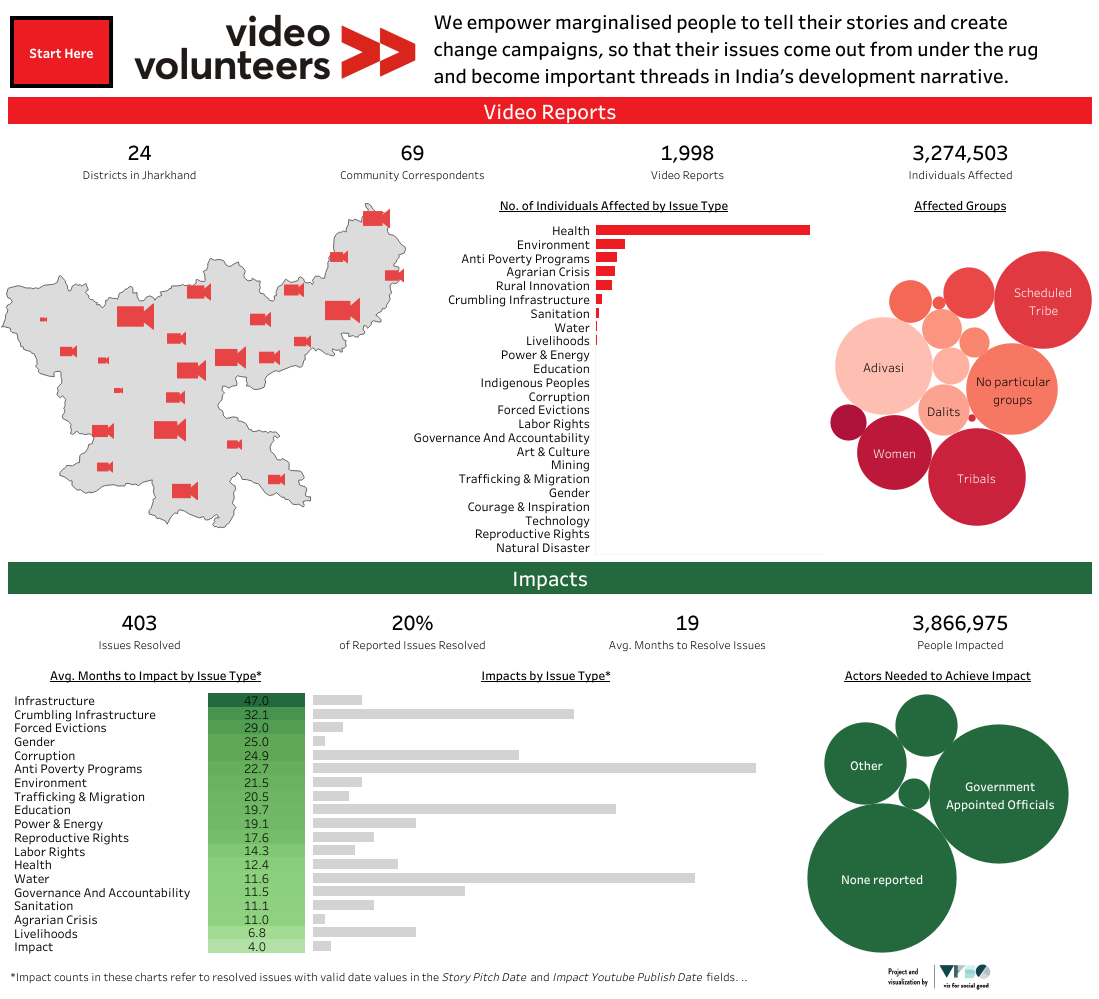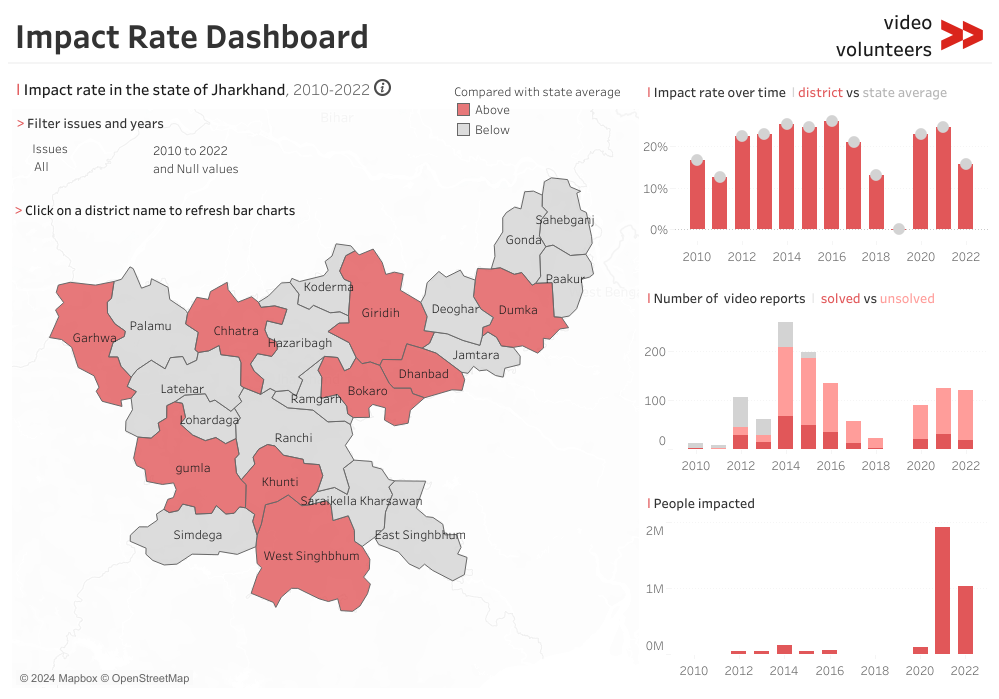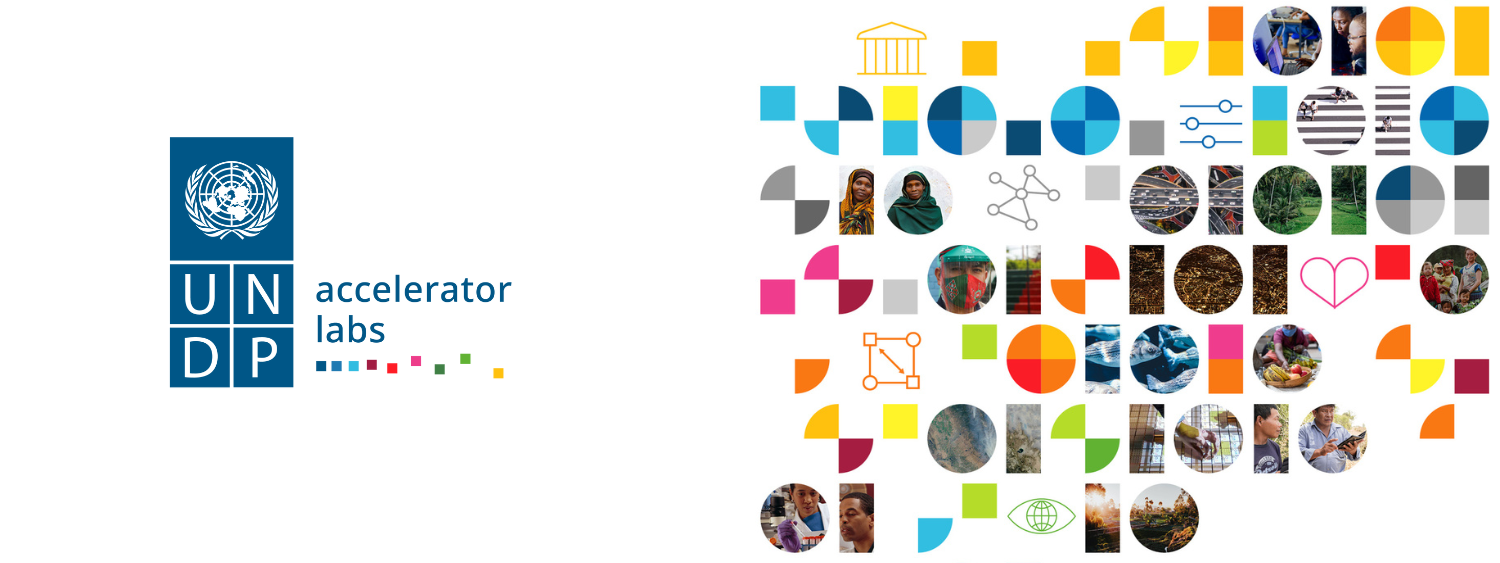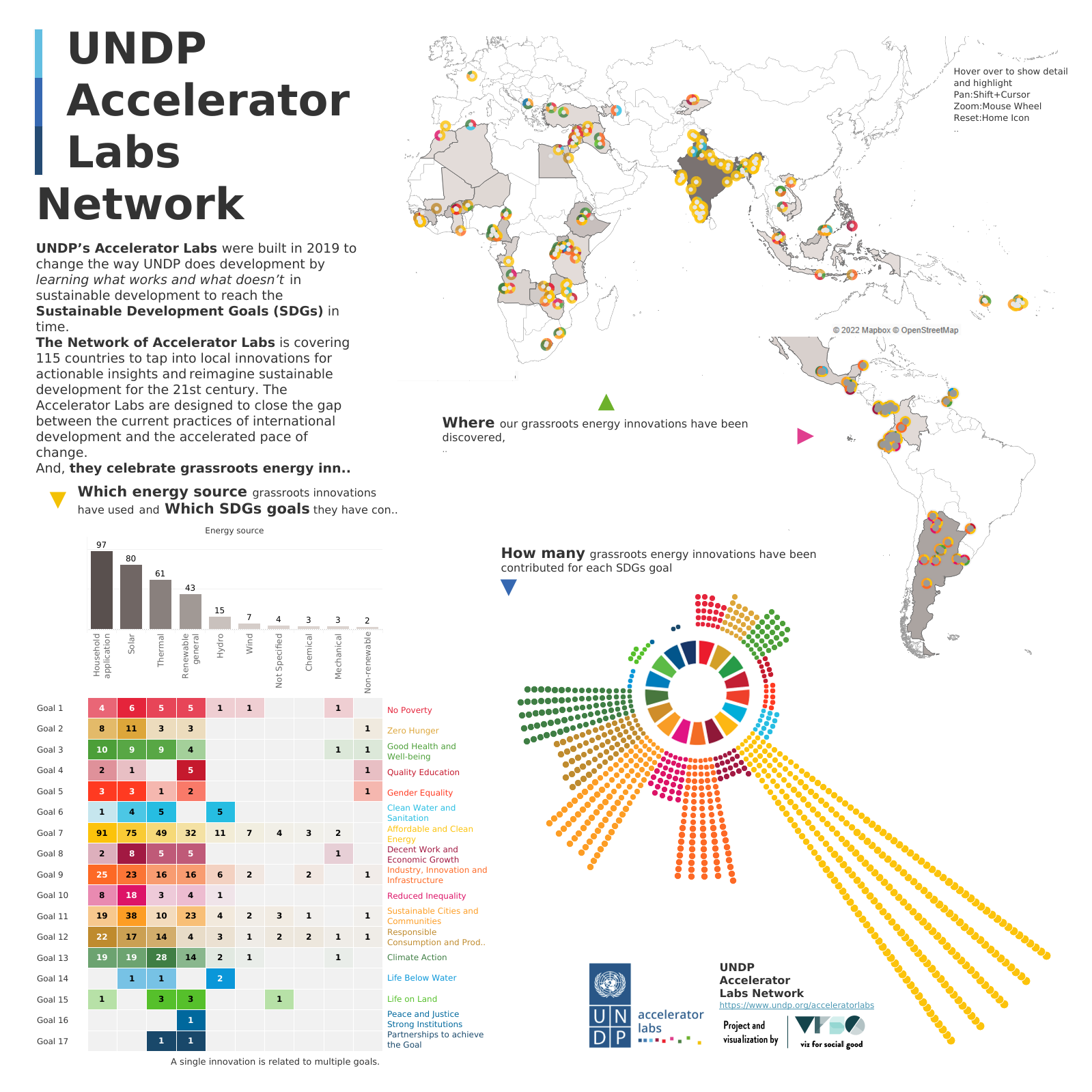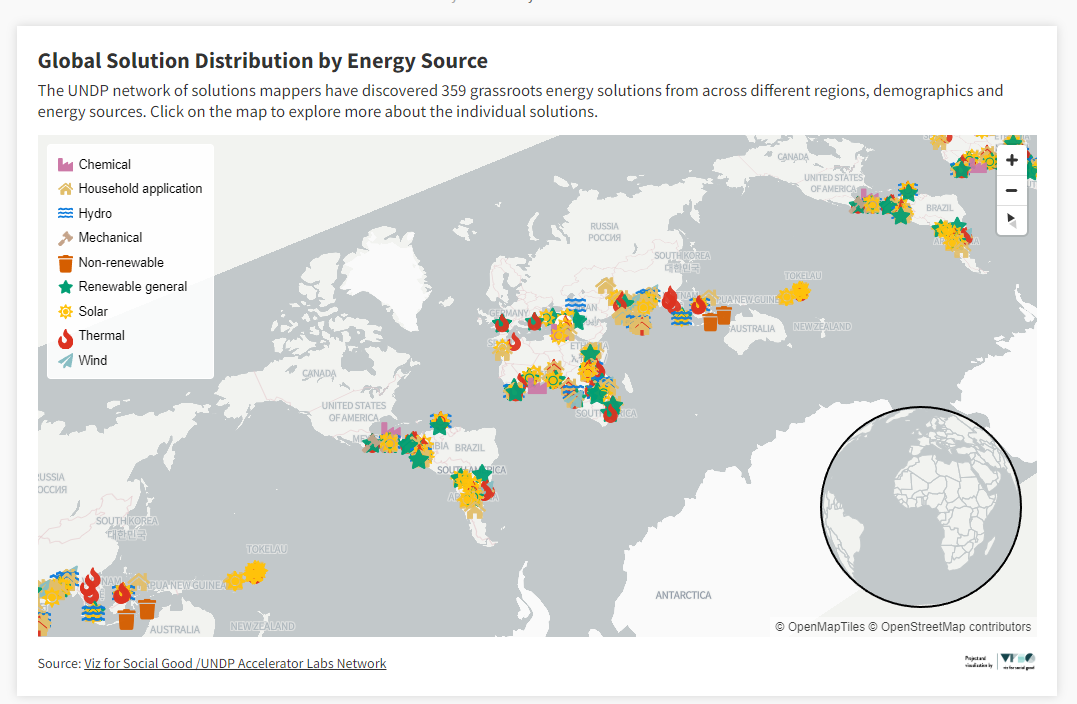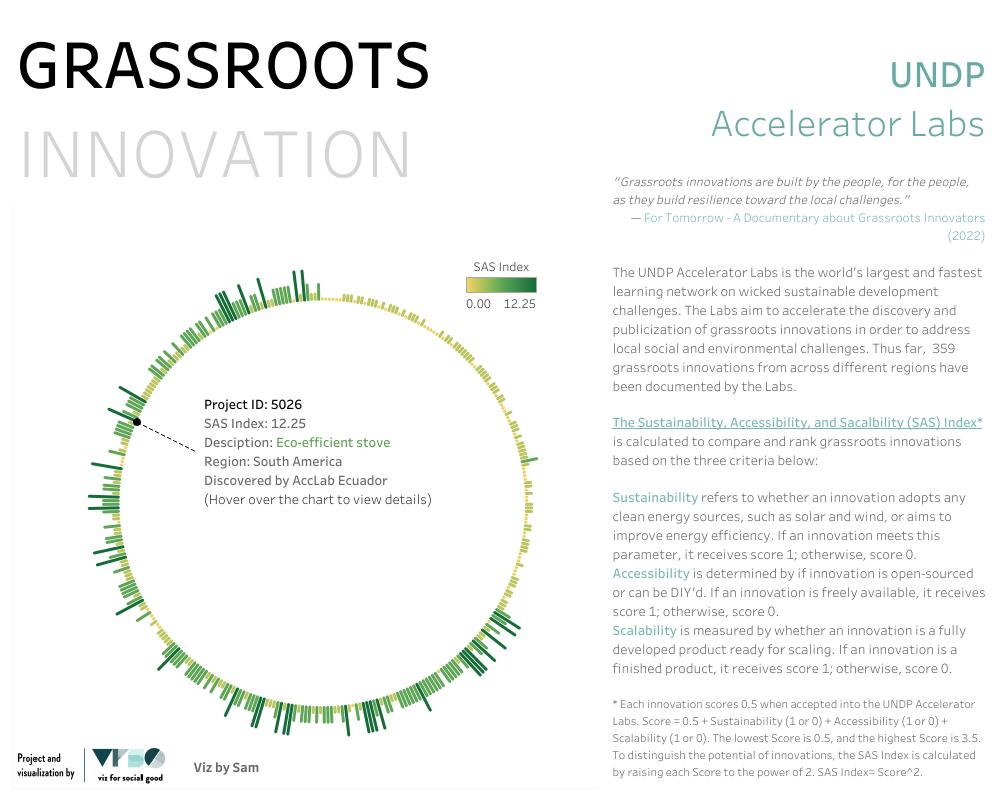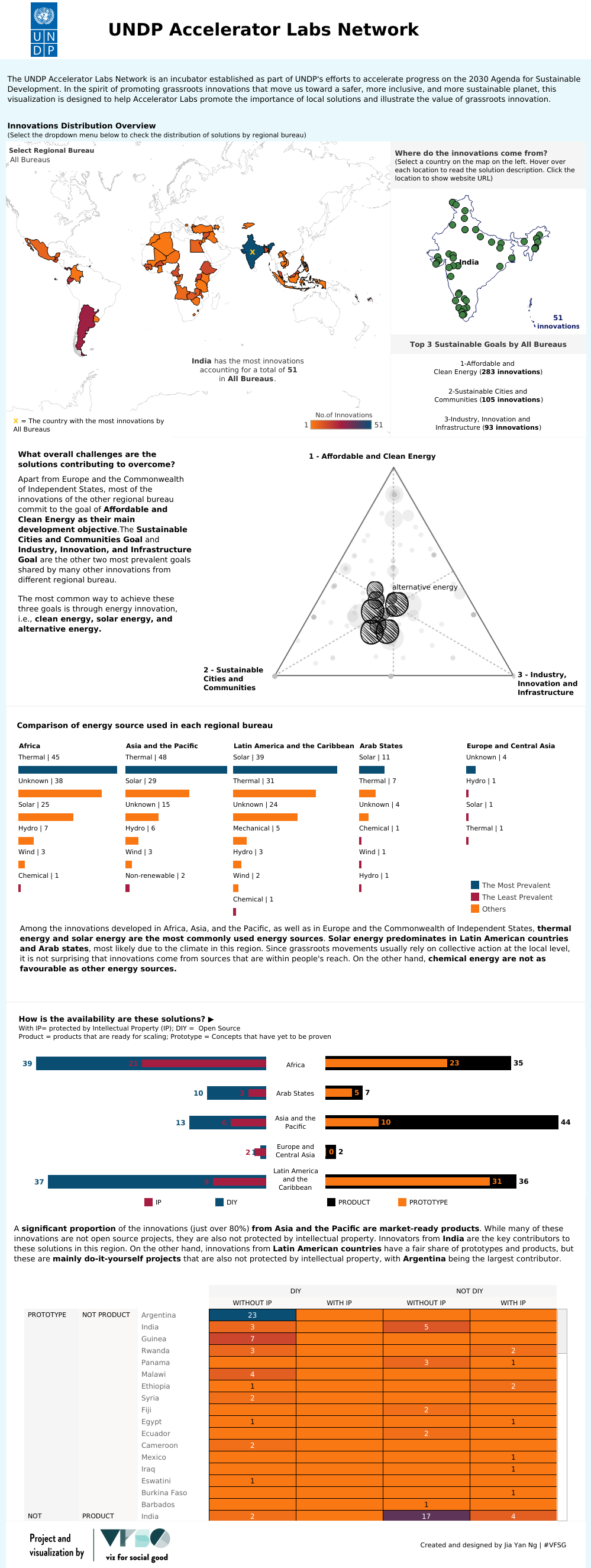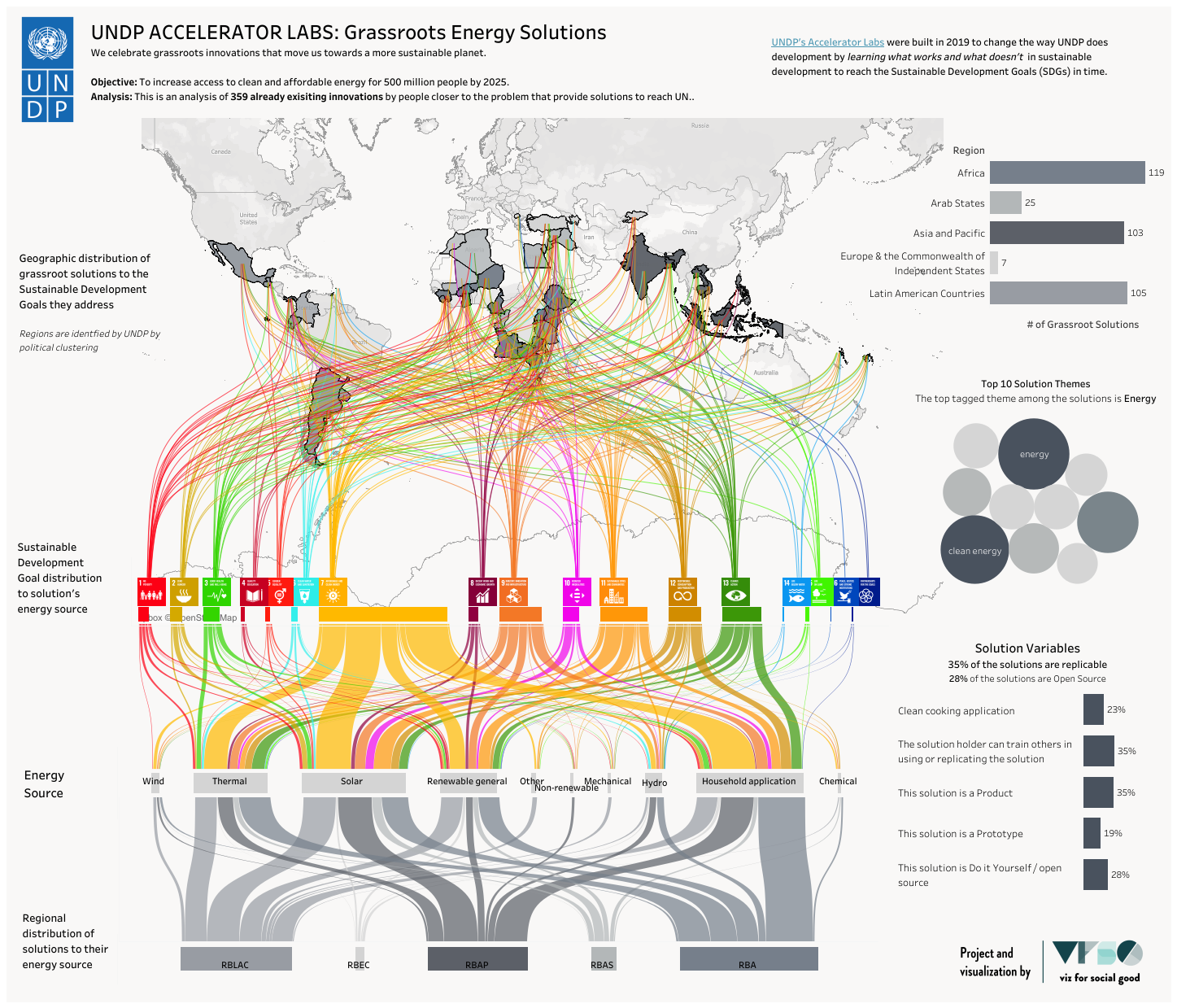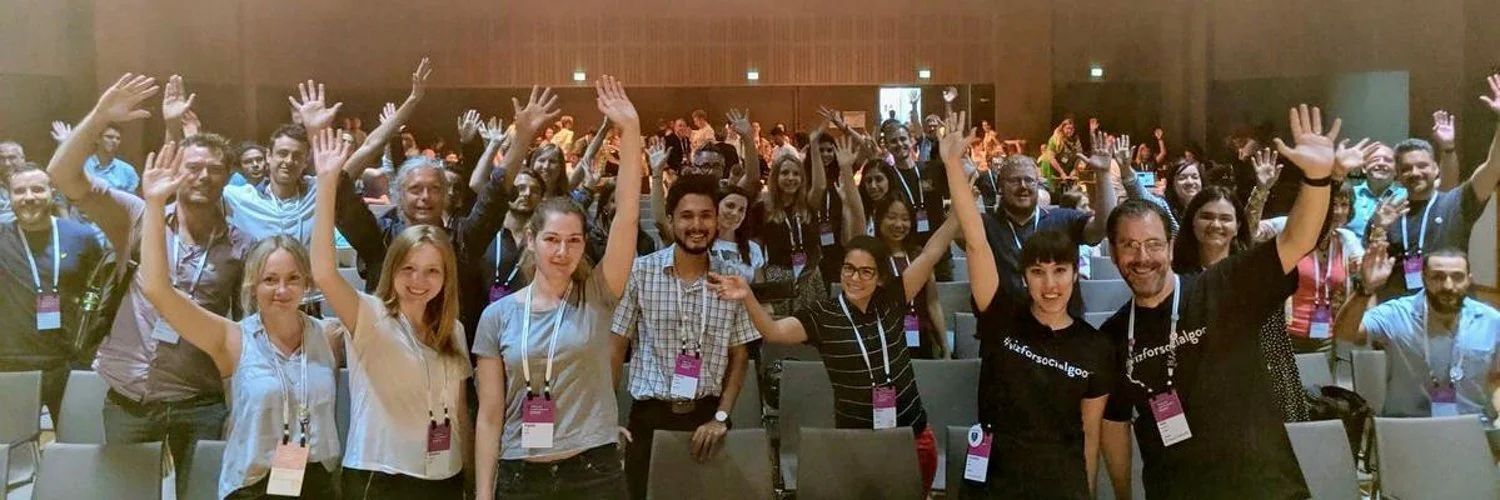
VFSG Summit - The promise of Gen AI
Introduction
Generative AI is revolutionizing how organizations, including charities and nonprofits, interact with data by making complex analyses accessible and enabling creative storytelling. Gen AI serves as a powerful tool for social impact, enabling charities and nonprofits to overcome common challenges such as limited technical expertise and resource constraints.
By automating data exploration, summarization, and visualization, AI tools can help organizations identify trends, highlight disparities, and advocate for underserved communities more effectively. Additionally, AI-driven storytelling allows organizations to communicate findings in ways that are not only accurate but also emotionally resonant, fostering deeper engagement with stakeholders and the public.
Objective
This project empowers volunteers to harness Generative AI’s capabilities to unlock the potential of datasets, transforming raw statistics into actionable insights that inspire change and enable social good. Through this exercise, you can gain hands-on experience with Generative AI tools, learning to bridge the gap between technical data analysis and impactful communication.
The State of the World’s Children 2023 - UNICEF
The Sustainable Development Goals are universal in scope, and their call to leave no one behind puts the world’s most vulnerable and marginalized people – including children – at the top of the agenda.
Despite remarkable advancements in several areas of development, millions of children around the world continue to face the harsh realities of poverty, inequality and social exclusion. And due to limited data availability, there is much that remains unknown about how close or far we are from reaching the 48 child-related SDG targets: On average, national-level data are available for only half of these indicators. In high-income countries, there is a greater lack of child-related data that meet international standards when compared to data quality in low-income countries, in part because most monitoring in high-income countries relies on country-specific administrative data systems.
Let’s tell the story of children worldwide
We invite you to learn how to use Generative AI to tell the story of children around the world. Through this project, you will gain practical skills in using AI tools to analyze and visualize data, uncover hidden insights, and craft compelling narratives that highlight the realities children face. Together, we can harness the power of AI to amplify these stories and inspire action towards achieving the Sustainable Development Goals.
Use of Gen AI Outputs
Viz for Social Good is exploring how to incorporate AI technologies into our operations, projects and how to assist our partners to elevate their missions. The outputs from this project will be showcased to highlight your work of our volunteers and inspire others to engage with data-driven storytelling. Selected works will be featured on the Viz for Social Good blog or future webinars.
Data
The State of the World’s Children dataset is a detailed collection of global statistics on child and maternal well-being. It covers themes like demographics, child mortality, nutrition, education, and health, with country-level indicators spanning multiple years. The dataset enables analysis of global trends and disparities, making it a valuable resource for understanding social challenges.
Please note, that this project is for educational purposes we are sourcing data from UNICEF’s publicly available data and running this project independent of UNICEF.
The above data comes from: https://data.unicef.org/resources/sowc-2024
Helping guide
During the Summit Valerie demonstrated a few techniques.
She has used the Sheet 8 Nutrition newborns for the workbook SOWC_tables, formatted the column names in a simpler way to make it easier for me to ask questions to ChatGPT and have removed the metadata (Nutrition_practice_data). She tried data cleaning with ChatGPT. After that, you can use prompts to extract insights from the data and get ideas on what types of charts you can use to answer your questions.
Helping notes and Nutition practice data used by a guide
Tools and Prerequisites
Access to free Generative AI tools, for example: OpenAI’s ChatGPT, Google Bard, Microsoft Copilot.
Ensure tools are installed and accounts created before starting the project.
Important dates
Kick-off event and intro tutorial: VFSG Summit, Friday, December 13, 10:45 am EST
Volunteer live showcase (we will select 5 volunteers to present their work): 31 January 2025 | Recording
Volunteers selected to present at the showcase event
Qiaolong Lin
https://medium.com/@qiaolong.lin/tackling-childhood-stunting-a-global-challenge-950a60c937f9
Lance Roller https://public.tableau.com/app/profile/lance.roller/viz/MigrationandEconomicDynamics/MigrationandEconomicDynamicsInsightsfromUNICEFsTheStateoftheWorldsChildren2023?publish=yes
Astrid Roetze
https://docs.google.com/document/d/1KchsWVhivFHtEP8BjFylmguUj_vsoi_tWJlB1reapPo/edit?usp=sharing



















